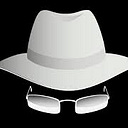

Discover more from Agent131711’s Substack
PART 4: The Dinosaur HOAX🦖NASA RABBIT HOLE
They discovered "dinosaurs". I discovered shocking connections, through which all roads lead to NASA...
I thought this installment, Part 4 of this crazy series, was going to be one-nights worth of work then I stumbled across some mind-blowing insanity that literally nobody on the internet has uncovered. Here I am, six days later, finally finished and feeling excited for you to check it out. Let’s recap Parts 1-3 real quick then dive in.
Dinosaur bones were discovered in the 1700s, which was exactly when The Theory of Evolution began being pushed, which disproves The Bible.
The dude that determined the bones were from extinct species was a member of The Royal Society
The bone discoveries set off a history-changing series of events, which consisted of two elites finding all of the dinosaurs. They literally found hundreds of different dinosaurs and over 1,000 extinct species.
One of those men was a Quaker Oatmeal heir. The other had a rich AF uncle who opened libraries, museums and paleontology programs at universities
There was a third guy who discovered Triceratops and T-Rex. This man worked as a spy on behalf of Rockefellers “Fossil Fuel” industry and also worked in a museum.
Many new species were assigned names based on as little as a single tooth or art work, with no bones present whatsoever.
The Smithsonian was created and helped pump the discoveries out to the public, while making a profit.
In Part 3 we discussed how every dinosaur discovery is given a unique code. We can use that code to see what they excavated from the ground. When we look up those codes we learn that what they are telling us and showing us is not what they excavated from the ground.
This is what they show us:
But what they actually found is this:
We also learned that bones do not need to be found in the same location, or the same state, or even in the same year to be determined to be part of a specific dinosaur.
The only people who can find “dinosaurs” are elites, paleontologists, museums and those with financial interest in finding dinosaurs. Meanwhile, you and I find this:
Or this
Or these:
Meanwhile, they find this:
In Part 2 we looked into around two dozen dinosaur discoveries and they were all sketchy AF.
Fossils aren’t even bone. They are stone, which they claim used to be bone, but, have been in the ground for 10,000 years or more, therefore the bone morphed into rock. This means, when they say they found bones, they actually mean they found rocks, which they are saying are bones, but sometimes they do find animal bones, or petrified debris. All of the aforementioned is considered “prehistoric bones” and other evidence of dinosaurs.
Although you and I will never discover this:
We can pay to visit one of their museums and look at the bones, which are not real dinosaur bones. Instead, what we see is “real bone material”, which is comprised of chicken, dog, horse, frog and other animal bones, in addition to plastic and other materials.
Complete skeletons are never found so they fabricate all of the missing pieces, which is most of them
Even when they claim to find “80% of the skeleton”, the 80% figure is not calculated on bone-count, it is instead based on weight of
rocksbones.Carbon dating is bullsh*t, so there is no way to determine when a rock came from.
And here we are, Part 4 of The Dinosaur Hoax, in which we will be looking at NASA. Let’s dive in!
Why NASA is involved in dinosaur sh*t is beyond me, but they are. Perhaps because they are a key to perpetuating lies; lies which are emblazoned into our minds from the time we are born, quite literally.
NASA even provides content for schools:
NASA & DINOSAURS
If you haven’t read my 4-part series, “How Fake is NASA?”, it is absolutely worth your time. NASA, factually, was founded by a bunch of Freemasons. All of the original astronauts that went to space were Freemasons (working for Freemasons who were working with Freemasons, who were all working for Presidents who also happened to be Freemasons and Master Freemasons. All of this is laid out in that series). Space propaganda began decades before anyone ever went to space, and when we finally went to space it looked exactly like the propaganda the public had been shown for over 50 YEARS. Speaking of space, NASA shows us images (IMAGES, NOT PHOTOGRAPHS!) and has been caught red-handed in fakery on countless occasions… and it just so happens that NASA is also involved in dinosaurs too.
NASA & DINOSAURS
For starters, NASA uses our tax dollars to help find dinosaur bones. You can’t make this sh*t up; the story is that NASA uses their “space satellites” to find the dinosaurs from “outer space”. They know it’s a dinosaur because of the rock formations or the color of the soil… (36 second video)
Yep, you are supposed to believe that NASA employees and paleontologists look at photos like these and spot where the dinosaurs are:
Not only are they using this method to locate the dinosaurs, but they’re finding more and more extinct species every year.
The paleontologists are also aerial photography analyzation experts, apparently.
But you are also supposed to believe that the reason the dinosaur bones turned into rock (aka “fossils”) is because they were buried so deep, with so much soil on top of them, that they changed to stone. Yet somehow, we can spot ‘em, on photographs, taken from space, cuz “rock formations” and “soil color”…
THE SUPER-DUPER RARE DINOSAUR DISCOVERY
You are now supposed to believe that, in 1999, NASAs technology assisted in the discovery of a 100-MILLION-YEAR-OLD dinosaur that not only had bones but also had muscle and even skin. They named the dino Dakota after it’s place of discovery, North Dakota (1 minute video)
Is this really an incredible find? Let’s look a little deeper, together:
CLOSER ANALYSIS OF NASA’S DISCOVERY
Here’s the photo evidence from NASA that showed a dinosaur was in the rock. They saw a piece of its tail:
Yep, NASA spotted this piece of mummified dinosaur tail and provided this image as proof:
And that was all it took for history to be set into motion. On the North Dakota government website there is a file outlining the discovery. The file contains only a few photos. Look at this dinosaur!
See, there it is!
Here it is, on a table. A table that somehow supports it.
The table appears to be a piece of plywood on top of some carelessly stacked wood beams. Is that a chair supporting the table on the left?:
Contrast Adjusted:
According to the internet, a cubic foot of rock weighs 200 pounds (91kg).
Let’s guess that this table is around 6 feet long x 4 foot wide x 8 inches tall (1.9m x 1.2m). These measurements equal 16 cubic feet. If we multiply that by 200 pounds that’s 3,200 pounds of weight (1,451 kg). Even if we say it only weighs half of that, or even only 1/3 of that, it is still a hell of a lot of weight on a piece of plywood and some haphazardly stacked beams. It simply amazes me that they would put such a valuable, one-of-a-kind specimen on a makeshift table like this. It also amazes me that they would not be concerned with the safety of the employees, being that this is a sh*t ton of weight that is not properly supported. Apparently paleontologists have horrendous working conditions:
But that’s just my opinion, I’m not a plywood table expert. Maybe it is perfectly acceptable and up to OSHA.gov’s Safety Standards.
Let’s look at the North Dakota government document more. Here are the two remaining photos:
The last photograph in this document is this, which shows the completed exhibit…:
Are you also thinking, “WTF? I thought it was a full mummified dinosaur?”, because that is what I was thinking too. How did this…:
…turn into this?:
Is this supposed to be more of it? No clue.
I then went on a mission to find a photo of the dinosaur that is in that first showcase photo.
I found this photo on NBC news, which, I guess is supposed to be the dinosaurs skin in the ground? Or maybe it is the dinosaur on the makeshift table? Note that the photo has a tape measure in it, which shows that the hexagon “scales” are approximately 3/4 inches (1.9 cm) perhaps a little larger:
I eventually came across another article about this incredible discovery and it raises even more questions. The article shows a photograph of the exhibit at a different museum:
Which doesn’t look like this:
Maybe there are two different displays? Back to the NBC article: It says, “Most of the dinosaur, except for the head, is still inside the body block in the downstairs paleontology lab. Unfortunately, the head has not been found”, and this photograph is shown:
More on that photo at the end of this article, but WTF is the deal with discovering the whole dinosaur, skin-and-all, minus the head? How is there skin but the head is gone? And why can the public only see this?
Or this?
Or maybe this?
THE DISPLAY CASE
One thing Ole Dammegard, an award winning investigator, taught me was to look at the photos. Don’t glance, look. Really, truly look. Let’s look:
In 2011, someone visited the Dakota exhibit and uploaded photos they took to their Flickr.com account:
I zoomed in on the information cards, and they claim this display is Dakota’s arm and hand, covered in “fossilized skin”
I then located a closeup photograph on Salon.com, which shows the “mummified skin”:
Which, other than looking fake AF,…
Looks absolutely nothing like the image from the NBC article:
And, in my opinion, the skin on these look nothing alike (lower image inverted for comparison):
Closeup:
Then there’s this photo, also showing the same dinosaurs skin, this time from its arm and elbow, but none of these scales are remotely close to 0.75 inches (1.9 cm):
And that skin doesn’t look anything like this:
In my opinion, none of those pictures appear to be from the same creature but it doesn’t matter because they instead provided a 3D model as part of the display:
… and that model doesn’t look like any of the alleged skin photos, does it? When you really look at the photos there are a lot of things that don’t make sense here.
Now we are going to move on to a way more important NASA discovery because this is the meat and potatoes of my article, this is what you came for:
NASA DINOSAUR FOOTPRINTS DISCOVERY RABBIT HOLE
NASA doesn’t always need to use their space satellites to discover ancient bones that turned into rock because a treasure trove of dinosaur fossils were discovered right outside NASA’s Goddard Space Center in 2012! AMAZING!
The media claims, at NASAs Goddard office, was a rock, measuring approximately 7 feet long by 3 feet wide, that contained more than 70 tracks from dinosaurs and mammals. OVER 70!! “A slab of sandstone found on Goddard's ground have given insight into the world of 100 million years ago. Not just a fossil, the Goddard slab shows the rare sight of mammals and dinosaurs interacting”, writes the reporter. So, NASA shut the area down and removed the history-making chunk of ground.
See, there it is! All the proof you need!
NBC wrote, after an impression (cast) was made, it was excavated and, “the stone slab, the protective jacket and surrounding soil weighed about 3,000 pounds (1,360 kilograms)”. …Remember what we discussed in the previous parts to this series; we are not allowed to see the actual bones or evidence, because they can be radioactive and they are just too rare, just too valuable and just too heavy. So, we will never get to see what they took out of the ground:
Now that the original is gone, what we get to see is the cast that they made, thanks to NASA providing 100% of the photographic evidence of this discovery:
Here are two closeups of the cast (meaning the replica, not the original):
We will never again see what was excavated from the ground. For all of history, we will be shown this copy.
Here is an absolutely ridiculous 3-minute video showing the discovery, but what they are showing us is the replica, but they don’t tell us it’s a “copy”. The words copy, cast or replica are never used during the presentation, leading the viewer to believe this is what was dug up (and this presentation was also provided by NASA. I repeat, 100% of the media about this discovery came from NASA):
Additionally, the same guy who discovered the 70+ footprints slab also found this footprint, made by an ankylosaurs, also right outside of the same NASA building:
According to LiveScience, the Ankylosaurs print location, “is being kept secret to protect it” (because you and I might put on Batman masks and sneak in together and steal it). Pictured below is the heroic man who found the print. (This photo was also credited to NASA)
PopularMechanics.com published that article I showed you earlier, Treasure Trove of 100-Million-Year-Old Fossils Found at NASA Space Flight Center, and this is the only photographic evidence in that entire piece:
See, it’s right there!
And here’s where sh*t gets crazy…
THE MAN WHO DISCOVERED 70+ DINOSAUR TRACKS IN A 7-FOOT STONE, AT NASA
Here is the champion who discovered 70+ dinosaur tracks outside of NASA’s building, making history. Meet our white knight, Mr. Ray Stanford:
The media refers to him as a, “self-taught fossil hunter”; he’s just an old guy who, as a hobby, likes to rummage through dirt in hopes of finding a cool-looking stones, right? He’s clearly a harmless fellow, who is probably retired and enjoying his golden years outdoors. This frail man is just like your grandfather! Don’t you just want to hug him and get him a bowl of applesauce? Surely this man couldn’t possibly be part of a ploy, right? Wellllll…
MR. RAY, THE “SELF TAUGHT FOSSIL HUNTER”
First, we have to ask, “Why was this guy outside of NASA’s building to begin with?”. According to the news, his wife works for NASA and he was dropping her off at work. Through further digging I uncovered that her name is Sheila, and she was an information specialist at NASA’s Goddard Space Flight Center. Let’s ignore the fact that this is the door to her work, and the parking lot goes right up to the door:
Yet this dude, who dropped her off, ended up here:
Completely ignore that, and ignore that his wife is an information specialist for NASA because it doesn’t prove anything (but it sure is interesting). Let’s instead learn about Mr. Ray Stanford, the self-taught fossil hunter.
THE CONNECTIONS
Do you guys remember Mr. Etches from Part 1 of this series? If you didn’t read it, shame on you (just kidding). To summarize, Mr. Etches, who I renamed Mr. Etchy, then Mr. Sketchy, was also a hobbyist fossil hunter who just-so-happened to stumble across one of the most complete dinosaur skulls in history:
This is what the media showed us:
However, when we looked deeper, that was not what was discovered and the land the skull was on was protected by the United Nations because it is an official Heritage Site. This means access is restricted and no hammers or digging is allowed. Yet Mr. Sketchy somehow excavated an entire skull from a cliff. Additionally, Mr. Sketchy has a dozen new dinosaur species discoveries, of which seven are named after him. Then we learned he was in cahoots with the Smithsonian, and even owns a museum!… But the media forgot to tell us that… Oopsie!
It turns out that Mr. Stanford, who found these incredible 70+ tracks in a little slab, has some interesting connections of his own… connections that the media again forgot to mention, such as being just a little more than a self-taught fossil hunter. For example, I found him listed on NASA.gov as a paleontologist. He has his own profile page:
And look what the address is listed as for Mr. Ray Stanford (NASA / GSFC, Mail Code 610, Greenbelt, MD 20771). This happens to be NASAs Goddard Space Flight address. Mail Code “610” belongs to their Earth Sciences Division:
Yes, Ray, the self-taught fossil hunter happens to have a profile on NASA.gov and a NASA mailing address, which also happens to be the exact building where he located 70+ fossils in a 7-foot slab… and a massive footprint… when he was innocently dropping his wife off at work… then somehow ended up on the grass… where history was made… history we can’t see, but we can see the replica… but STFU because it’s the same thing!
And, another thing we notice from Mr. Stanford’s NASA profile, is that his employer is listed as “Science Systems and Applications, Inc”.
Guess who Science Systems and Applications, Inc is?
Also known as SSAI, they are a Defense and Space Manufacturing company that offers lots of business services:
SSAI offers lots of business services because they have lots of customers, including numerous NASA branches, one of which just-so-happens to be NASA’s Goddard Space Flight Center, which just-so-happens to be where daddy Ray made history:
SSAI has many more customers, many of which are not involved in space travel. For example, one of their custo’s is THE WORLD BANK:
As well as the National Institute of Health (NIH) and the United States Postal Service (USPS)! Plus, all of these entities are listed on SSAI’s website as customers:
Federal Retirement Thrift Investment Board (FRTIB)
General Services Administration (GSA)
Department of the Interior (DOI)
United States Agency for International Development (USAID)
Jet Propulsion Laboratory (JPL)
Naval Research Laboratory (NRL)
Applied Physics Laboratory (APL)
U.S. Department of Agriculture (USDA)
National Oceanic & Atmospheric Administration (NOAA)
So, our buddy Mr. Stanford, who is just a self-taught fossil hunter, who was just dropping the wife off at work, works for a defense contractor who is hired by NASA, the World Bank, the US military and even the NIH? I wonder why the news didn’t mention this?
Now you may be wondering why exactly Mr. Ray would have a NASA profile, but be employed by a different company? I’m just spit-balling here, but I would guess, because you can FOIA a government agency, but you can’t FOIA a private company. So, let's say I wanted to FOIA payments made by NASA to Ray. Because, technically, he is employed through SSAI (a non-government-entity), not employed directly through NASA (a government entity), I cannot obtain this information. Whereas if he was directly employed by the tax-funded space agency, I could. This seems to be the case with everything I investigate. (Did you know, even though our tax dollars pay government entities that perform water testing, the government instead hires-out tap water testing to private companies, therefore we can never see the test results? Kinda how we can never see that slab? Or dino bones?)
THE RAY RABBIT-HOLE DEEPENS
I took a deeper look into our boy Ray-Ray, and I discovered more interesting sh*t, such as:
Homie didn’t just find those 70+ dinosaur prints at NASA in 2012. In 1998, years before the slew of footprints, he discovered the first-ever “baby Ankylosaur dinosaur”! See, here it is!:
Yes, that is a baby dinosaur in that rock. As the caption says, “The head is the triangular shaped portion near the top, and the right forelimb can be seen to the left”. Squint harder so you can see the 112-MILLION-year-old infant ankylosaur. That was the only photo provided by the Smithsonian, who happens to work closely with Ray-Ray.
But, what I found puzzling is that the image above, from the Smithsonian, showing Grandpa Ray’s discovery, is not the image the media used. The news instead uses this image:
Why do you suppose the Smithsonian wouldn’t show the large, ridiculous-looking rock? Why would the Smithsonian crop the image to the point where they had to explain what we are looking at, instead of showing us the full rock which clearly shows where the dinosaurs head is? Hmmmm…
Would you believe the first-ever baby Ankylosaur wasn’t the only other time Mr. Ray made the news for dino discoveries? Here he is, in the news, in 2008 for finding a “trove” of prints in Washington DC! YES, WASHINGTON DC! Look at all these fossils!:
If you didn’t catch that, Grandpa Ray found a, “trove of dino prints in Washington DC” in 2008, then, in 2012, he discovered “a treasure trove of dinosaur fossils” at NASA. Lots of troves in government-ran Washington DC and at government-ran space agencies. And in between those discoveries, he found the first-ever baby Ankylosaurs, in Maryland, where NASA is! INCREDIBLE!
IT GETS CRAZIER… WAY CRAZIER
While skimming the 2008 dinosaur-discovery article, a sentence about papa Ray caught my eye. That sentence says, “With backing from some wealthy patrons, he set up Project Starlight International in the 1960s and set about gathering evidence” of UFOs. I thought to myself, “UFOs? And a government-ran space agency profile page? What are the f*cking odds?!”. Now we must ask, what exactly is Project Starlight International? Well, according to the encyclopedia, (yes, it is in the encyclopedia), it’s purpose was to propagandize disseminate UFO data to the scientific community:
Ok, so pappy Raymond, who found the NASA dino footprints, the baby dinosaur and sh*t tons of fossils in Washington DC, also had some wealthy donors (who are unnamed), that gave him funds to set up Project Starlight International? This dude is becoming more suspicious than Mr. Sketchy Etchy…
I noticed, in that encyclopedia entry about Project Starlight International, there’s an address at the bottom:
“Maryland? Isn’t that where NASA is located? Isn’t that where homie found the footprints and the infant dinosaur? I wonder how far this PO Box is from that NASA location”, I whispered out loud, as I quickly pulled up Google.
If you’re not familiar with PO Boxes, in the USA, a Post Office Box is only available at United States Postal Service (USPS) locations.
I discovered there are two USPS locations in zip code 20740.
Lets Google Map both of them from NASAs location where the footprints were:
UNDER 7 MILES! ONLY 11 MINUTES DRIVE! You can’t make this sh*t up!
Let’s try the other USPS:
ALSO UNDER 7 MILES! 19 MINUTES APART!
Is there any way possible that Project Starlight and its wealthy donors are not connected to NASA?! The mailing address is basically next-door!
Time to dig deeper…
PROJECT STARLIGHT INTERNATIONAL (“PSI”)
Unbelievably, I found this clip of Ray in a really old Discovery Channel documentary about PSI! This looks so f*cking fake! (2 minute video)
Listen, I don’t want to get into the UFO topic, but if you really dig (I mean REALLY dig), all of this sh*t traces back to the government. (2 minute video)
Maybe I’ll write about government holograms in the future, but in the meantime, remember, Grandpa Ray-Ray’s PO Box was under 7 miles drive from the government space agency… Ray-Ray is Project Starlight International… Project Starlight International was funded by anonymous wealthy donors, and it’s purpose is to feed UFO information to the scientific community…
Then I discovered, in the Clinton Digital Library, there is a FOIA request for documents between PSI and President Clinton:
MR. STANFORD AND UFO THEORY
Before we go any further, yes, it’s def the same dude, filling two roles, both intertwined with the government, specifically NASA:
It turns out that Mr. Ray Stanford is deep into promoting UFOs, which he also has tons of evidence of, thanks to his wealthy donors. Oddly, there seems to be no content on the internet labeling Ray-Ray a conspiracy theorist, yet he has been pumping UFO content hard since the 1950s! If there is content, it is buried within the internet, so it does not appear on the first pages of search results.
Other than the Discovery Channel documentary, Ray was featured in Texas Monthly magazine, has published books (and more books) and the dude is literally in the encyclopedia TWICE, and this is just relating to UFOS, not counting the dinosaur stuff! Oh, and in this encyclopedia entry he is listed as a psychic.
And if you think things can’t possibly get any more bizarre with psychic Ray, he is also mentioned in CIA documents related to their “Remote Viewing” research:
Additionally, he has numerous “UFO sightings” of his own:
He's in this magazine from 1955!
1959:
He has a page on the Rice University website about another sighting!
He’s listed as “An UFOlogist” and “expert photographer” in official reports:
He’s made the rounds on podcasts as an “expert”:
Do you want me to bring in the red flags? Ok, I will..
Let’s go back to the dinosaur discoveries:
RAY, THE DINOSAUR-UFO-PSYCHIC EXPERT
Looking back at the slab they dug up, note the size of the mans left shoe versus the slab.
I estimate, there are approximately five shoe-lengths across this slab. It’s not a massive rock. Let’s measure his shoe using a box:
How many of those boxes can we fit across the slab? Five, maybe 6?
According to the internet, the average man’s shoe size in the USA is a “10.5”. Let’s be generous an add an extra inch. If we use the Nike men’s shoe size chart, a size 11.5 in men’s equals 11.125 inches foot size, so let be even more generous say the shoe measures a whopping 12 inches = 1 foot (= .30 meters).
At 12 inches per rectangle, we end up with five-to-six feet for the length of the rock, which is substantially shorter than the news is reporting if they are reporting on this rock and not the replica.
In the image below, we can do additional rough guesstimation regarding the size of the rock.
Here’s his shoe, let’s say 12 inches (.30 meters):
Which is the same size as the painters tape / masking tape. I don’t see how the rock could measure 3 feet (.91 meters) in width, when the masking tape is around 12 inches:
Now look at this, this is the official NASA photograph, which is of the casting (the replica). Go ahead, compare the pic above, showing what was excavated, with this photo, which is the copy, which is the only version we are allowed to see:
Houston, we have a problem…
RAY CHANGED MARYLAND DINOSAUR HISTORY
It just keeps getting more absurd…
Get this: Prior to Ray Stanford fossil hunting in Maryland, “only a handful of dinosaur tracks had ever been found in Maryland”, “Some of the great dinosaur hunters of the 19th and 20th centuries, including Yale University’s O.C. Marsh, had searched the Washington area and found the bones and teeth of three or four species. But no footprints had ever been found. The iron-rich geology wasn’t right for it. The textbooks said so.”… then Ray “added at least 14 types of dinosaurs and winged reptiles, and, just possibly, a stunningly large early mammal.”
When Ray did an interview, he was asked how he got into “hunting dinosaurs”. Here was his response:
Yes, his son asked for a book called, “Tracking Dinosaurs”, then a couple weeks later, he found dinosaur tracks, from a “heavy sauropod”:
I wanted to see what this “Tracking Dinosaurs” book was that his little 11-year-old begged for. Here you go, does this look like a book a preteen wants?:
None of this stuff on its own is sus, but when you combine it all together, it screams “PSYOP!”.
So that was the evidence, but I want to give an opinion, that is strictly my opinion:
THE LAB PHOTO
Do you remember the lab photo from earlier?:
Folks, this is going to sound crazy, and I could be completely wrong, but this looks exactly like carved foam. It is what you use to build exhibits. I covered this briefly in my Military Black PSYOPS Document post, but let me show you what I am talking about.
My family, on my mothers side, consists of many professional artists, several of which did display and prop design for commercials, movies, events, even clay modeling for the automotive industry. I have learned so much from them that, I too, have built displays (mostly just for personal use, I am nowhere near their skill level). Let me show you some displays that are manmade, but you might not realize it. Then I’m going to show you how it’s made, then I think you might see what I’m seeing in the lab photo.
This display is fake rock, made from foam, painted and sealed. The sand in the bottom of the tank and the lizard are real. The branch running across the center of the display might be real. The photo isn’t clear enough to tell.
In this photo, the lizard might sitting on a real rock, but for sure, everything else is fake:
Real stones in front (circled), but the tower in the back is fake:
So, looking back at this photo:
Specifically this part of the photo:
If I was tasked with designing that, I would use foam sheets, like this. They are referred to as “pink foam”. These sheets are used as insulation in homes, but they are incredible for fabrication:
They come in different thicknesses, ranging from super-thin to several inches thick:
I would glue the foam sheets together as layers, then carve them. Here’s a quick step-by-step tutorial:
Do you see the lines from where the foam has been stacked and glued?
If you look back at the dinosaur image:
You can see the lines, that happen to look like the exact height of foam sheets:
The next step is to add texture. You can use a rasp, a serrated knife, a kitchen grater, anything you want, depending what kind of texture you want:
You can also buy tools made specifically for carving and texturizing
If you’re making rocks you want to add some deep grooves. A kitchen knife, a razor blade, I have even experimented with sharpened sticks. All of the aforementioned makes different styles of grooves.
Take a pencil (I prefer a marker) and draw where you plan to do detailed carving, if applicable:
Now it’s time to paint. Spray paint and acrylic are great. Huge displays can be painted with the same paint you would use to paint the walls in your house, or sprayed with a spray gun. Airbrush is a wonderful option too, but, in my opinion, it’s better for fine detail and shading.
Typically, you will spray a solid color for your first layer.
Add color, shading:
Depending what you are making, you can also sponge paint or use a paint brush.
Once you have everything painted, you will seal it to protect it and assemble the pieces of foam together.
When completed, you have anything you want, made of foam
Foam is truly remarkable
To the untrained eye, it looks real, or damn-near real:
Pink Foam is not just for rocks! You can make anything:
This octopus is a different type of foam, but the concept is the same:
Here’s knight armor made from flex-foam (a different type of foam that can be cut with scissors:)
And, of course, dinosaurs:
Best of all, even huge displays are lightweight:
Oh sh*t! I forgot to mention another type of foam; spray foam. Here’s some spray foam dinosaur bones:
Pretty mind-blowing, eh? Anyway, sorry for the tutorial, I just wanted you to see what I’m seeing. So, to look at these images one final time; here’s foam. Notice the lines:
Here’s the 1999 dinosaur discovery:
Notice the lines, that look exactly like stacked foam:
Here’s foam rocks:
Here’s the dinosaur:
Here’s, foam rocks again:
Dinosaur:
Maybe I’m nuts, but this totally looks like foam that didn’t get painted enough:
Like I said, this is my opinion and I could be completely wrong. Maybe it really is thousands of pounds of real bones and soil on a table. And if the idea that it could be foam sounds too crazy to be true, look at all of the NASA fakery. Look at Rockefeller’s Yellow Fever Vaccine Scam. Look at my entire archive showing all the utterly insane sh*t these people have done. Which brings us to the final chapter:
Coming next: The Dinosaur Hoax: FOLLOW THE MONEY, the Final Chapter, but first:
NEXT READ:
OR GO BACK AND READ
SOURCES, NOTES & OTHER SH*T
This is where I put my notes and links while I research. Sometimes I cut things out of the final article and instead of deleting them forever, I move them down here. I leave all this stuff here for anyone who wants to continue to pursue this line of research:
If you liked the pink foam stuff, check out these awesome videos:
Dude that "verified" https://www.alamy.com/stock-photo-nodosaur-footprint-verified-54343699.html
Ray 2011 discovery https://www.smithsonianmag.com/science-nature/marylands-adorable-baby-ankylosaur-75040611/
New photo https://www.researchgate.net/figure/A-Discovery-track-at-time-of-discovery-B-track-bearing-slab-in-situ-soon-after_fig1_322833248
Shirt changes color
https://images.app.goo.gl/DtDa7ytp24tV3nb8A
Excavation pic doesn't match
https://wtop.com/local/2018/01/routine-drive-dc-area-man-makes-find-ages/
https://images.app.goo.gl/N6t11eg5J7g4XUhJ9
STARLIGHT CLINTONhttps://clinton.presidentiallibraries.us/items/show/36387
Project starlight military cease order 1969
https://conworld.fandom.com/wiki/Project_Starlight **** 1 MILLION DOLLARS IN EQUIPMENT
CIA file https://www.cia.gov/readingroom/document/cia-rdp81r00560r000100010001-0 Look into starlight initiative UNSCO MUST DOWNLOAD VIDEO https://www.pbs.org/newshour/show/how-a-self-taught-fossil-hunter-made-his-biggest-discovery
Not the same slab https://images.app.goo.gl/gL7SAK7UhWzaeCaN8
FULL PHOTO ALBUM https://www.flickr.com/photos/gsfc/albums/72157631161345756/
Dude finds skull https://www.cbsnews.com/news/dinosaur-head-found-uk-pliosaur-skull-fossil/
https://www.theetchescollection.org/steves-story http://www.discoveringfossils.co.uk/kimmeridge_fossils.htm https://www.skullsunlimited.com/products/real-horse-skeleton-ok-4975 ** https://www.skullsunlimited.com/collections/all-reptiles-amphibians/products/replica-water-monitor-skull-tq-213 https://www.skullsunlimited.com/collections/all-reptiles-amphibians/products/replica-reticulated-python-skull-bc-118 https://www.skullsunlimited.com/collections/all-reptiles-amphibians/products/replica-iguana-skull-117mm-tq-536 https://www.skullsunlimited.com/collections/all-reptiles-amphibians/products/real-iguana-skull-app-107mm-plus-sr-538 https://www.skullsunlimited.com/collections/all-reptiles-amphibians/products/replica-false-gavial-20-inches-tq-44 https://www.skullsunlimited.com/collections/all-birds/products/pheasant-negative-footprint-7-7x5-3cm-nt-22
Sometimes you don’t even need to go outside to discover new dinosaurs. This bone had been sitting on a museum shelf since the mid-to-late 1800’s. In recent years, someone picked it up and realized it’s a new species: (36 second video) https://www.theguardian.com/science/2007/nov/15/fossils.dinosaurs
They really want to make sure this banner is in the photos, eh?
Here it is again:
NADROSAURUS
Yep, those are real prints of Nodosaurs… which we will be discussing shortly. In some cases, the paleontologists and museum curators find the dinosaur, then NASA helps: (2-minute video) https://www.nasa.gov/news-release/cretaceous-footprints-found-at-goddard/
https://www.smithsonianmag.com/science-nature/nasas-nodosaur-track-27428741/
ffff
For now, the prints are being stored at Goddard until further scientific study is possible. The wonder of the discovery has not been lost on space scientists at Goddard, who often find themselves studying starlight as old as the dinosaurs.The rock contains more than 70 tracks from dinosaurs and mammals, which are described in a new paper published in the journal Scientific Reports on Wednesday”
LiveScience August 21, 2012
Tireless tracker rewrote the book on dinosaurs in Maryland
With the coiled energy of a stalking cat, Ray Stanford splashes outof the stream and onto a rocky sandbar, his knee-high, hunter-green boots leaving shallow heel prints that fill with water and begin to melt. Crouched, Stanford scans, head down, wavy silver hair dappled in the sunshine. Birds tweet. Water rustles. It’s 3:30 p.m.; the sun is at mid-angle, throwing good shadows. Stanford picks up a flat slice of pale yellow rock, a rough triangle the size of his hand. He rubs it with his thumb, tilts it this way and that.
“You see that?” he asks. A splayed mark etches the rock’s surface. “It looks like a little three-toed dinosaur was here.”
Stanford and I have been splashing around for all of two minutes. Already, the dinosaur king of College Park has scored.
A few minutes later, Stanford picks up a bigger slice of brown rock. He thumbs mud out of an impression the length of his index finger. “I can guarantee that’s a toe,” he says. The mark is smeared, indistinct. I’m not sure I believe him.
But Stanford has a special visual talent. He sees things other people don’t.
A week later, Stanford e-mails. After further inspection, he has decided that this seemingly unspectacular find is “a WONDERFUL specimen of a running, turning-left-at-high-speed dromeosaurid footprint.”
Popularly known as velociraptors — and made famous by “Jurassic Park” — these little dromeosaurids darted about on two feet, arms tucked, slender tails bobbing.
Here, in the desultory woods behind a Prince George’s County high school, along a creek bed littered with dented Coors Light cans and bent cafeteria spoons and spent Doritos bags, one of these knee-high speedsters hung a quick left 112 million years ago, during the early Cretaceous era.
It was fleeing a snapping carnivore! It was chasing a fish! Or maybe it was just out for a run.
Stanford’s imagination fills in the blanks. It’s what he does.
***
Wiry, voluble, energetic 73-year-old Ray Stanford could almost pass for a paleontologist. But his hair is a little too short, his beard too trim, his button-down shirt too tucked. And he talks too fast. This Texan is an amateur, although he disdains that term. He’s self-taught, a gentleman naturalist.
And now he’s leading me to the Stanford Museum: his living room. Worried about thieves, Stanford asks me not to disclose the location of the rambling, white, three-story farmhouse, circa 1870, that he shares with his wife, Sheila, who works as an information specialist at NASA’s Goddard Space Flight Center in Greenbelt.
In we go, through a dim foyer.
Boom! It’s like a rock quarry exploded, threw up a great whirling cyclone of stone — flat pieces, round ones, some smaller than a coaster, some bigger than a dinner plate, smooth pieces and jagged ones, triangles, rectangles, crazy irregular shapes, dun, gray, tan, ochre, charcoal, splashes of purple and streaks of yellow — and deposited the whole shebang into a great flowing river of rock.
The river bears left from the door, growing higher, overtaking a wooden chair, then up onto the radiator and back behind a big easy chair, sloping into a rampart against the wall, reaching up almost to the window, then across a bookcase and over a floor-standing speaker and further, up onto a shelf, heading for the ceiling in the far corner.
There is more. A door opens to the kitchen, where the great rock river rolls on, over a table, jumping onto the stove, into a back room, out the back door and down three steps, petering out — finally — with a few big slabs on the ground.
And footprints! Imprinted upon every rock — each piece, each slab, each slice, all of them, every last one, hundreds and hundreds of rocks, maybe a thousand — is a dinosaur track, or three, or 12, from three-toed scratch marks smaller than a penny to elephantine ovals size 18EEE.
This is College Park? More like Cretaceous Park.
“My jaw stayed dropped for an hour,” said Robert T. Bakker, perhaps the most famous dinosaur hunter of the past half-century, who toured the Stanford Museum some years back.
Here and there, riding the rocky waves, peek out actual dinosaurs — the plastic variety. A leering two-legged carnivore threatens from behind a chair, all stubby arms and flashing teeth. Under the coffee table, a little low-slung, spiky ankylosaur stands guard. Each dinosaur is roughly of the type that made the track upon which it stands: visual aids for the overwhelmed visitor.
There’s even more to take in, as Stanford’s interests range far beyond dinosaur tracks. Cases of Indian arrowheads hang on the walls. Dozens of matchbox-size plastic boxes hold slices of meteorites. A dozen stone discs cover a round coffee table, some resembling old-style flying saucers, pieces for a game known as Chunkey played by the plains Indians beginning 1,500 years ago. The Indians rolled the discs and threw spears at them.
“Take a seat,” says Stanford, his turquoise bolo tie swinging as he settles on the easy chair. “There’s a lot to show.”
***
The first time Ray Stanford spotted a dinosaur track — in a rivulet in Riverdale — he left it behind. There weren’t supposed to be dinosaur footprints here. Unlike the West, where vast tracts of exposed bedrock draw dinosaur hunters, Maryland is covered by forests, freeways and suburbs.
In fact, before Stanford, only a handful of dinosaur tracks had ever been found in Maryland, in much older rocks 100 miles away in a quarry near Emmitsburg. Some of the great dinosaur hunters of the 19th and 20th centuries, including Yale University’s O.C. Marsh, had searched the Washington area and found the bones and teeth of three or four species. But no footprints had ever been found. The iron-rich geology wasn’t right for it. The textbooks said so.
Stanford knew this. In 1994, his three children from a previous marriage were visiting, and his youngest son, then 9, was going through his dinosaur-crazy phase.
One August afternoon, out hunting for Indian arrowheads, Stanford found a flat rock with an impression that looked like three fat toes. The children had been flipping through an illustrated guide to dinosaur tracks, so they were primed: It was the footprint of an iguanodon, a two-legged herbivore.
Stanford thought that unlikely and dropped the piece. But he returned a few days later, finding a similar-looking piece, with three splayed impressions. He kept it.
On his third trip, another discovery set him “on fire”: two wider, rounder footprints. The claw marks, the rounded shape, the girth: Stanford put it together. A young sauropod — a long-necked tree grazer — had stamped them.
“If a sauropod can run, this guy was running!” Stanford says. “I got more and more excited. I was like a kid.”
Tromping through streambeds, flipping rocks, he learned what to look for. Within a year, he and Sheila had collected 90 pieces with nearly 20 types of tracks.
No dinosaur footprints in Maryland? There were stampedes of them.
***
Taking notes at the Stanford Museum is like chasing a race car on a bicycle. For four hours, Ray talks nearly nonstop, flashing footprint after footprint.
He ushers me to Pterosaur Corner, where he has stacked the tracks of flying reptiles with crested, narrow heads. (Pterosaurs are popularly known as pterodactyls.)
“What I’m going to show you will reset the clock on size evolution of pterosaurs,” he says.
Before Ray Stanford, no one had found a pterosaur footprint east of the Mississippi River.
He has a pile of them.
The slab he points to is one of his bigger pieces, 18 inches long. It holds a huge three-digit handprint, each slender impression tapering to a pointy claw mark.
“Just look at that digit length,” says Stanford.
Pterosaurs had three fingers dangling from the middle of each wing; when the animals landed, they left widely splayed marks.
“This thing was humongous,” Stanford says: 400 pounds with a wingspan of 40 feet, a dive-bombing Learjet with serrated teeth. On the ground, these creatures balanced on their wingtips, eerily, like vampire bats taller than a house.
The current pterosaur size champion, Quetzalcoatlus northropi , hailed from Texas and had wingspans approaching 38 feet. But it lived 50 million years after whatever made this monster print. (All of the tracks Stanford finds come from rocks that are about 50 million years older than the ones in Texas.)
The biggest flying beast ever, millions of years before its time, soaring over prehistoric Maryland?
I was skeptical. So I called one of the world’s foremost dinosaur trackers, Martin Lockley, who is recently retired from the University of Colorado in Denver. He toured the Stanford Museum in 1999 after appearing on the Diane Rehm radio show and getting a call from Stanford.
“It is equal to the largest, or is possibly the largest, pterosaur track in the world,” Lockley said. He is eager to co-author a scientific paper on it with Stanford.
But Stanford doesn’t know when he’ll get around to writing it up.
We move on — so much to see! — to the other end of the size scale. Stanford pulls out a plastic case the size of a credit card, opens it to display five small chips of stone. Three-toed footprints improbably scratch the chips; each could fit on a penny.
The tiniest dinosaur footprints ever found, says Stanford.
They were made by a chick-size hatchling of a new-to-science species of plant-eating dinosaur that Stanford dubbed Hypsiloichnus marylandicus. “Dinosaurs had babies, too,” he says.
Curiosities abound at the Stanford Museum, such as chunks of fossilized dinosaur feces, or coprolites. There’s a dark ice-cream-scoop-shaped chunk; a ruddy, knobby 98-pounder; a smaller one with a splayed-toe track (“He stepped where his mother told him never to step,” Stanford says. “I always tell that to the Cub Scouts.”).
The collection could launch a dozen academic careers, keep an army of graduate students toiling for decades. But Stanford doesn’t play by those rules. He doesn’t have to publish or perish.
Instead, he sits in his easy chair and ponders each find, turning it over in his hand and his mind.
He sells nothing, despite offers. “Oh, God, no,” he says.
Robert Weems, a fossil hunter with the U.S. Geological Survey in Virginia and among the first professionals to view the Stanford Museum, recalls worrying that he was driving out to “look at some squiggles on a rock.”
Instead, he found a modern-day Edward Hitchcock, the geologist and Amherst College president who collected 20,000 dinosaur tracks from the Connecticut River Valley starting in 1836 before the word “dinosaur” had even been coined.
Stanford sees his collection “as his scientific legacy,” says Weems. “If he had another personality, it would be on eBay and we wouldn’t know about it.”
***
Before Stanford’s haul, the remains of just three or four species of dinosaurs were known in Maryland. He has added at least 14 types of dinosaurs and winged reptiles, and, just possibly, a stunningly large early mammal. And in 1998, he discovered a fossilized baby dinosaur, an armored browser known as a nodosaur. It’s the only hatchling nodosaur found anywhere, and one of the only known hatchling dinosaurs of any kind, two points Stanford eagerly makes.
It now sits under lights, in the “Dinosaurs in Our Backyard” exhibit in the Smithsonian’s National Museum of Natural History.
“Ray has footprints of dinosaurs we don’t have bones for yet,” said Matthew Carrano, curator of dinosauria at the Smithsonian Institution. “We learned more about these animals than we had in 150 years.”
These creatures thundered, skittered and flapped their way across an ancient floodplain that later hardened into a geologic formation known as the Arundel Clay. This 112-million-year-old spine of bedrock runs from the southern tip of New Jersey to Baltimore, then through Prince George’s County and into Virginia.
Stanford finds the pieces as “float.” After heavy rains, fast water scours the bottoms and banks of streams, breaking up the substrate. Some of this geological wreckage gets hung up on sandbars and shorelines, where Stanford spots it. I ask Stanford how he has spotted so many dinosaur tracks where no one ever had before. He allows that he possesses an unusual ability to recognize visual patterns, but couldn’t be more specific.
Stanford’s tale would be familiar to historians of science: He is the uncredentialed enthusiast, who, oblivious to the boundaries that the high priests of a given field have staked out, naively stumbles outside those lines and into a great discovery.
“He’s John the Baptist of Cretaceous fossil footprints. He’s a national treasure,” says Bakker, Steven Spielberg’s dinosaur guy, whose bushy visage and wide-brimmed hat appear regularly on Discovery Channel. “He’s of the great tradition of the self-taught amateur who keeps on hunting for fossils despite rain and wind and official discouragement.”
Oh, yes, that: official discouragement.
Early in his dinosaur-collecting days, a prominent local dinosaur hunter hounded Stanford,spread rumors that he had hauled in the footprints from out of state. The first time Stanford presented a track at a dinosaur enthusiast meeting, in 1998, a prominent German dinosaur tracker, Adolf Seilacher, stood and publicly disputed Stanford’s interpretation of the find and challenged that it came from Maryland.
But by now, some 40 top academic paleontologists and ichnologists (track specialists) have toured the Stanford Museum and proclaimed its authenticity.
Stanford has co-authored three scientific journal articles. Inside the textbook “Dinosaurs of the East Coast,” author David Weishampel of Johns Hopkins University wrote in black marker: “Now that I’ve met you, this book is in for a big rewrite.”
For Ray Stanford, none of that is enough.
***
Saving the footprints — and his reputation — will always be an urgent rescue operation, a scientific Saigon.
“I can’t quit,” he says. “Who else will do this?” In 2004, a near-fatal heart attack stole 15 percent of Stanford’s heart. “I have to dedicate whatever I’ve got left to doing this.”
The three tons of rock in his house will need to go somewhere else eventually. “People keep telling me I should give it to the Smithsonian,” he says.
There are other suitors, chief among them Lockley’s Dinosaur Tracks Museum in Boulder, Colo.
In 2004 and 2007, Lockley, Weems and Stanford finally put the collection in the scientific record, publishing two overviews of 300 of the tracks in the journal Ichnos.
So, esteemed Dr. Lockley, what should Stanford do with his collection?
“He’s understandably — I won’t say he’s possessive — but he wants to keep it all together and ruminate on it,” Lockley says. “I’m sure he agrees that in the long run it should go to a proper institution. I would hope it would be us.”
***
On Saturday, Dec. 1, 2007, Stanford went dinosaur tracking; recent rains had raised his hopes for new float. He gathered his plastic bags and drove to the high school. It was senior picture day. Forty degrees and bright. Cloudless.
As Stanford crossed the parking lot, he looked up. And there, beyond two rows of parked cars, above the two-story brick building, he made the day’s first discovery.
It was a shuttlecraft docking to a mothership. Stanford snapped three pictures of it.
***
This is where the story takes a sharp left turn. I’m back at the Stanford Museum, up in Stanford’s second-floor office. It’s musty, the shades are drawn. Small dinosaur teeth, slices of meteorites and sparkly minerals, back issues of Science News and Archaeology magazine cover every surface. A dusty, gray E.T. the Extraterrestrial alarm clock presides from atop a cabinet. “UFO Landing Area,” reads a small green sign on a shelf.
Now we arrive at Stanford’s original obsession, the one that stretches back to his childhood. Long before the first dinosaur track hopped into his life, Ray Stanford chased UFOs, a term he professes to dislike. “It’s so loaded,” he says. He prefers “anomalous aerial objects,” or AAOs.
“I’d rather track AAOs than dinosaurs any day,” he says. “That’s my streambed in the sky.”
On his computer, Stanford is showing me one of the pictures from that day in 2007. “Just look at that!” he exclaims. “It was moving up, and then zoom.”
Two white smudges appear to hover over the school. Or maybe it’s one T-shaped smudge. The horizontal smudge is tube-like but blobby, like a sausage losing its filling. Beneath it, a smaller, fuzzy white vertical object noses the tube. That, Stanford says, is the shuttlecraft coming in to dock.
This is not the Battlestar Galactica.
Still, it’s a hint of something. Could be a cloud, except I’ve never seen one that shape. Besides, the rest of the sky is blue, and weather records confirm it was a clear day.
It is only now, here, after half-day tours of the Stanford Museum and trips to the creek, after months of e-mails and phone calls, that Ray Stanford reveals to me his life’s purpose. The dinosaurs? Well, sure, Ray Stanford just happened to blow open a wormhole 112 million years deep into a hitherto unseen era of fantastic beasts roaming the Earth. Yeah, he did that. But that’s small stuff. This, the secret of these craft, how they move, who they carry, the occupants — that’s what keeps Ray Stanford up until 4 a.m.
The first sighting he reported, in 1954 in Corpus Christi, where he grew up, made Fate magazine. A framed cover of the May 1956 issue hangs on his office wall: It's a dramatic illustration of an outsize flying saucer, glowing white, with three trench-coated police officers standing beneath it looking up. TEXAS SAUCER CONTACT, blares the cover line. POLICE AFFIDAVITS!
“You can imagine when this came in the mail,” Stanford says. “What a thrill.”
He details the encounter for half an hour. He admits that the cover drawing is a gross exaggeration; the saucer was neither that large nor that bright.
At key points in the story, Stanford rolls up his right sleeve and sticks out his arm. “I’ve got goose bumps, my arm hair is standing up!” I lean in to look. He does; it is.
Ray and his identical twin brother, Rex, came of age when UFOs were booming. The first wave of sightings occurred in 1947, when Ray was 9. At 15, in 1953, Ray devoured George Adamski’s pulpy alien-contact tract, “Flying Saucers Have Landed,” and began corresponding with Adamski.
Later, a photo Adamski took of a flying saucer was revealed as a cheap hoax, a metal lid with light bulbs as landing gear. Ray still stings from that deceit. He spits out Adamski’s name like a hard seed.
Ray built rockets and won first prize in the 1955 Texas state physics competition. Despite obvious talent, he never managed college. Instead, he moved to Austin and became a psychic. Whoever came up with the slogan “Keep Austin Weird” may have had Ray Stanford in mind.
Starting in 1961, he made his living leading a group of paranormal explorers called the Association for the Understanding of Man. He charged $35 for psychic readings, and the group sold recordings and transcripts of Stanford’s readings, in which he made contact with veiled entities who offered their opinion on the Fatima miracle, the nature of Christ, or whether the readee had a dread disease. Rex, meanwhile, became a professor of psychology at St. John’s University in New York, where he studied ESP, among other things.
Two big donors — an Austin real estate mogul and a Texas oilman — helped launch Ray Stanford’s next venture in the early 1970s, the one that catapulted him to middling media glory: Project Starlight International.
Donning white jumpsuits and green goggles, Stanford and his merry band of alien hunters built a landing pad in the hills west of Austin. It was ringed with spotlights that flashed odd rhythms. A chunky device shot a laser into the sky that transmitted, via pulses, messages of peace. It was totally disco.
Stanford would wave at the sky and shout, “LAND OVER HERE. WE HAVE NO WEAPONS.”
Big VHS video cameras, magnetometers and gravitometers were at the ready to document any fly-bys or landings.
This was a time in America when UFOs made the nightly news. Saucers over Phoenix. Cigars buzzing Buffalo. A streaking flash in Utah. The late 1960s to the late 1970s saw a fevered peak of the UFO craze, and Ray Stanford was smack in the middle of it. No, he never became as famous as Barney and Betty Hill, whose alien abduction story launched a Hollywood-mythological-industrial complex that climaxed during the nine-year run of “The X-Files.” But he worked the media and clawed at the center of the fray.
He made the Phil Donahue show.
He chased a lot of UFOs. Er, AAOs. He documented it all. And he’s showing me everything. For seven hours, Ray Stanford reels through 437 PowerPoint slides. That’s Part 1.
Deltoids. Shuttlecraft. Saucers. Motherships. Beam-ahead propulsion. Time-shifting. Dimensional leaps. Military men. NASA labs, coverups, a green glass globe on the moon.
It would take Fox Mulder another decade to chase it all down.
Toward the end — it’s nearly 6 p.m.! — I’m feeling faint from lack of food and drink. Reverting to his less preferred term, Stanford says, “This is as good evidence you’ll see for UFOs anywhere.”
I want to believe. I do.
“The universe is so damn strange.”
“The aliens, are they trying to create religion?”
“I’m not saying this is true, but maybe we’re just something for them to play with.”
“It may be a tourist operation? This could be Disneyland for them!”
Ray Stanford more than believes. He has invested his life in documenting UFOs. And perhaps, I think, just maybe, his wildest notions lie a nanometer inside the realm of possibility. A city in space, green globes on the moon, astronauts conversing with aliens — much of it is easy to debunk. But who am I to say that time-stopping, dimension-hopping aliens do not exist? A negative cannot be proven.
And that, of course, is the crux of why the alien hypothesis will never die. There’s no way to exclude all possibility. Anything can and might happen. An enormous pterosaur may have landed in your backyard 112 million years ago and you — you — dig up the handprint! I mean, what are the chances?
So the aliens live on, in Stanford’s mind, and on his computer, and who knows, maybe up there, too.
***
Iam back in Stanford’s office.
Again, I ask him why he thinks he sees the AAOs and the footprints.
He tells me a story from his childhood. When he was 6 or 7, a big redheaded 9-year-old smacked him on the head. “Rattlebrain!” Stanford shouts, tearing up. “I had this rattlebrain for at least three years.”
The blow rewired his brain, he tells me, turning him into a “walking, talking detector.”
I am in no position to disagree.
Stung by criticism of his UFO hunting, Stanford keeps that part of his life out of view of some of his dinosaur collaborators. Bakker, for one, didn’t know about Stanford’s past. “It’s more of a religion” than a science, Bakker said of UFO hunting in general.
“You can wound him deeply by saying he’s a crackpot,” says John Young, 40, a computer programmer whose father was a member of Project Starlight. As a 5- and 6-year-old, Young ran around the UFO landing pad, enthralled by the light show. “Lots of people give Ray a hard time, but he’s the real deal — a maverick, an eccentric gentleman, just a supercool guy. He is 100 percent what-you-see-is-what-you-get. He’s a genuine dude. He is doing it because he wants to learn the truth, not to sell copies of the DVD. There is no DVD. He’s just that way.”
Young pauses, dramatically: “He’s a searcher.”
I think about that. Like all of life’s profundities, the lesson Ray Stanford has to offer the world may be a simple one: Keep your eyes open. Keep looking. A hidden world, a universe trapped in time, a realm so foreign and bizarre as to stretch all credulity, may be lurking just beneath your feet — or, maybe, just maybe, winging over your head
https://blog.statemuseum.nd.gov/blog/dakota-dinomummy-makeover
Then I found these photos, which is substantially different from the table photo if you look closely:
https://www.smithsonianmag.com/science-nature/smithsonian-highlights-dinosaurs-from-its-backyard-70397475/
https://www.smithsonianmag.com/science-nature/tracking-dinosaurs-with-ray-stanford-120500567/
https://archive.org/details/gov.uscourts.vaed.542681
https://www.wikidata.org/wiki/Q63249181
https://www.washingtonpost.com/lifestyle/magazine/tireless-tracker-rewrote-the-book-on-dinosaurs-in-maryland/2012/04/17/gIQARzRcTT_story.html
https://workforcenow.adp.com/mascsr/default/mdf/recruitment/recruitment.html?cid=a40f480a-47ae-461b-bf11-ceedb843d226&ccId=19000101_000001&lang=en_US
https://science.gsfc.nasa.gov/earth/climate/projects
https://www.govconwire.com/2020/01/ssai-lands-potential-425m-nasa-scientific-research-support-idiq/
https://www.dailystar.co.uk/news/world-news/nasa-news-aliens-mars-fossils-16842477
https://www.nasa.gov/missions/inspiration-links-the-beatles-a-fossil-and-a-nasa-mission/
https://www.nasa.gov/general/dinosaur-age-meets-the-space-age-at-nasa-goddard/
fOSSIL GALLERY https://earthobservatory.nasa.gov/features/Fossils/fossils_gallery_1.php
Click for more about this unique DISCOVERY: https://go.nasa.gov/2DPc5ot Click for FLICKR gallery of images: https://flic.kr/s/aHsjBxwEkW Click HERE for original NASA feature story: https://go.nasa.gov/2E1Y9Xz In this video, Stanford and Lockley provide a tour of a cast of the slab, pointing out many of the fascinating tracks. Complete transcript available. This video is public domain and along with other supporting visualizations can be downloaded from the Scientific Visualization Studio at: http://svs.gsfc.nasa.gov/12838
https://www.facebook.com/events/special-event-nasas-rebecca-roth-on-photography-space-and-social-media/1723506264552070/
https://cdn.centerforinquiry.org/wp-content/uploads/sites/29/docs/SUN/SUN15.pdf
And recently, people are coming out against Ray
https://archive.org/details/podcast_dinosaurs-our-backyard_463531792
https://dn790004.ca.archive.org/0/items/Saucers_vol_7_no_3-4/Saucers_vol_7_no_3-4.pdf
In fact, he works with the Smithsonian museum! (Read Parts 2 and 3 to learn more about the Smithsonian). The “Dinosaurs in Our Backyard” exhibit in the Smithsonian’s National Museum of Natural History featured Rays finds. On top of that, the state of Maryland just opened a brand new “dinosaur park”, and the Smithsonian opened “Dinosaurs in Our Backyard” to help celebrate (aka: marketing) the park… and Mr. Stanford’s finds happened to be featured in it…
Subscribe to Agent131711’s Substack
I'm a researcher. Come explore uncomfortable Truths in a lighthearted way that makes them easier to digest (and sometimes even hilarious). I publish special deep dives for paid subs on the 1st and 15th, everything else is free.

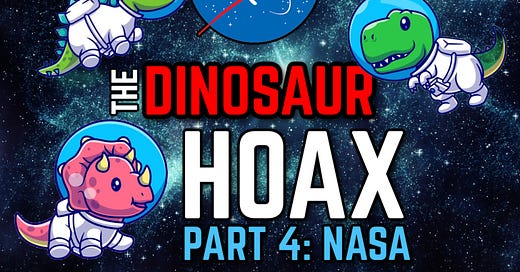


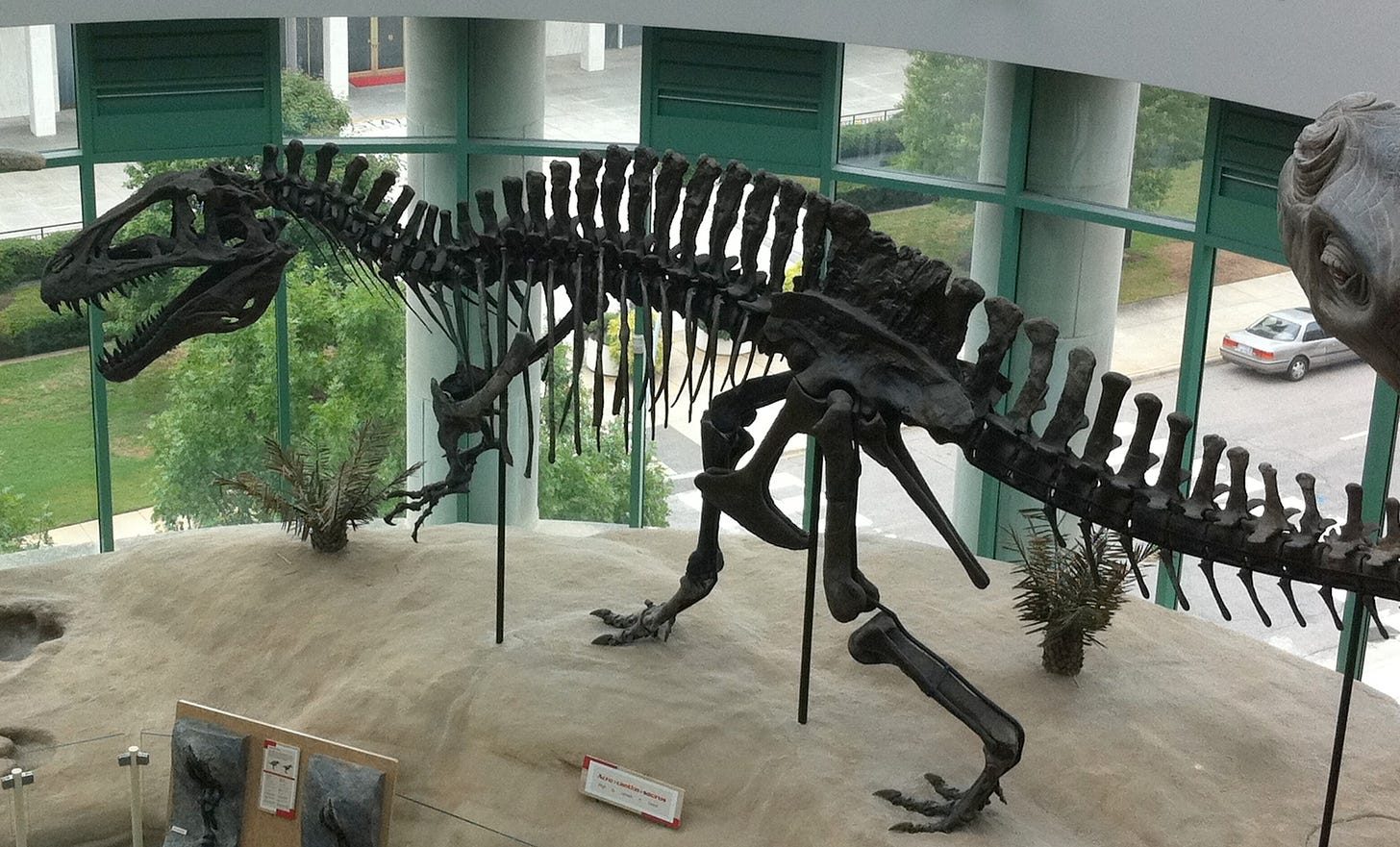
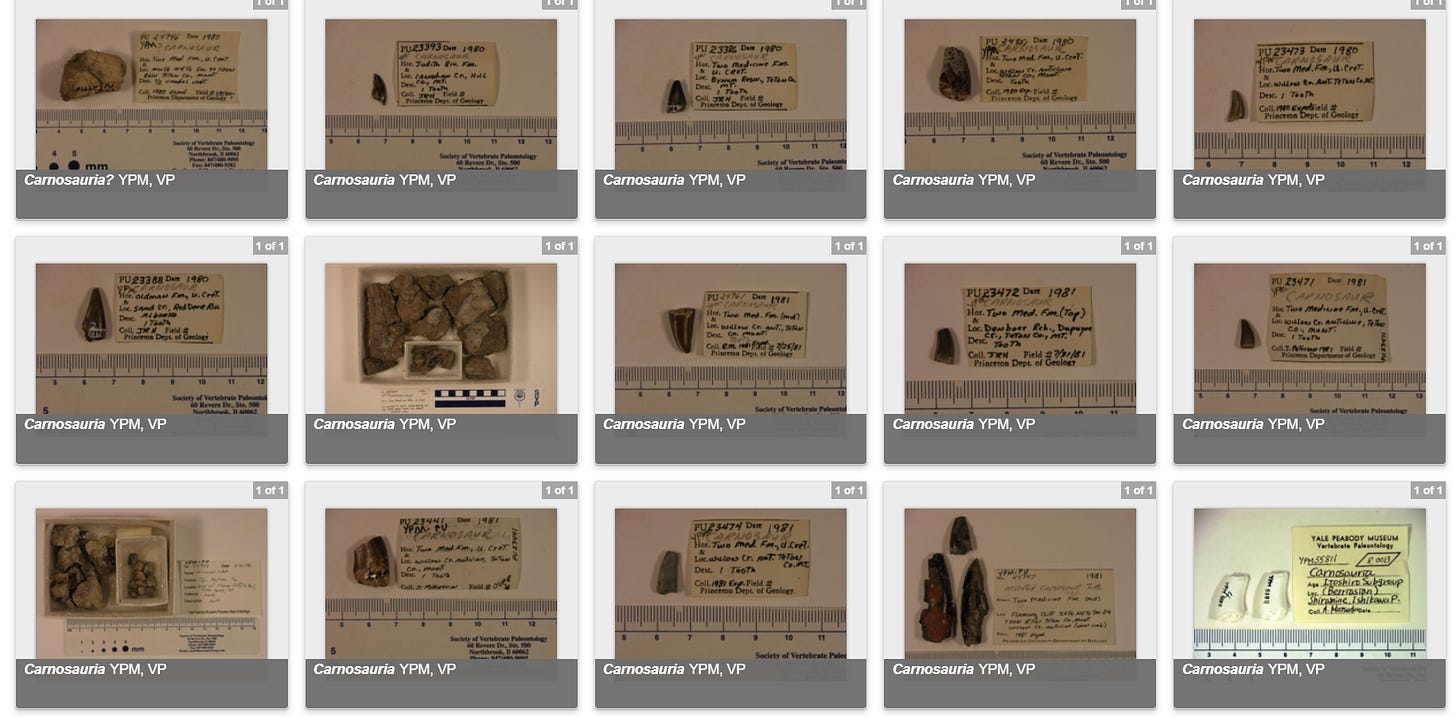
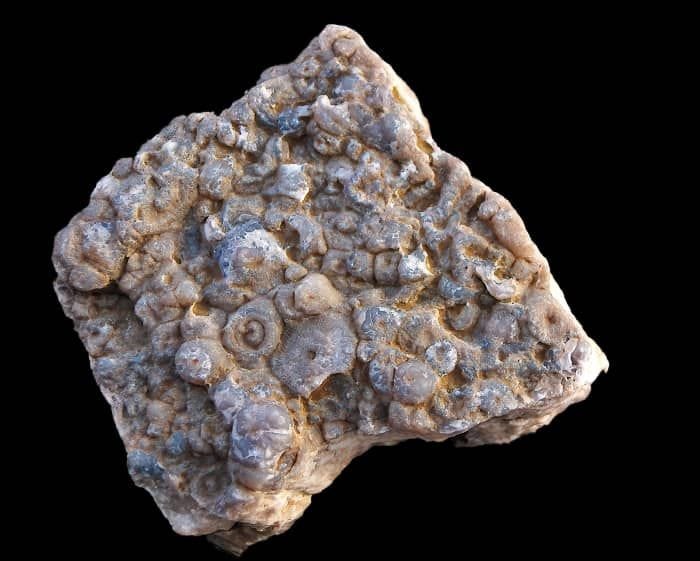
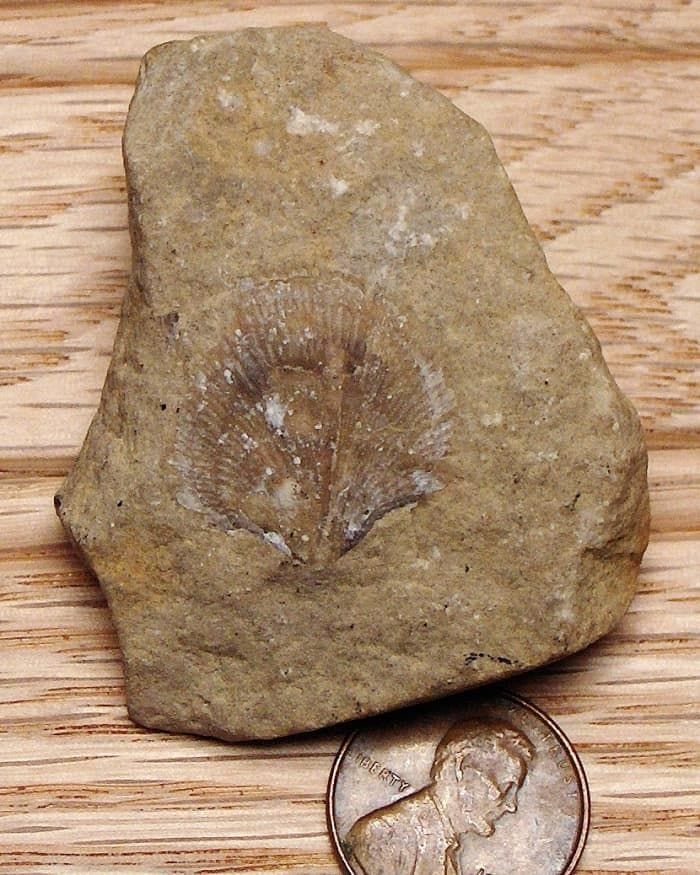
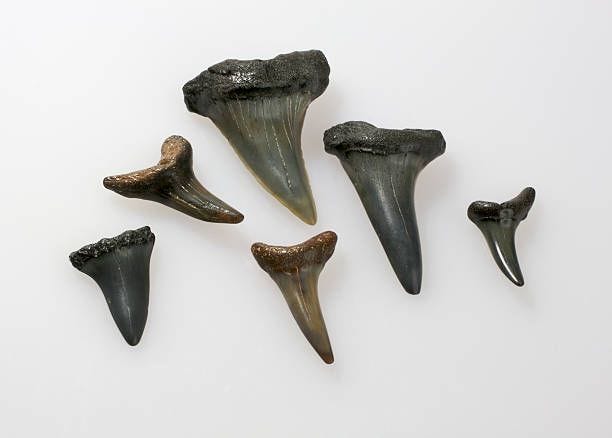
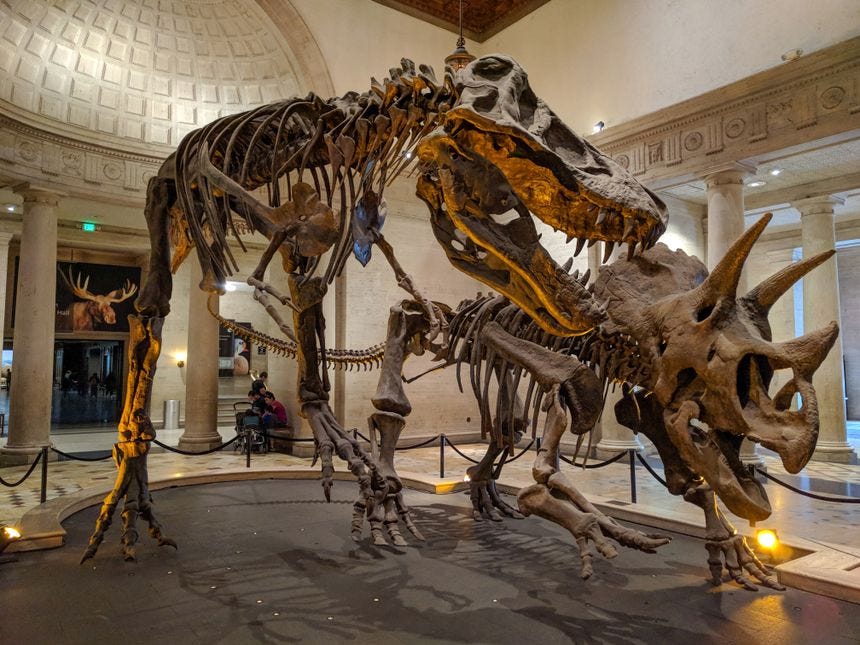
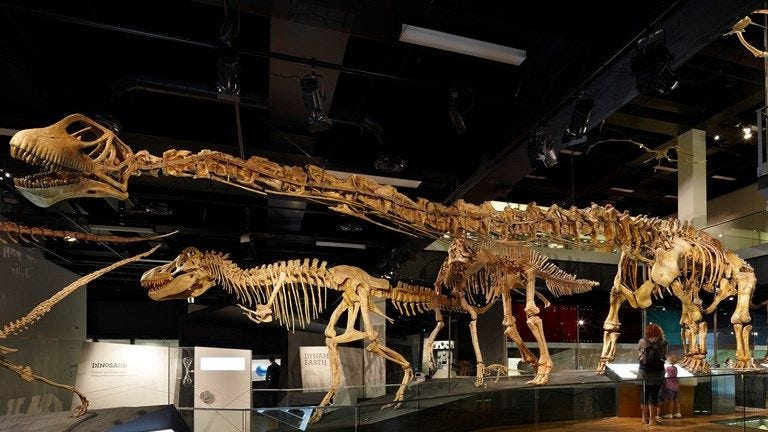



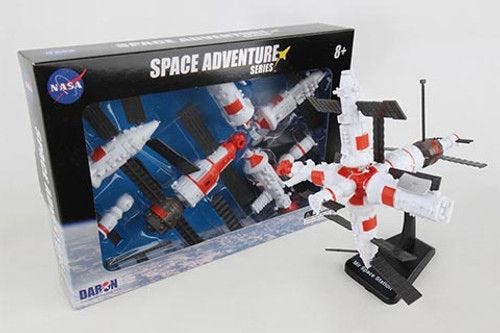



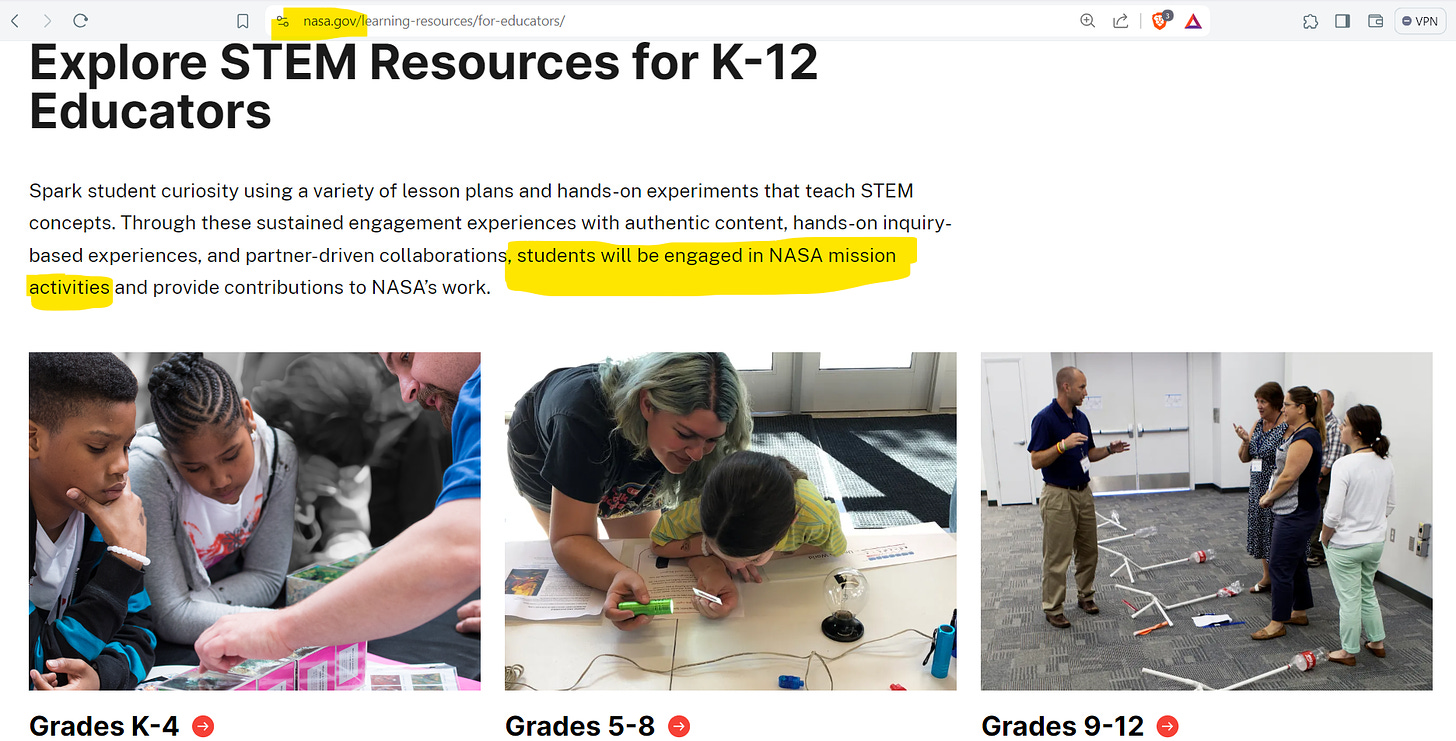
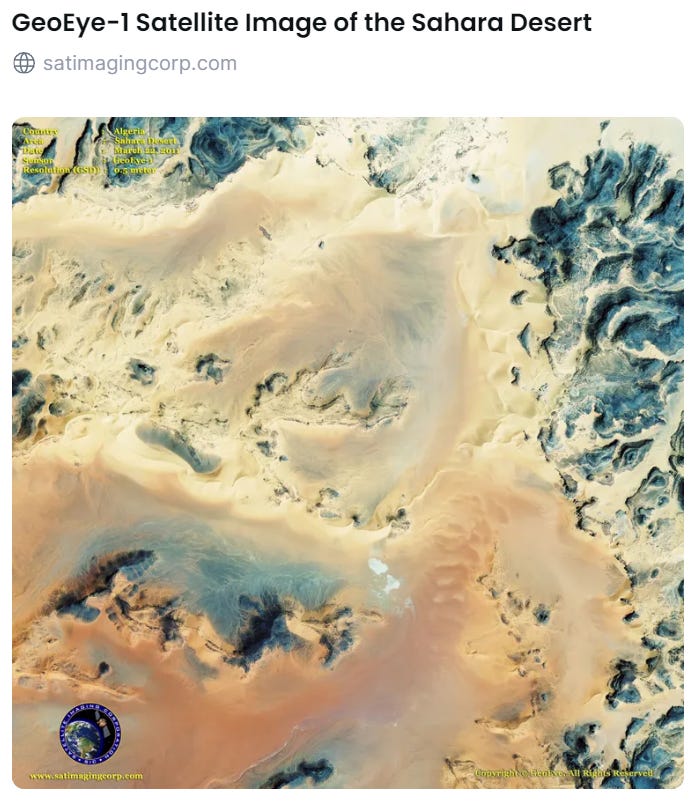
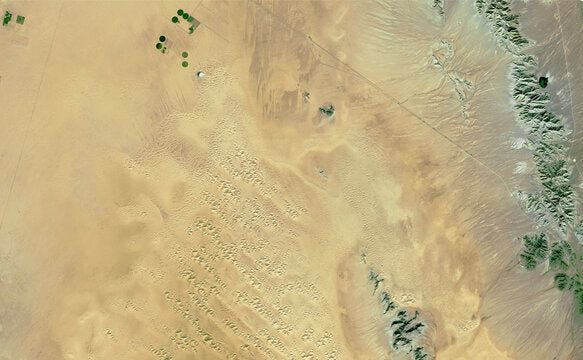
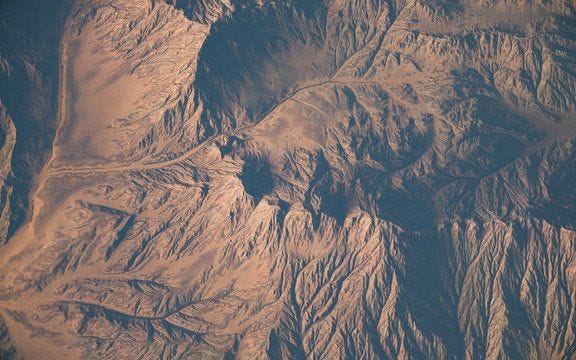
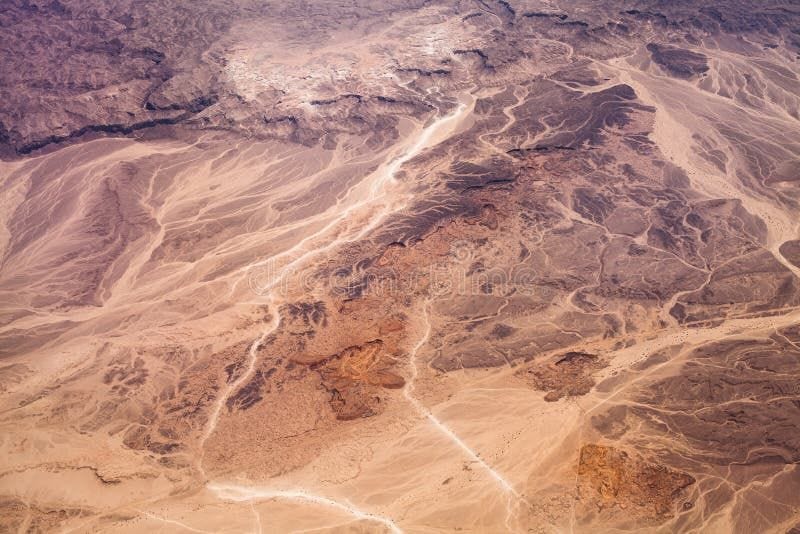
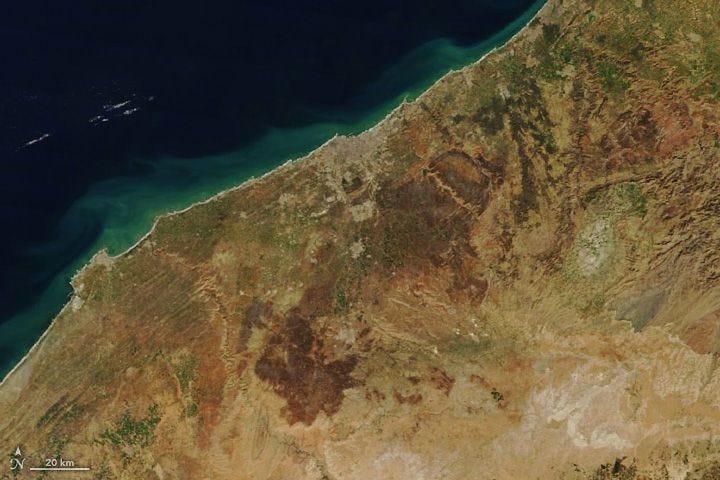
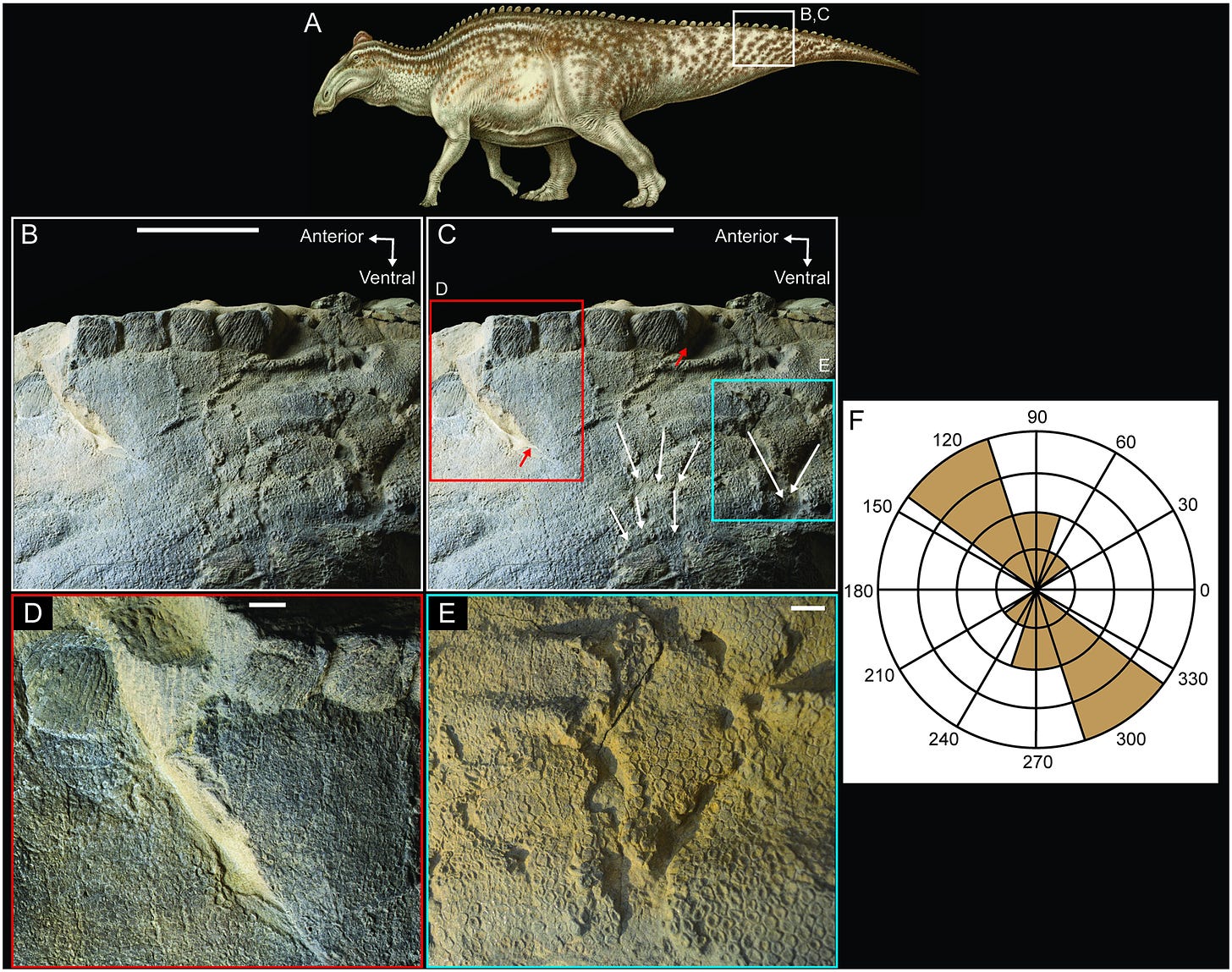
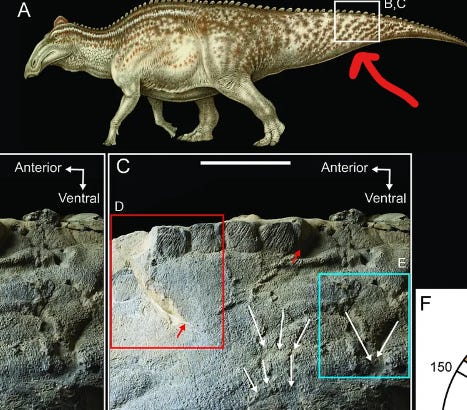

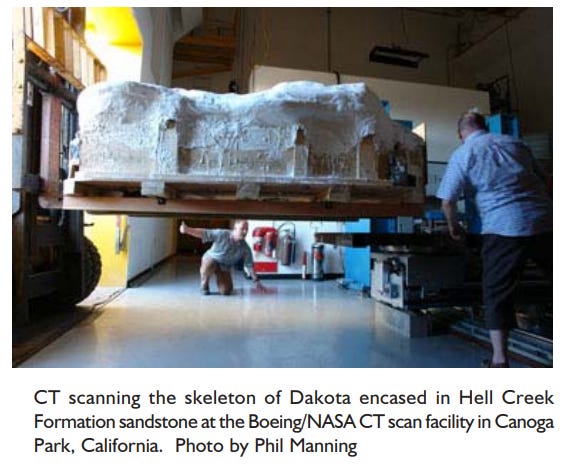
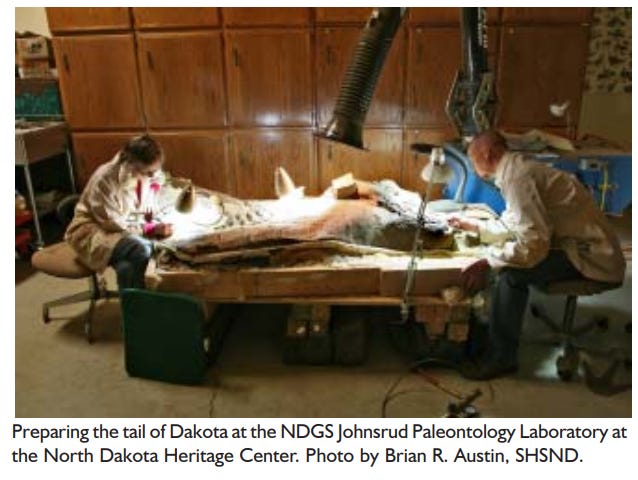
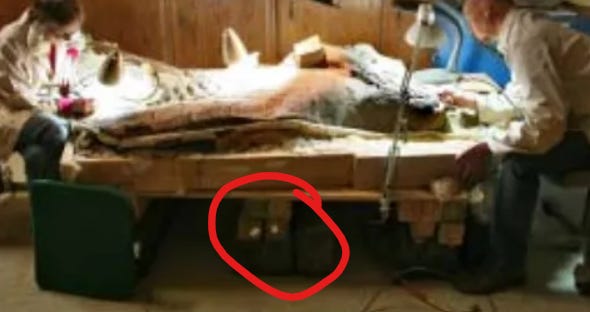
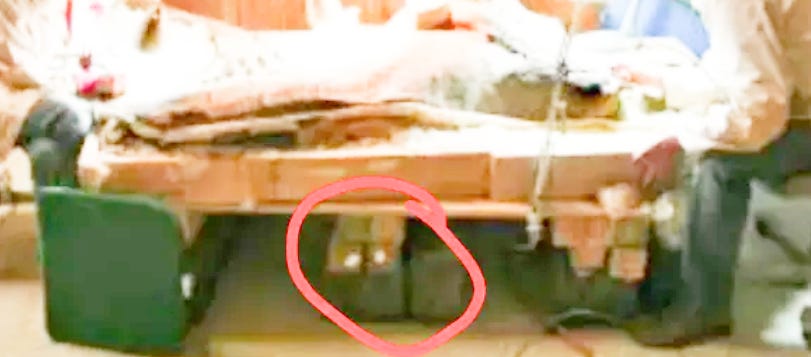
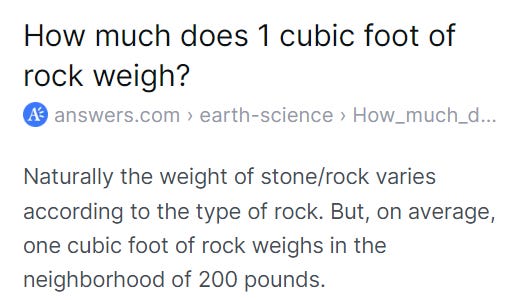
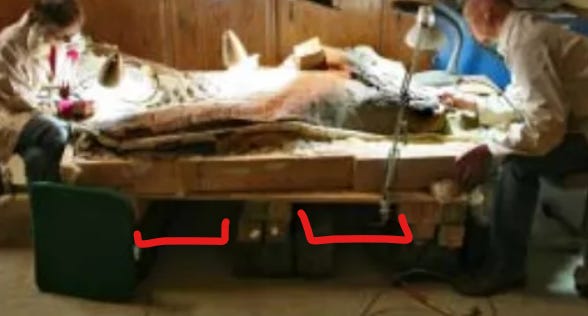
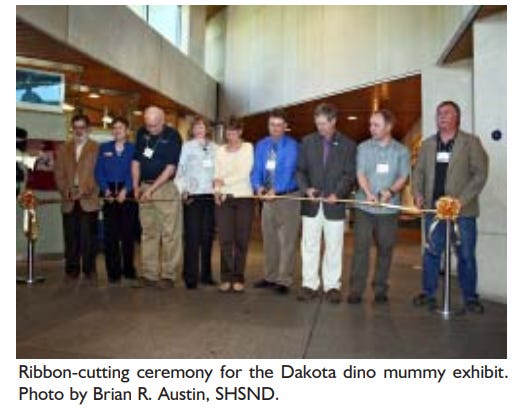
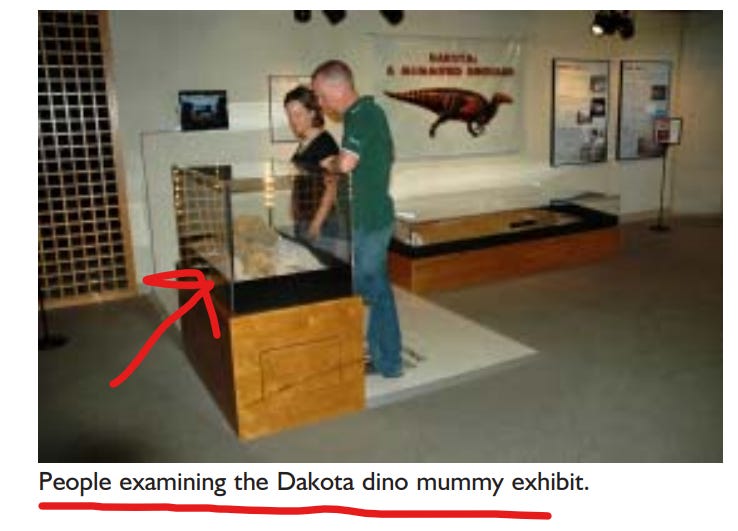
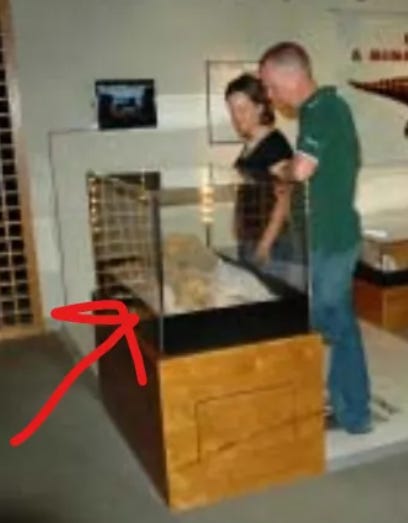

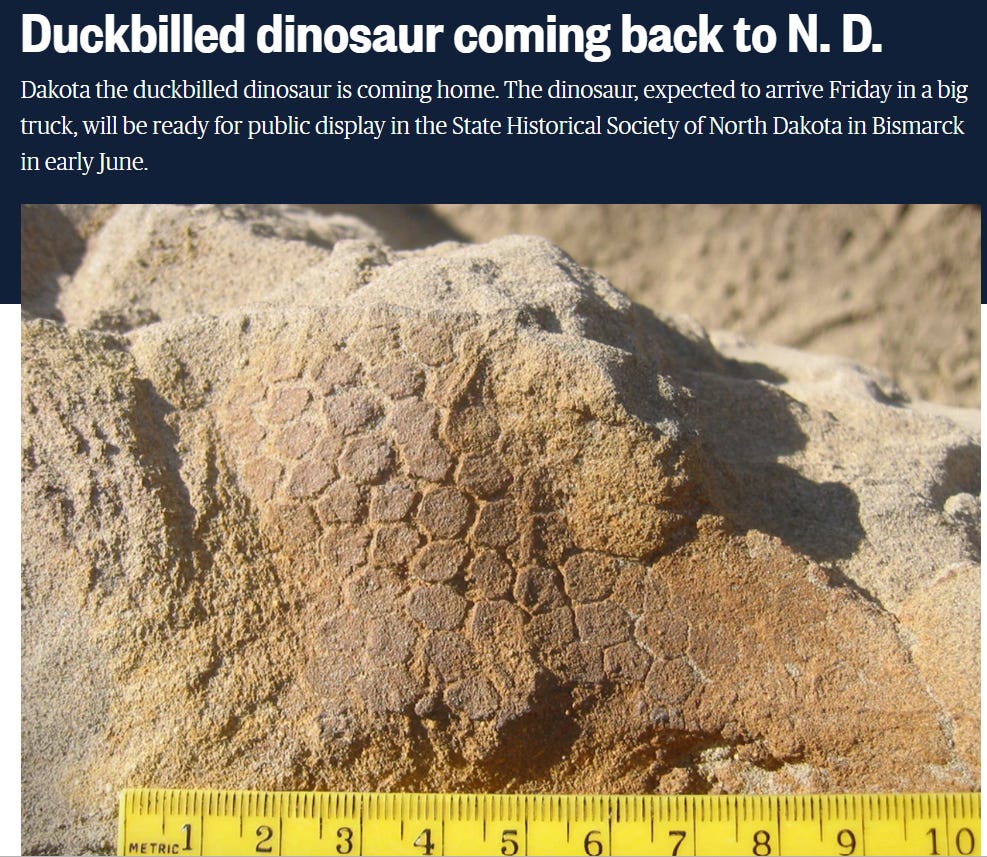
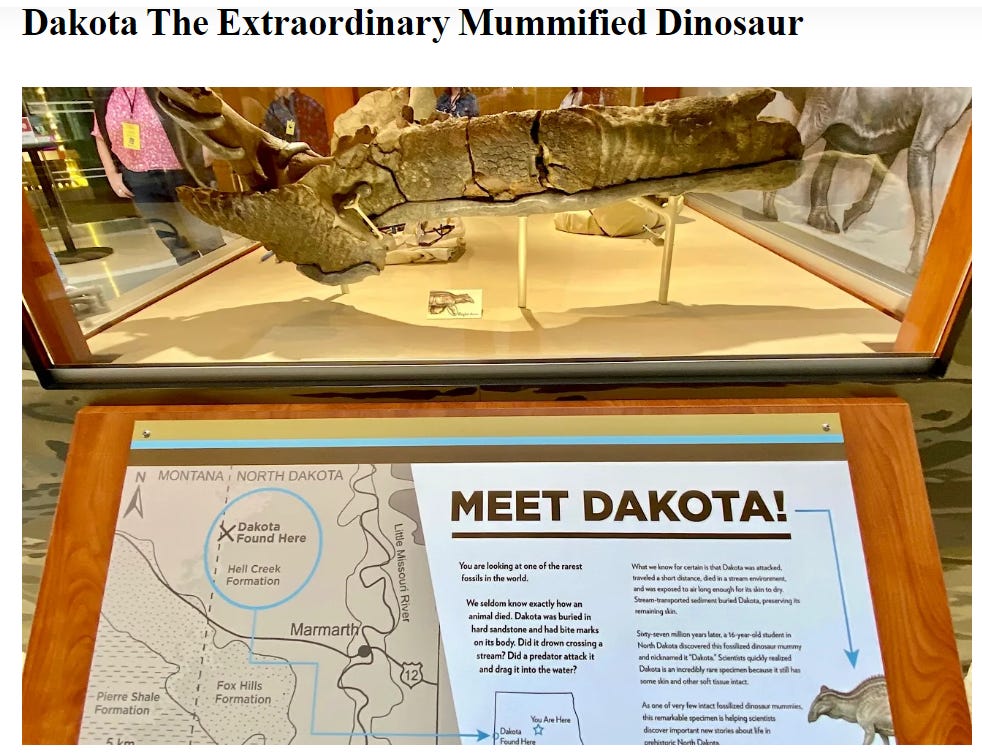
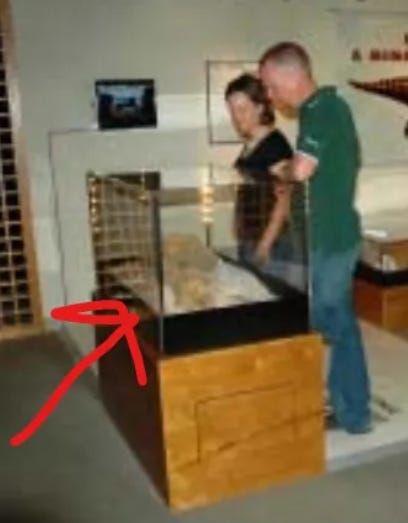
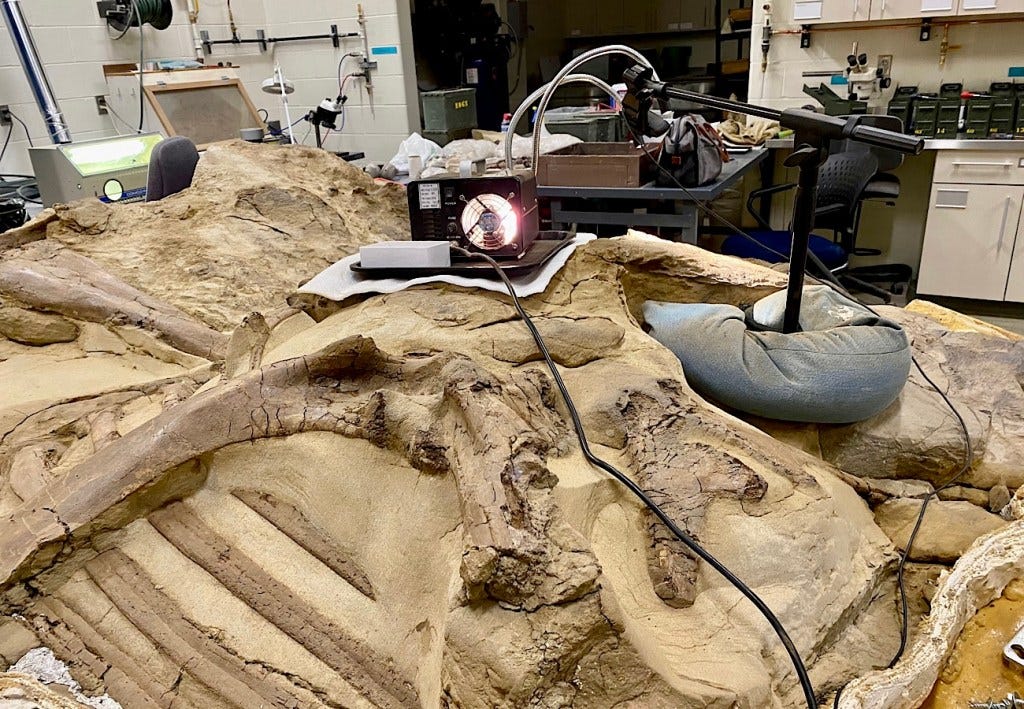

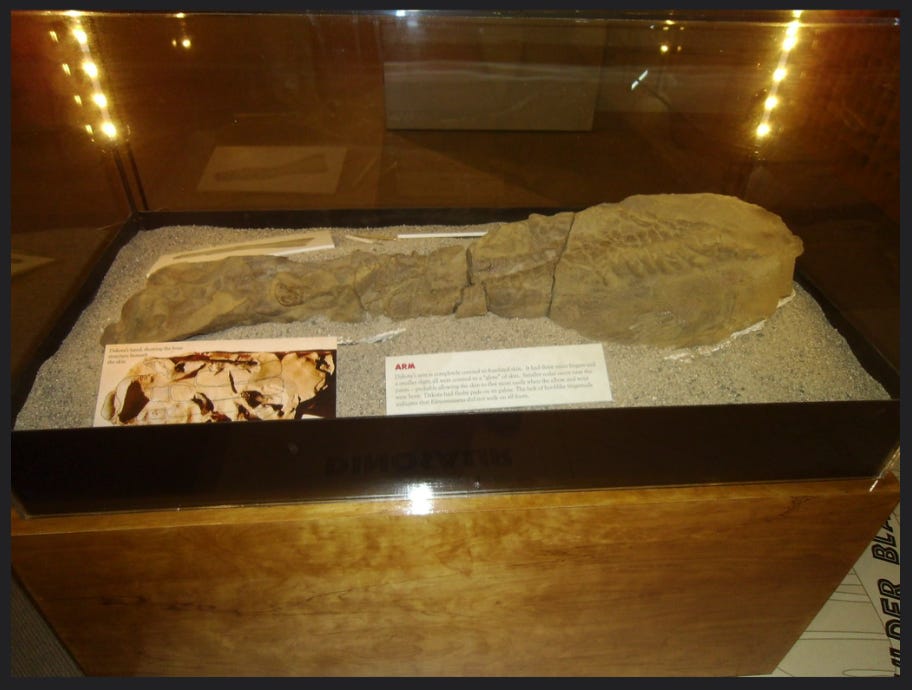
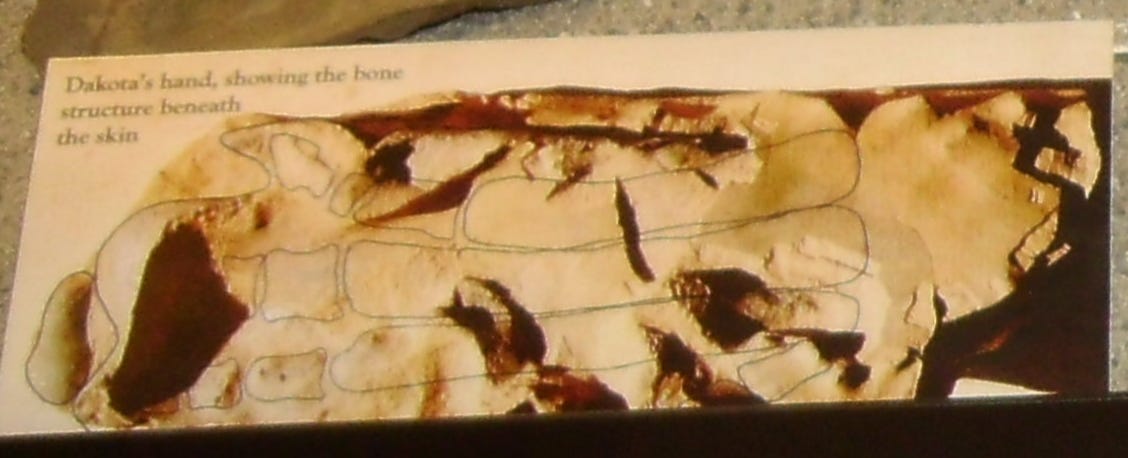
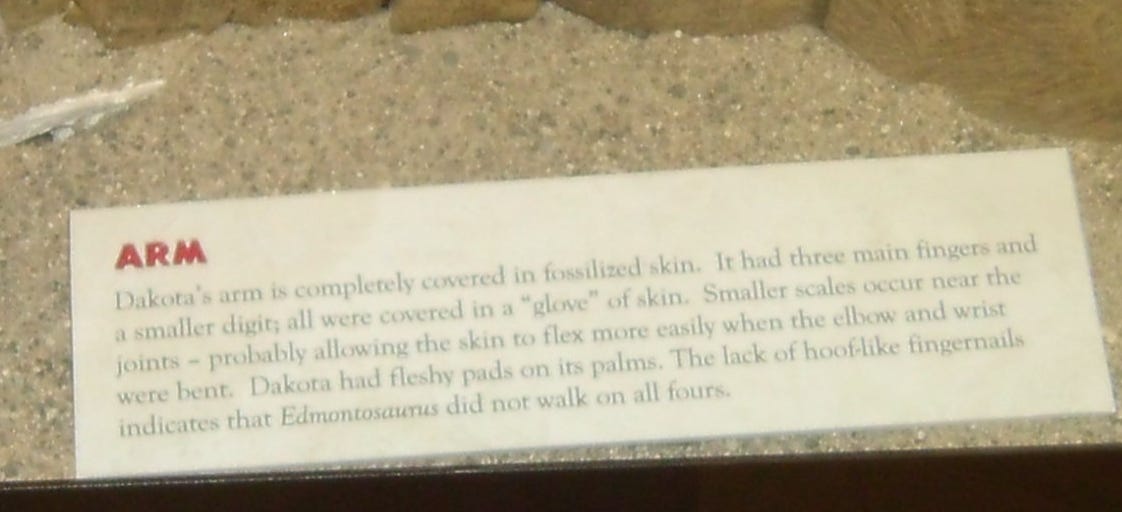
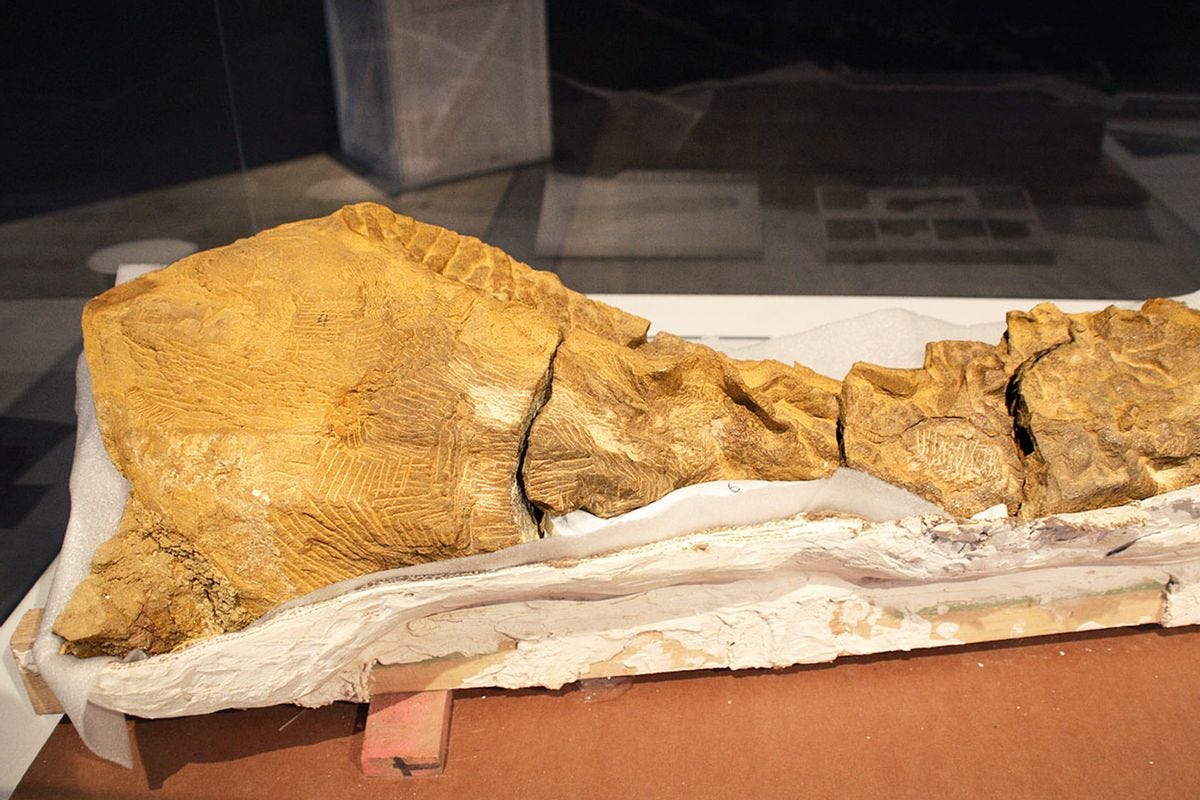
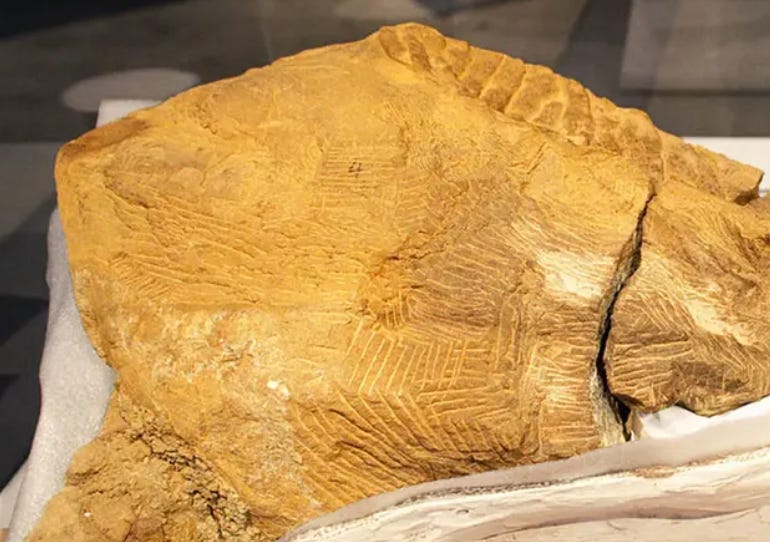
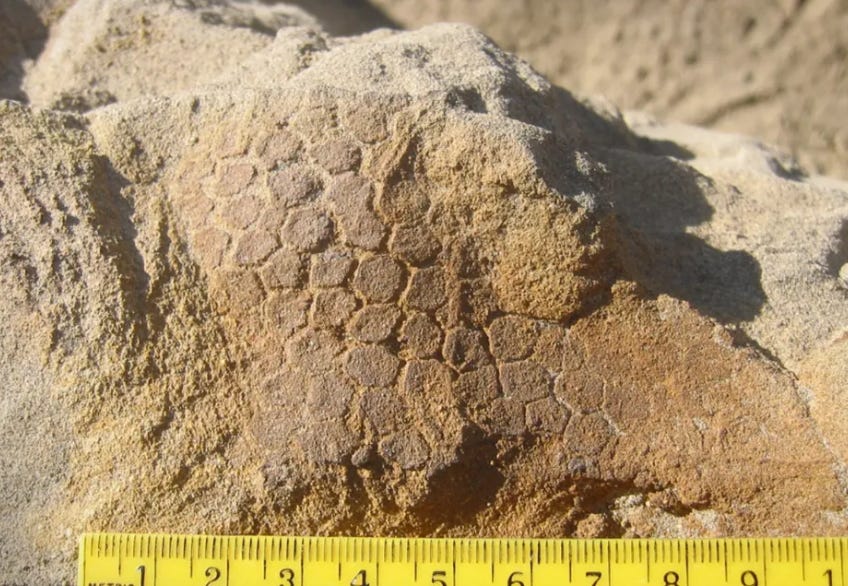

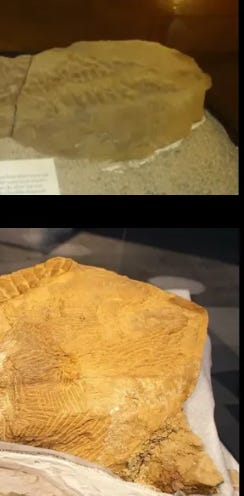
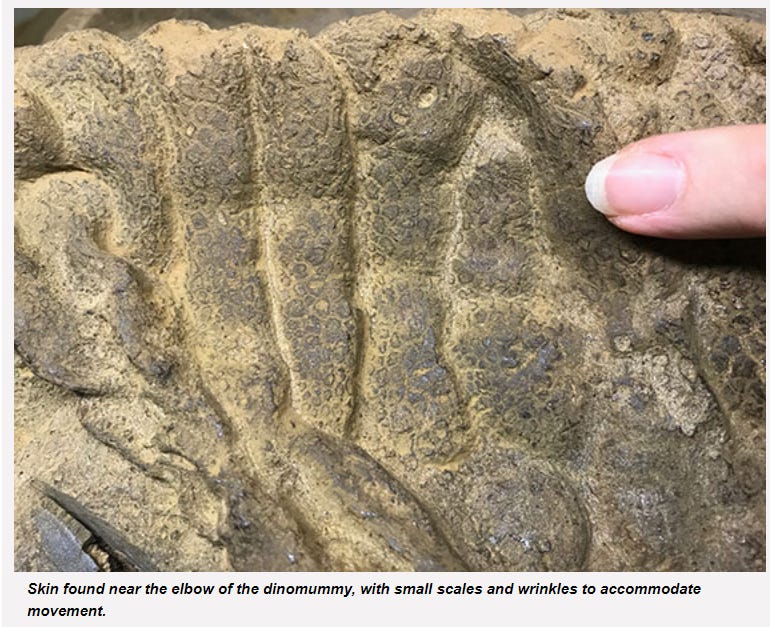
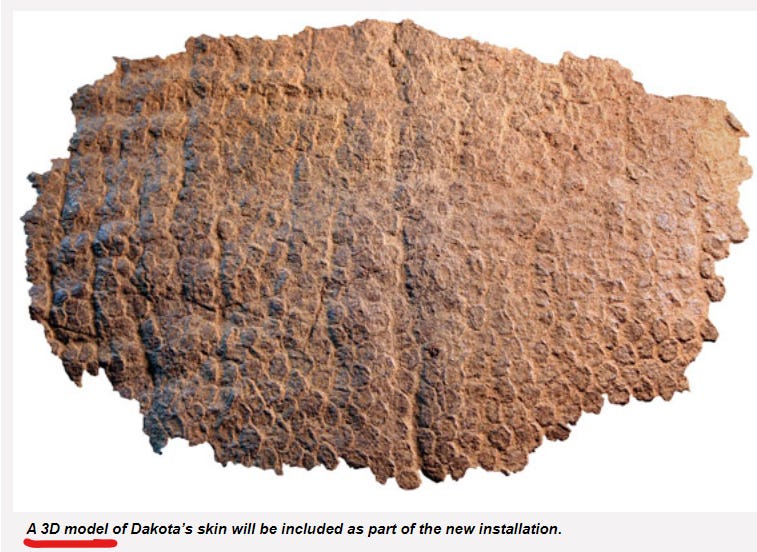
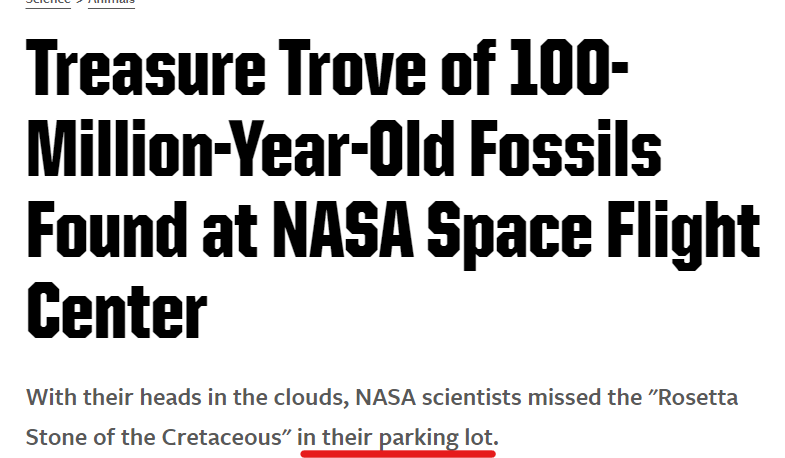
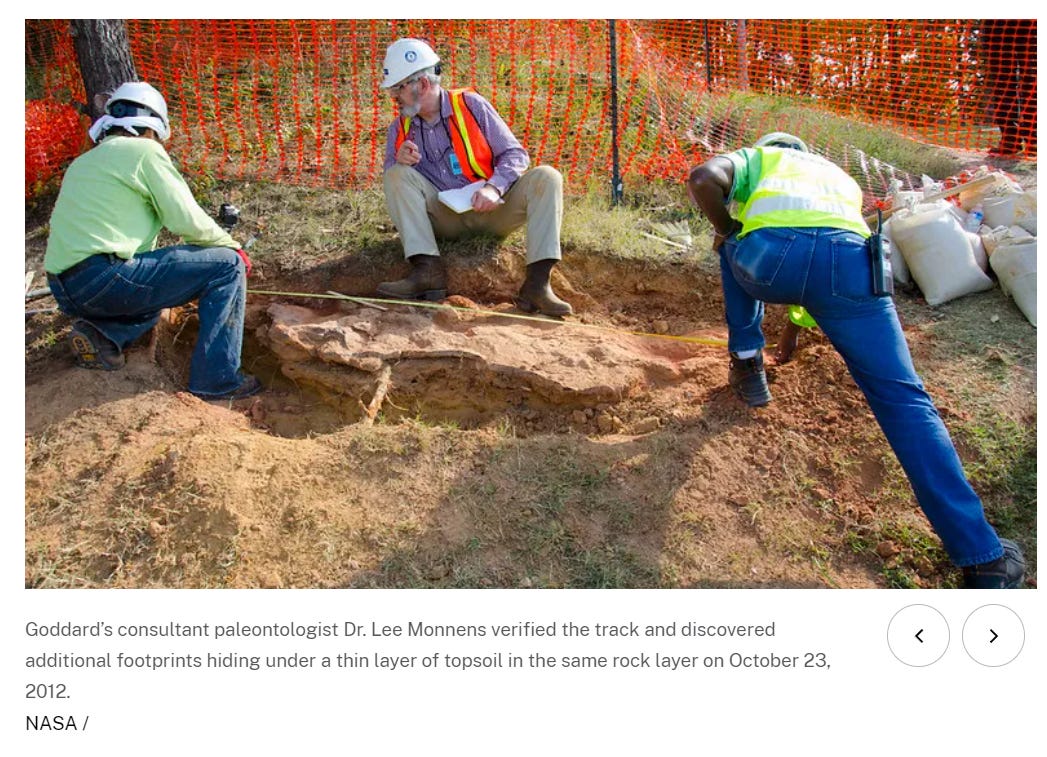
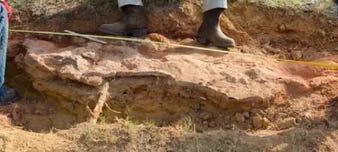
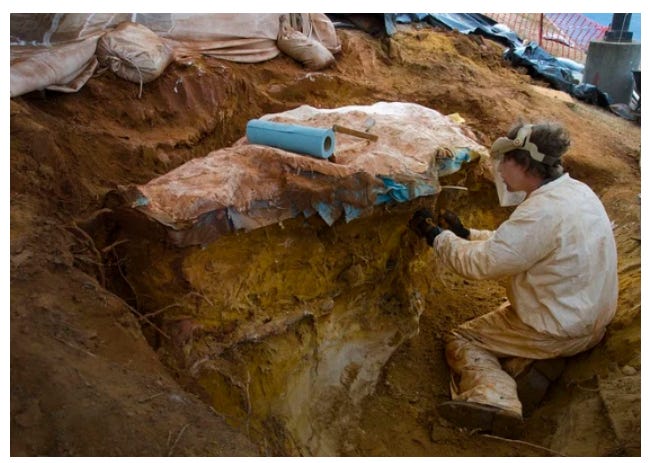

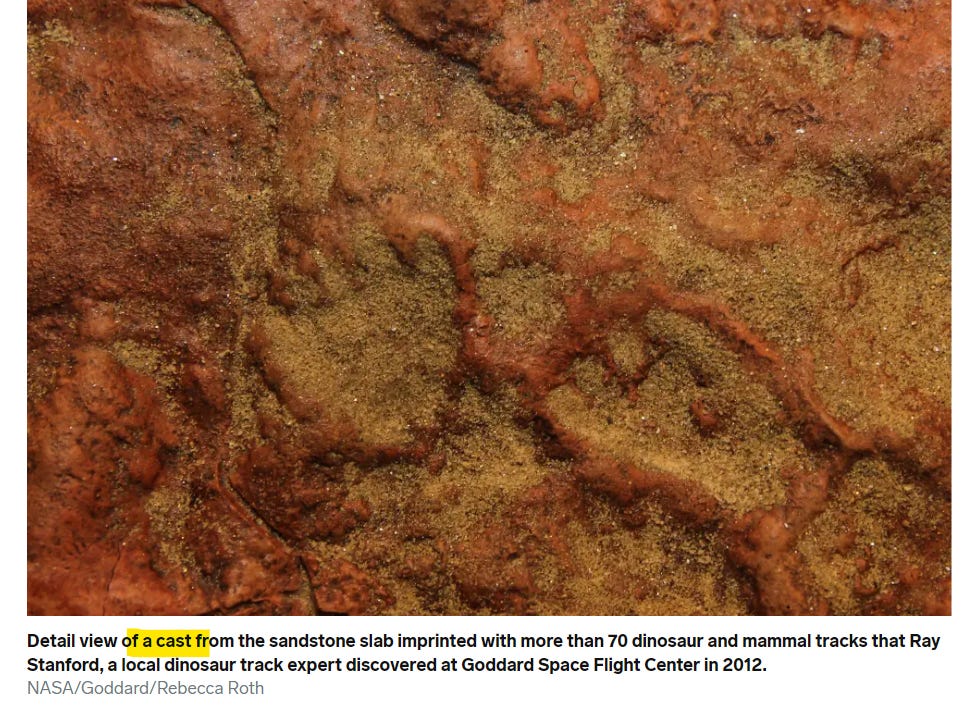
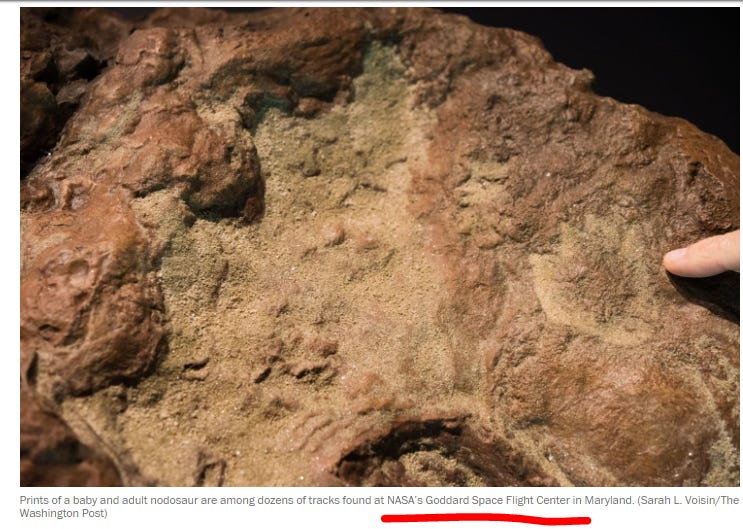
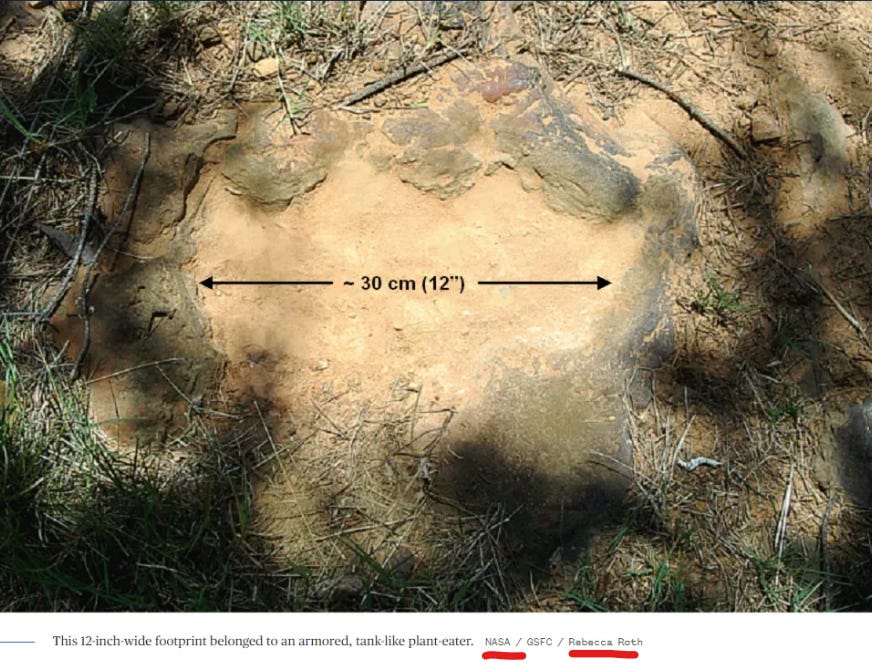
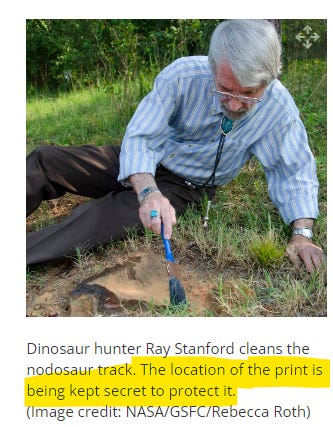
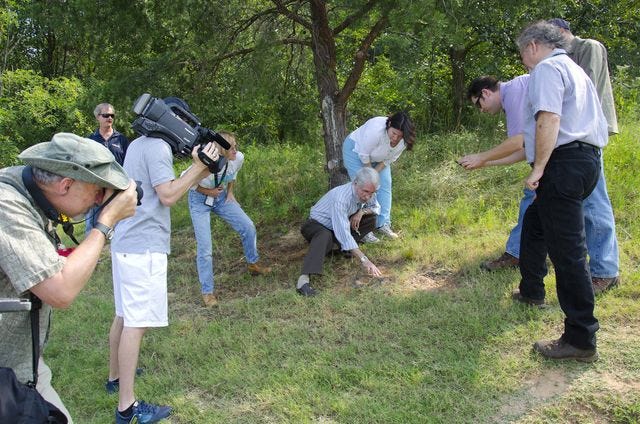
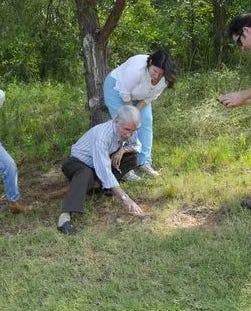


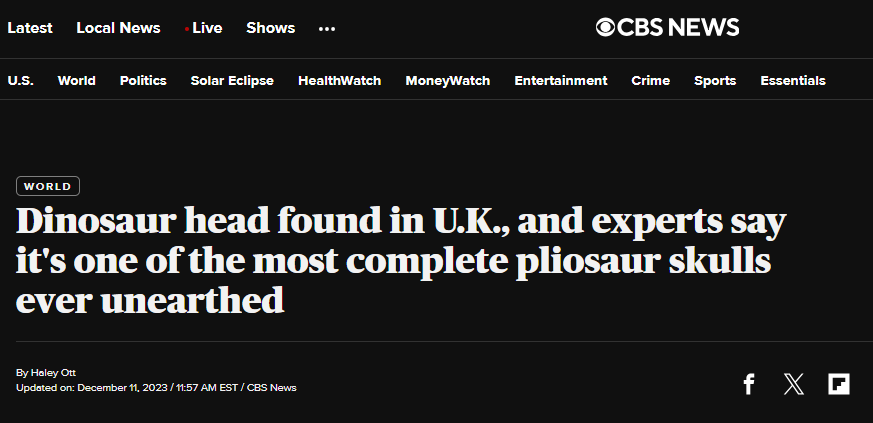
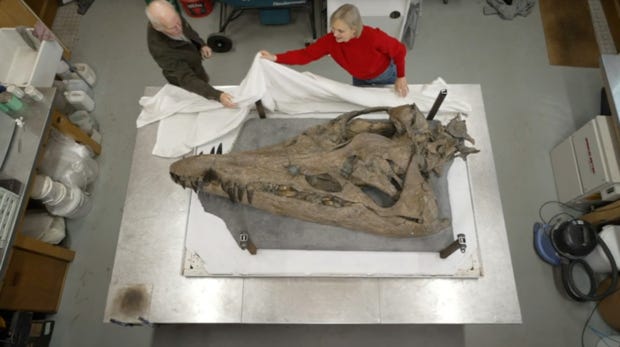
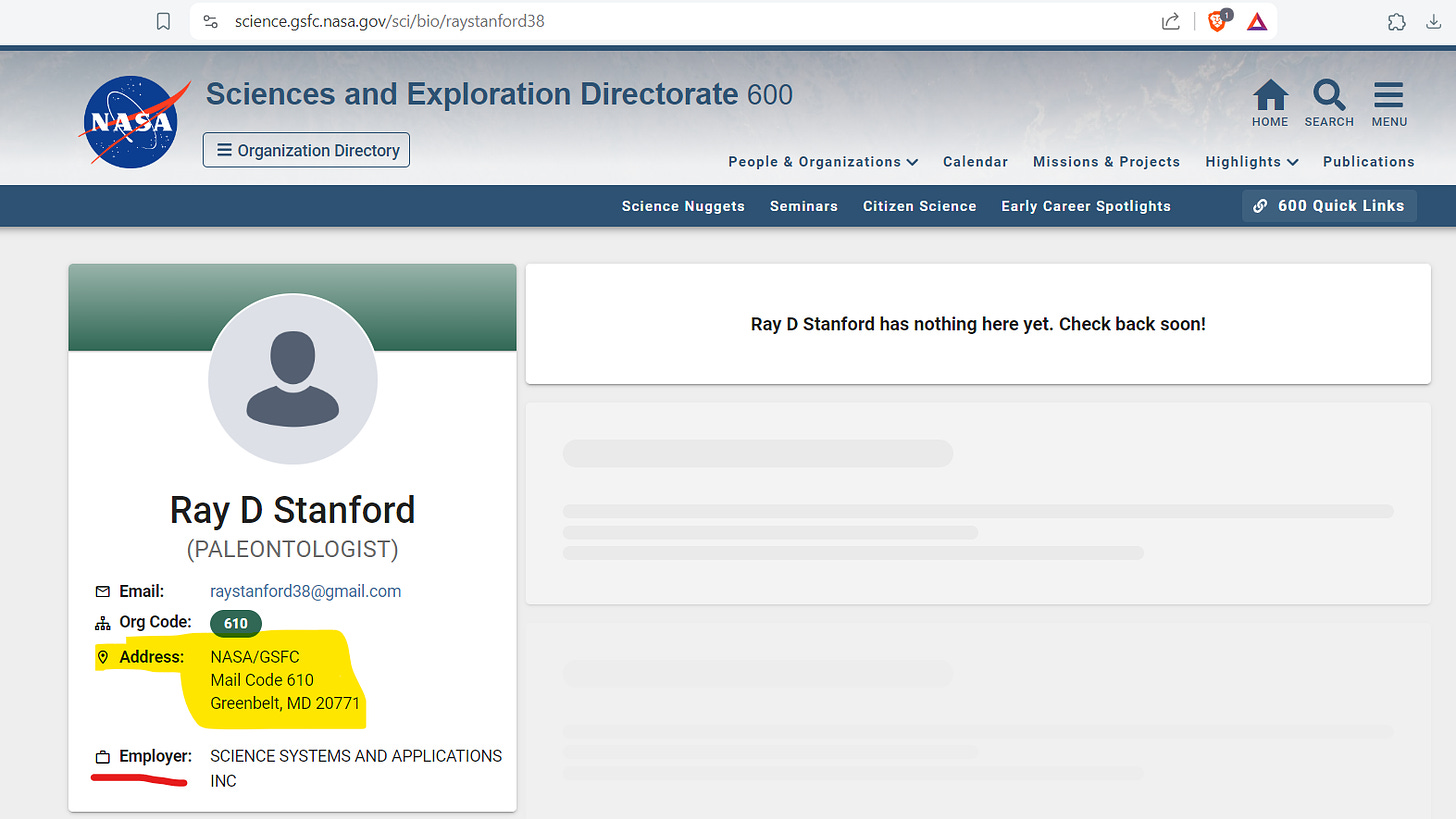
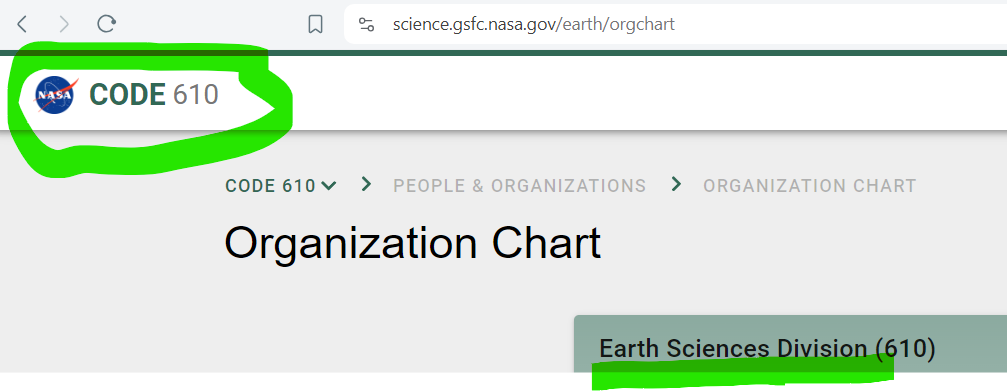
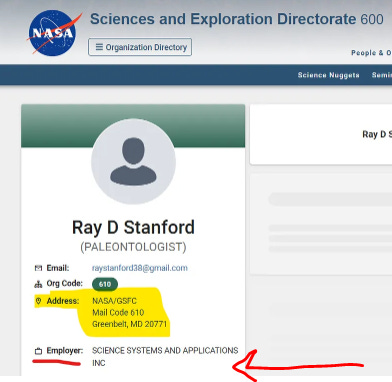

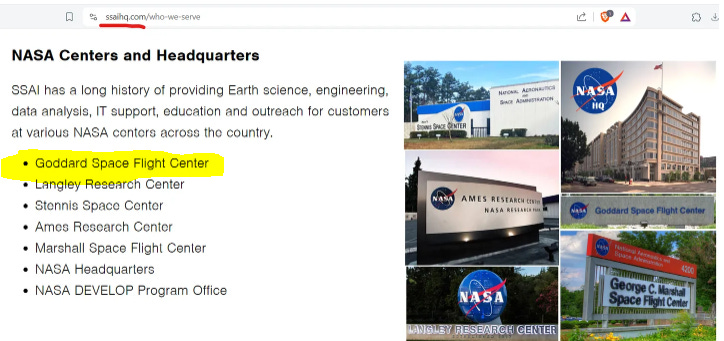


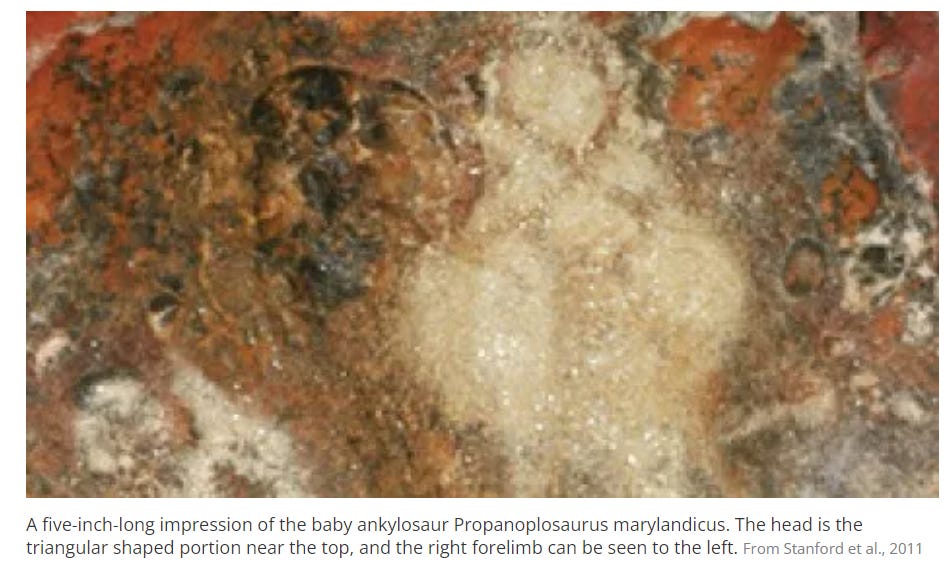

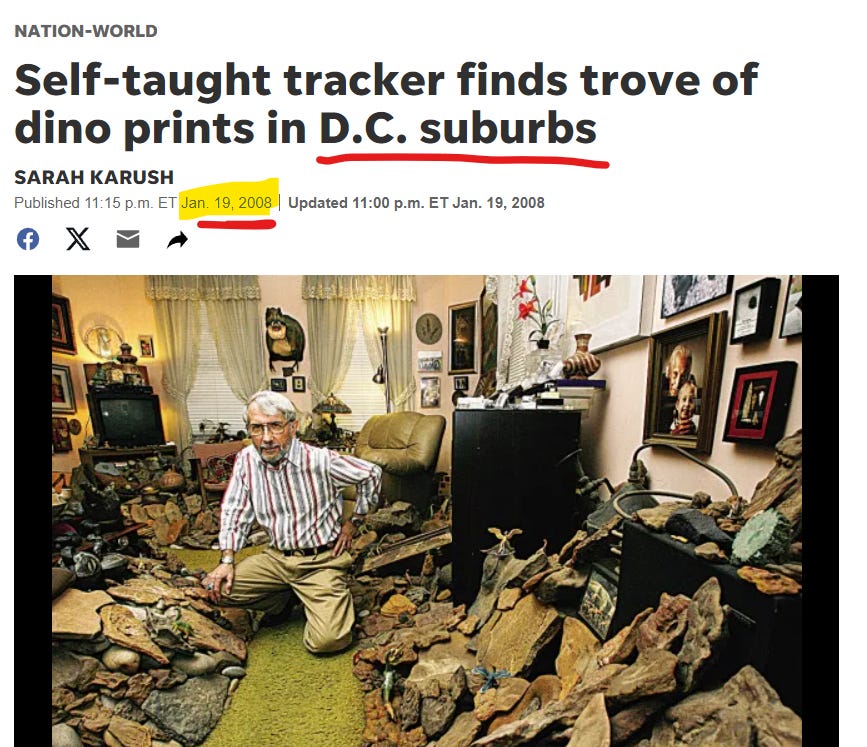

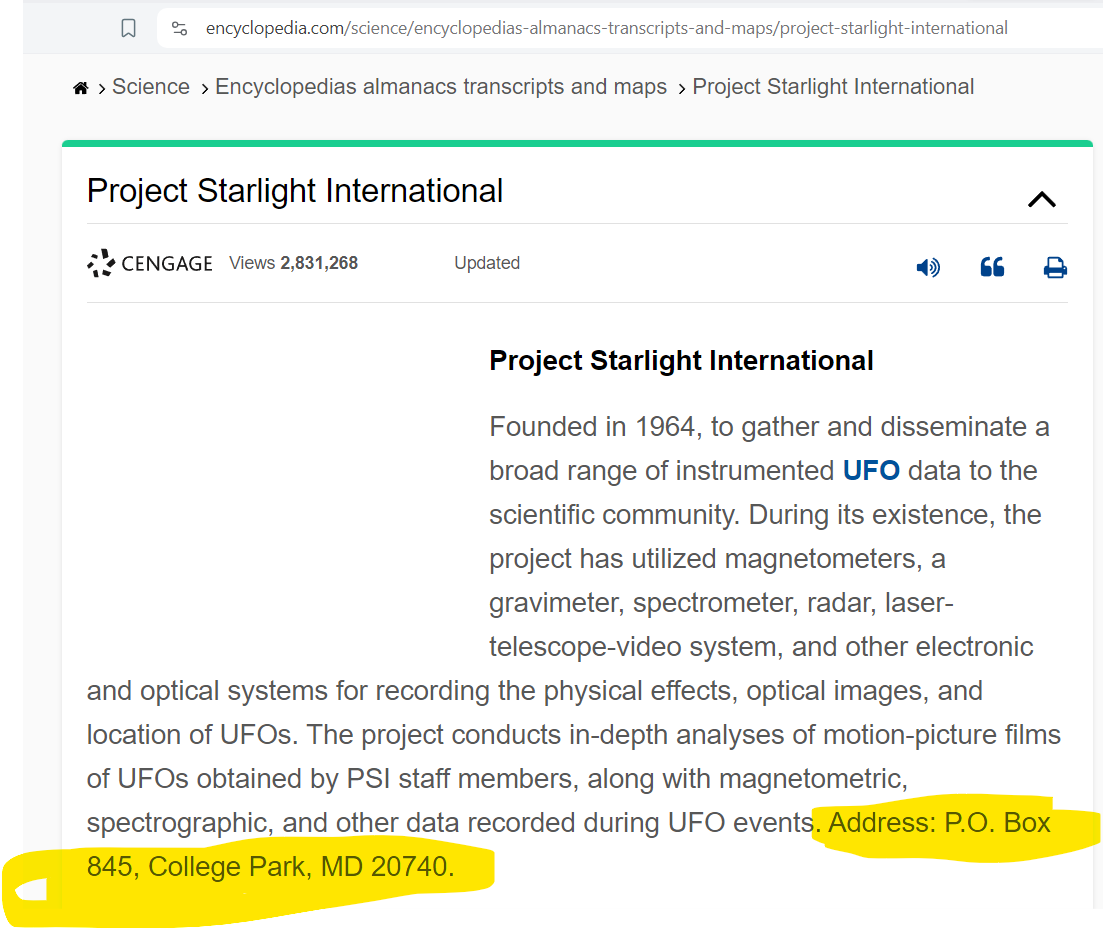
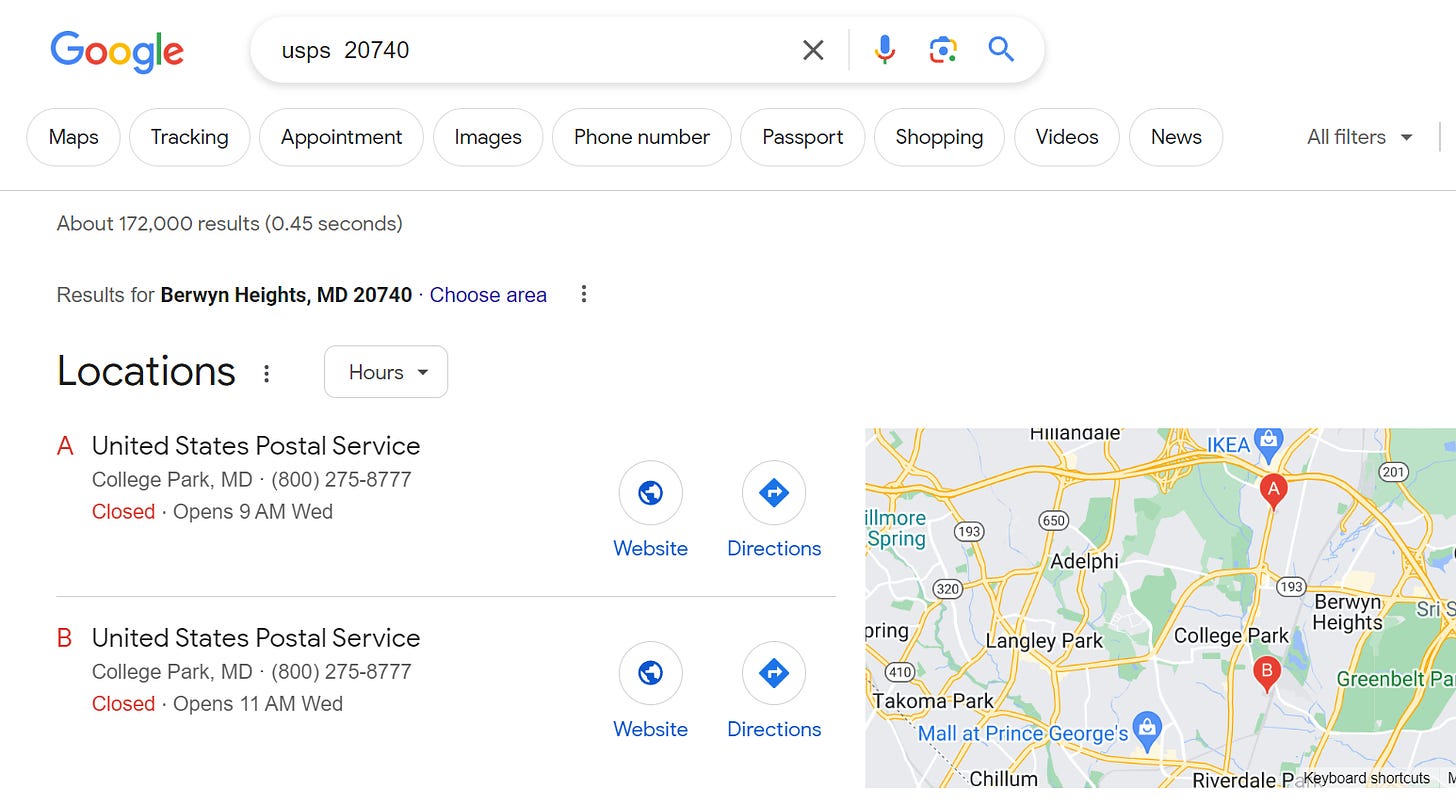
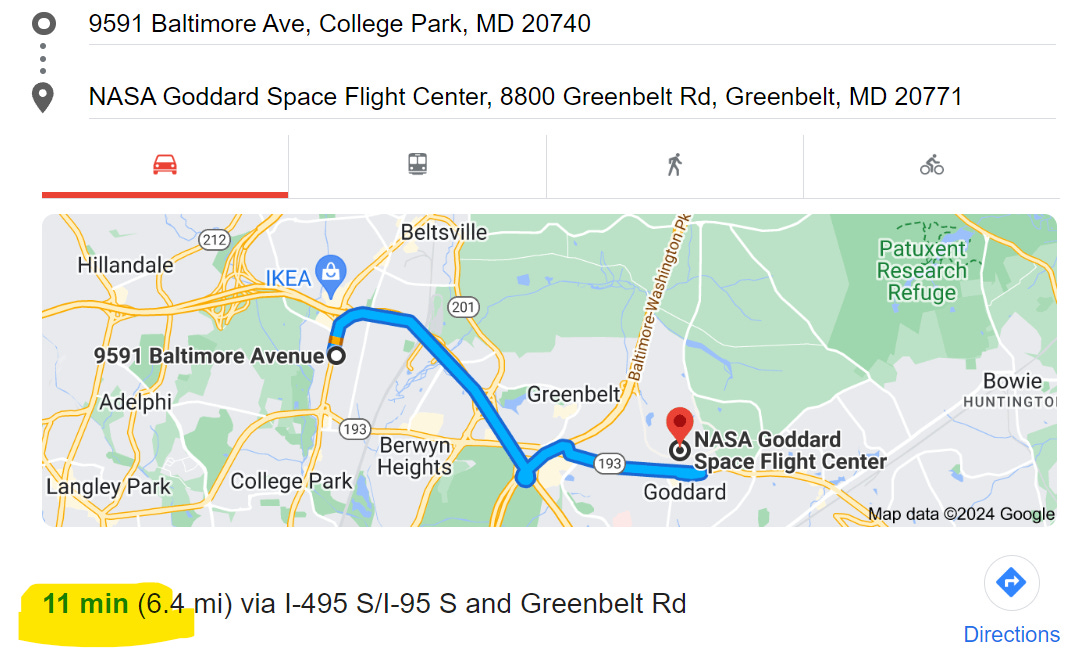
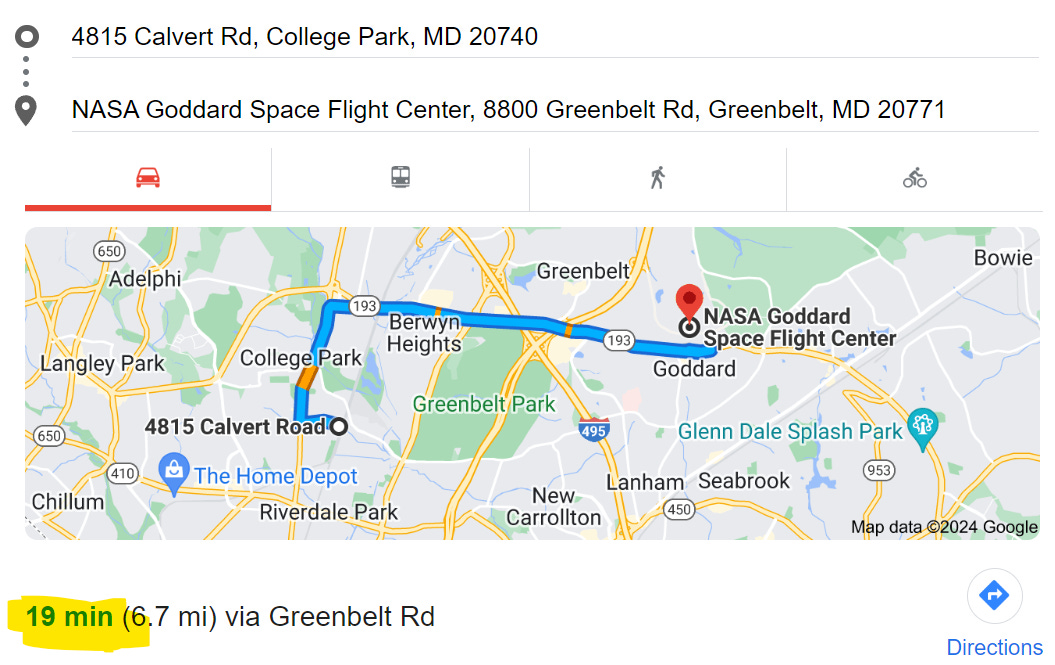


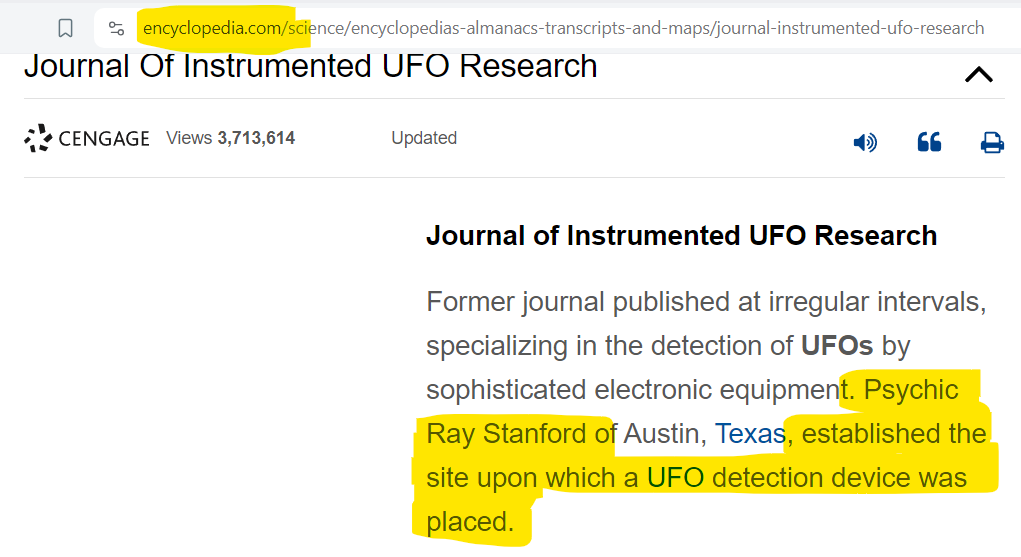

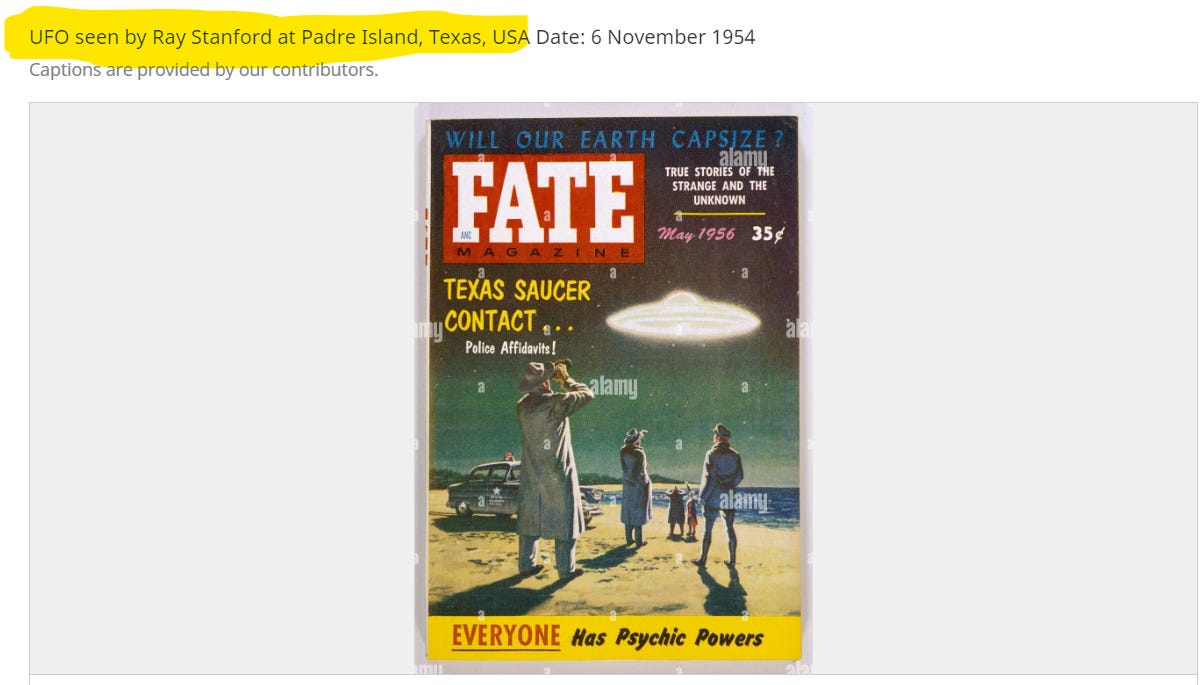

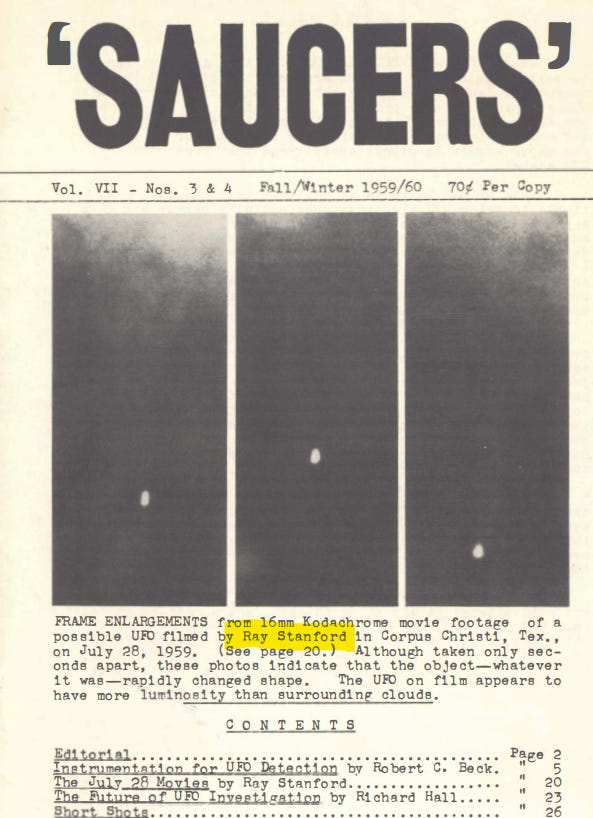
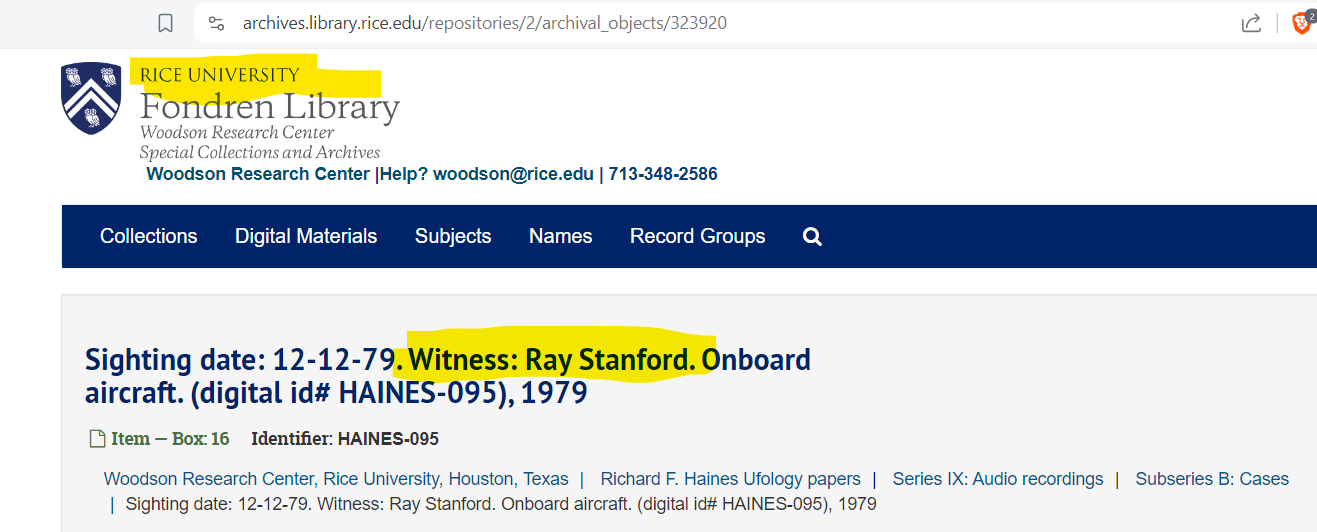
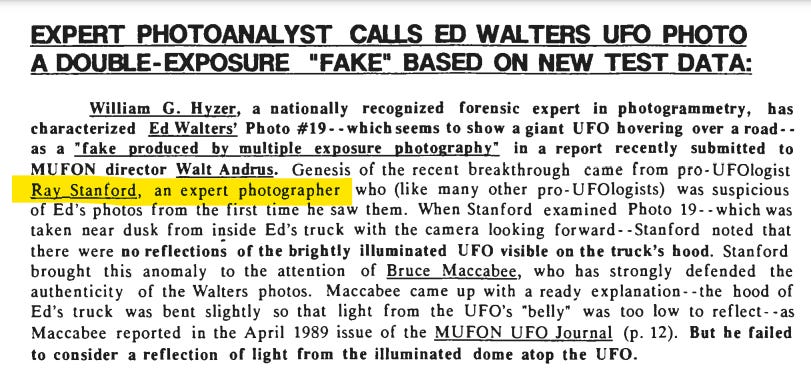
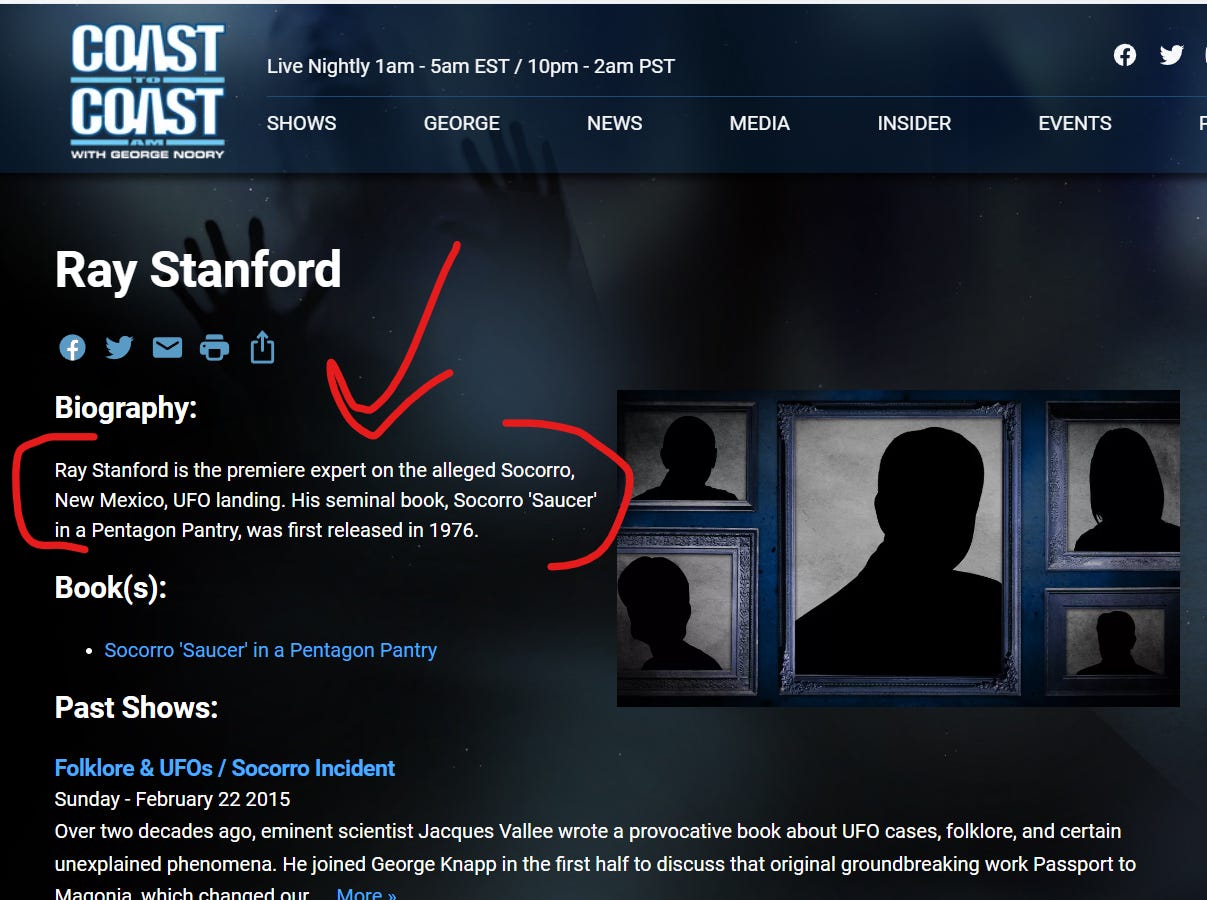

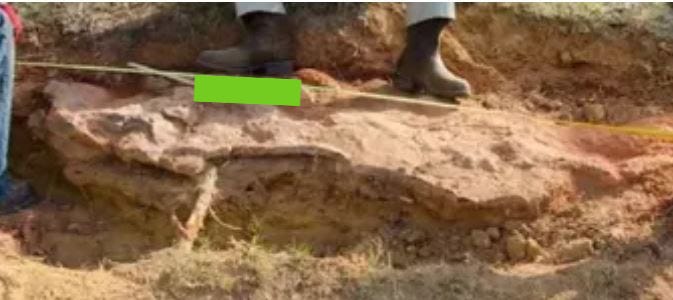

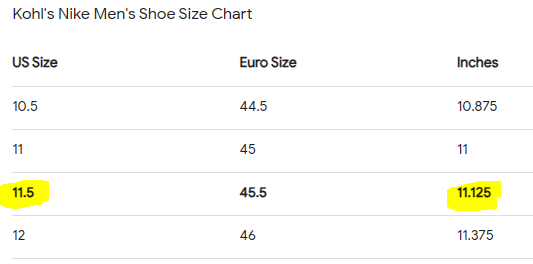
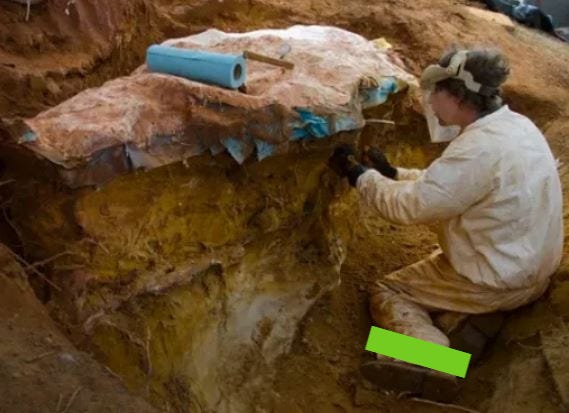

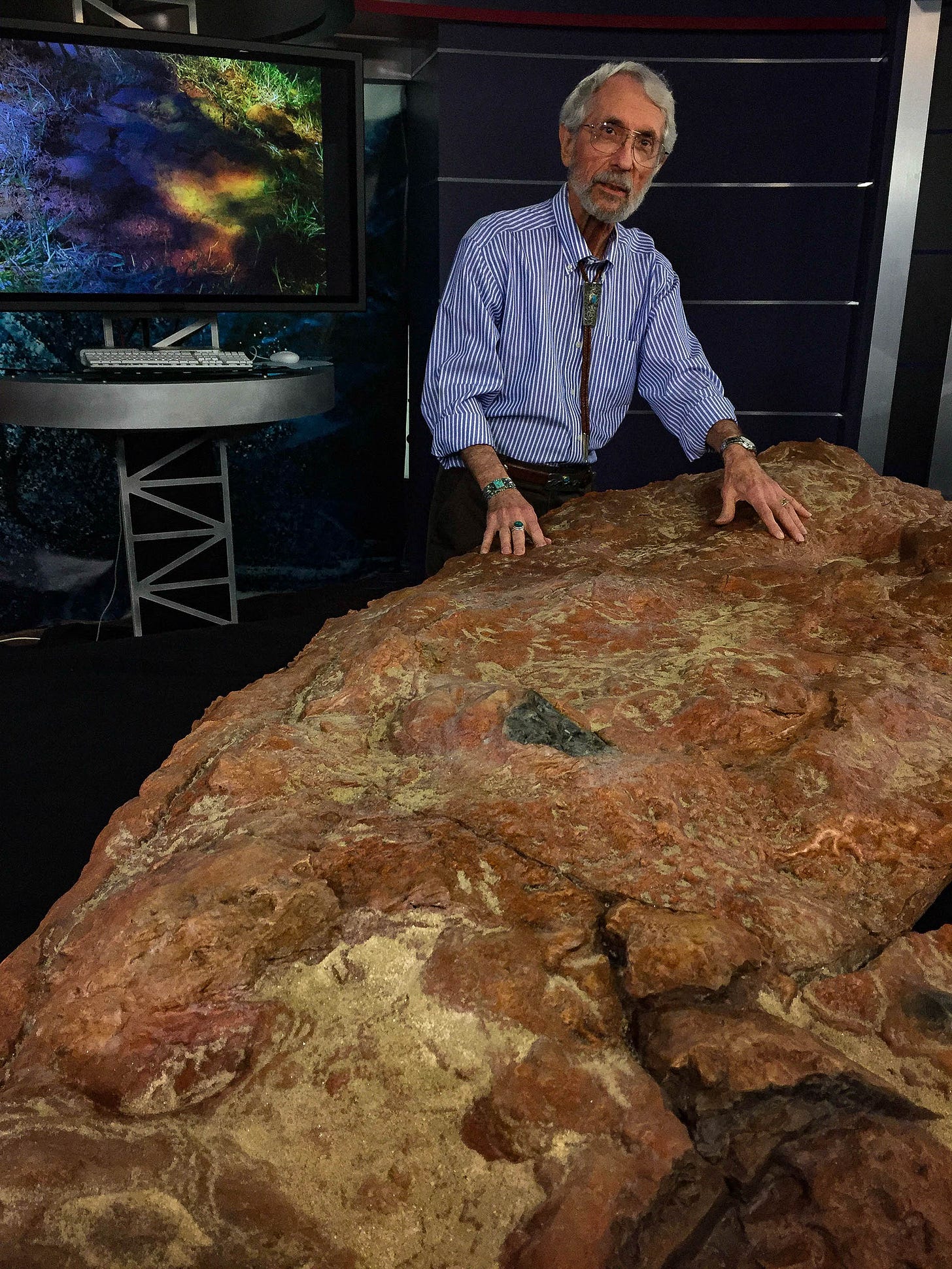
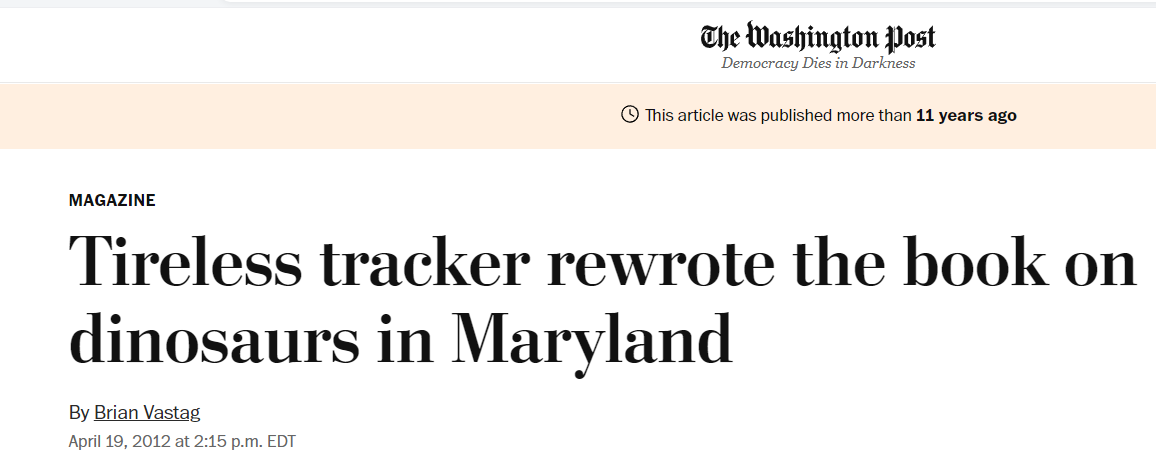
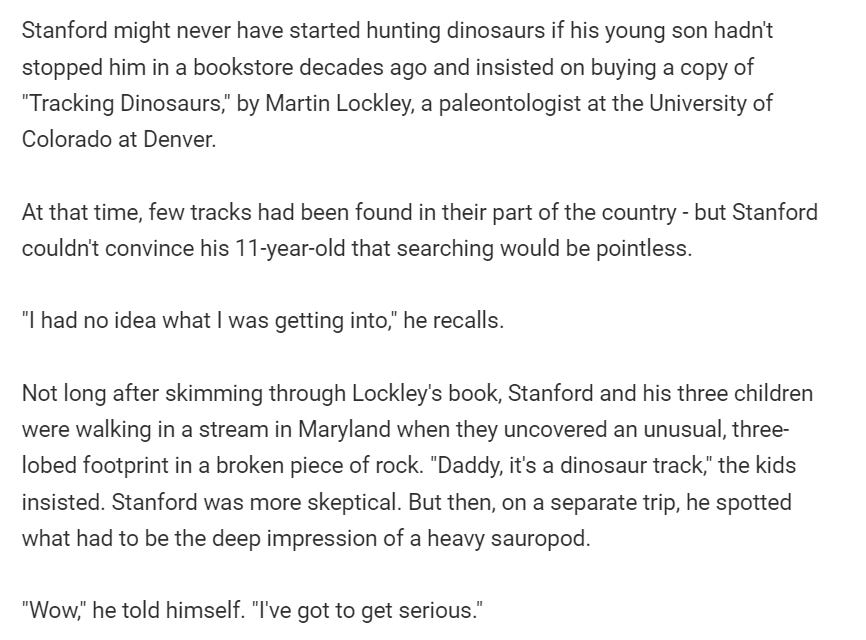
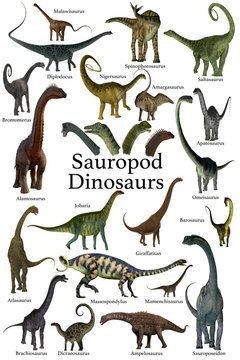
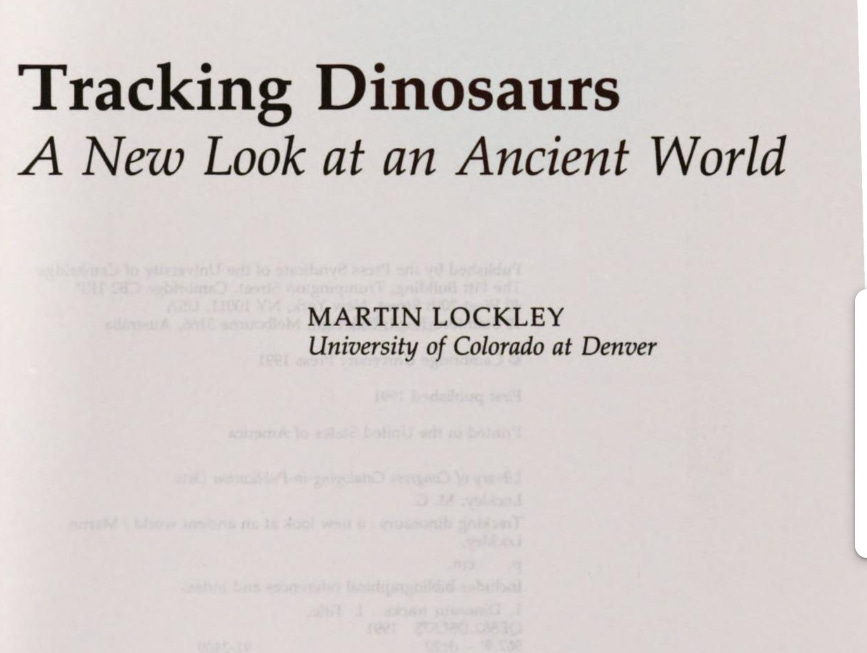
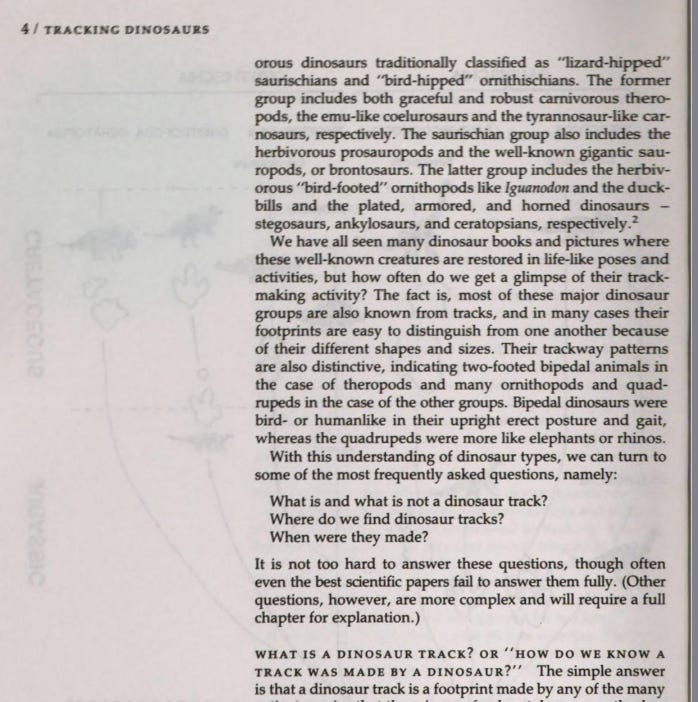
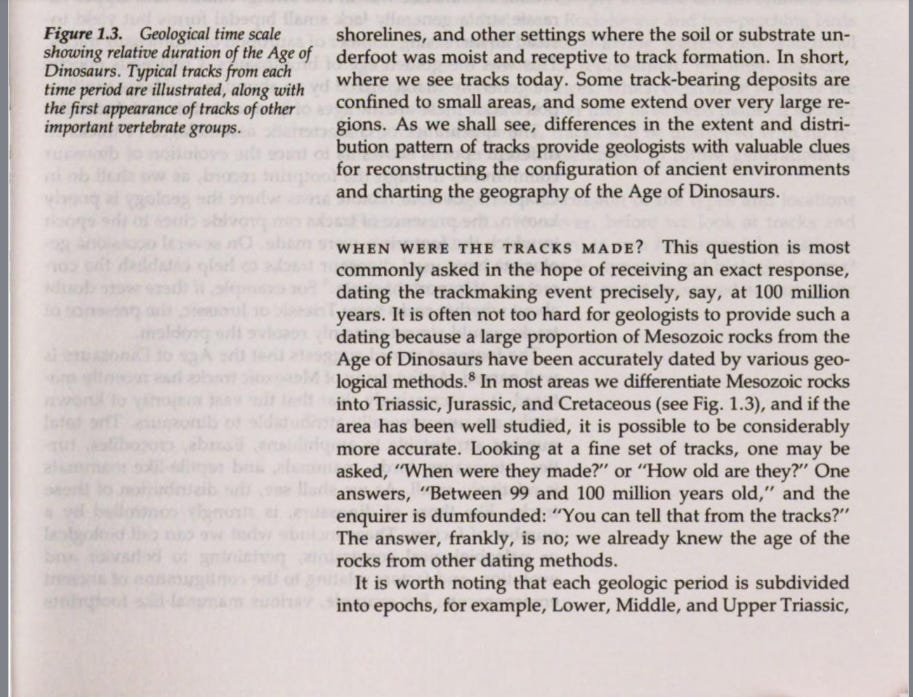
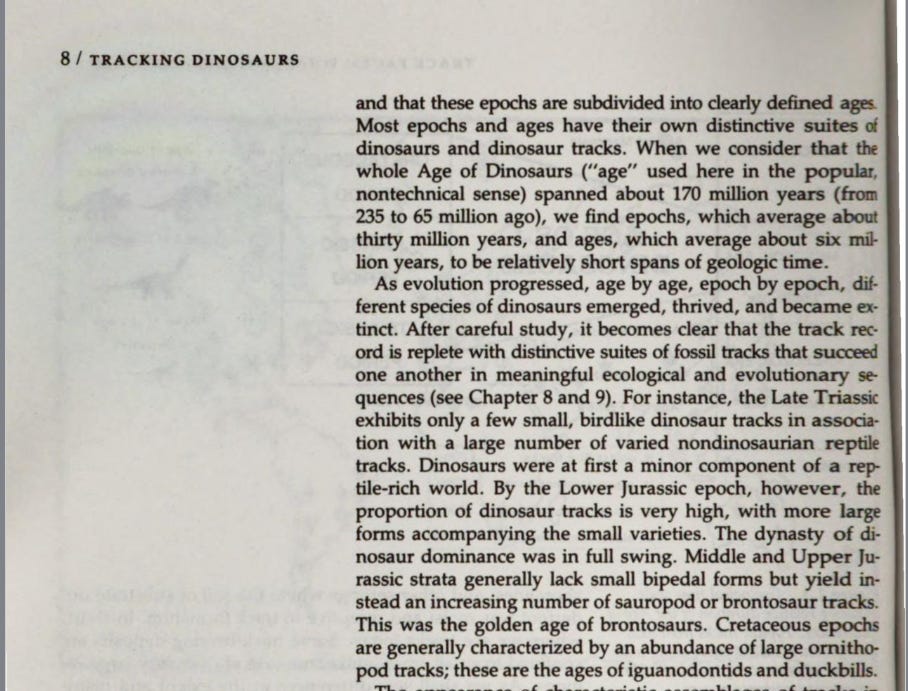
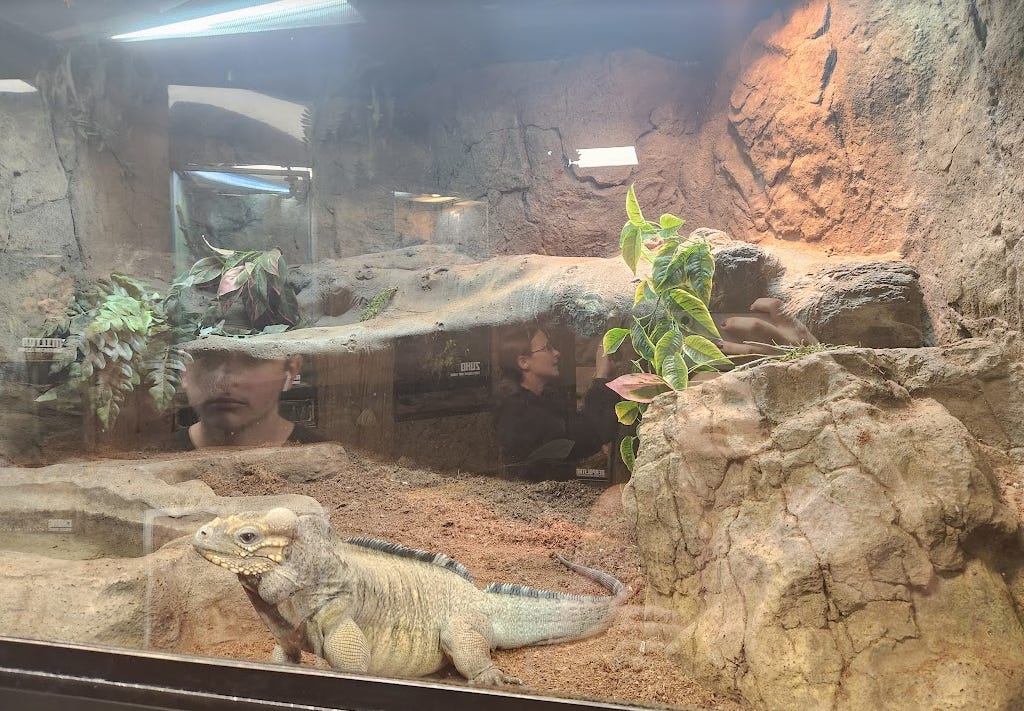
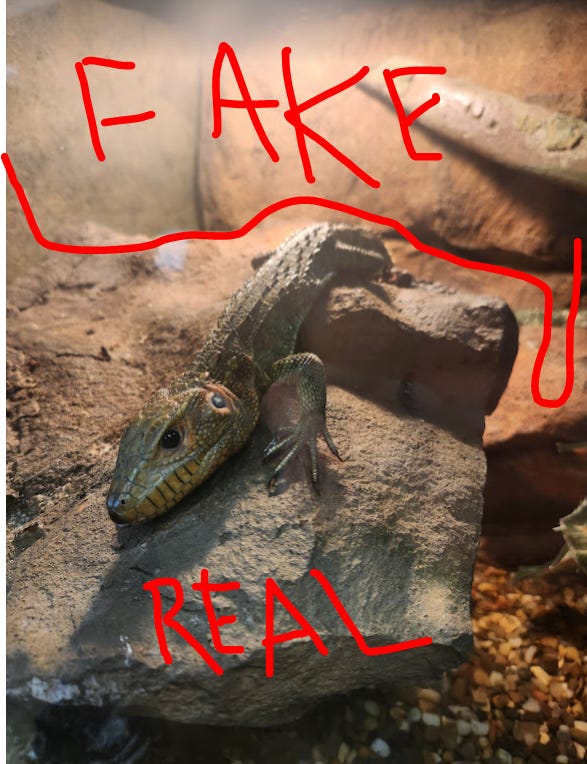
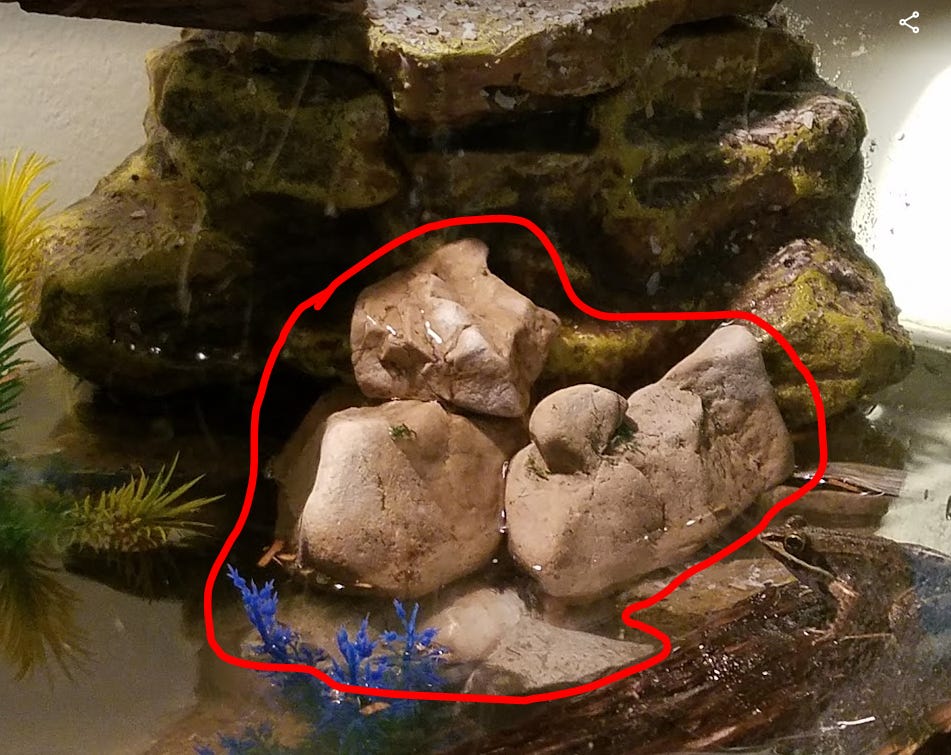
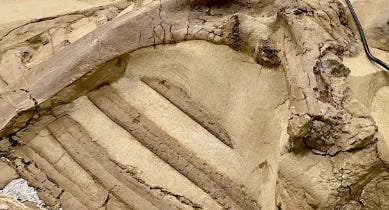

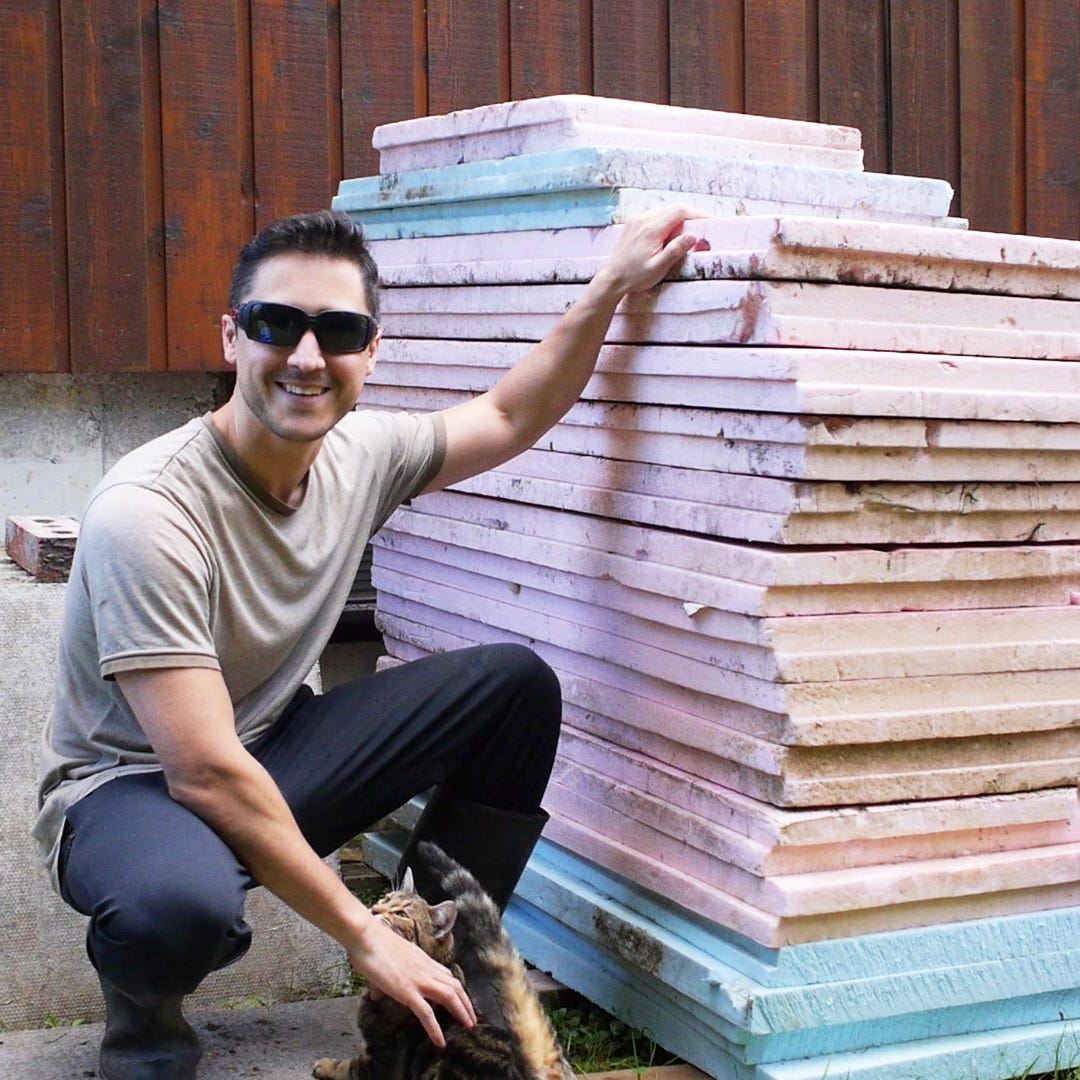
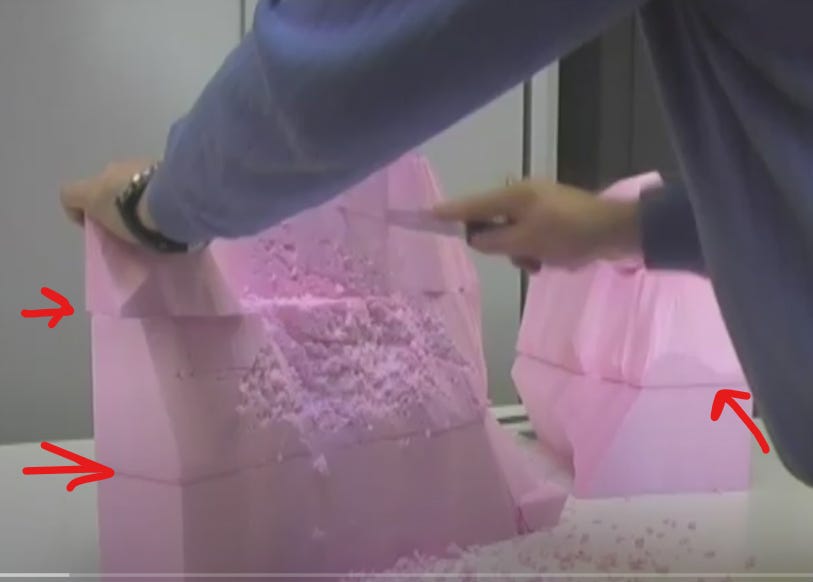
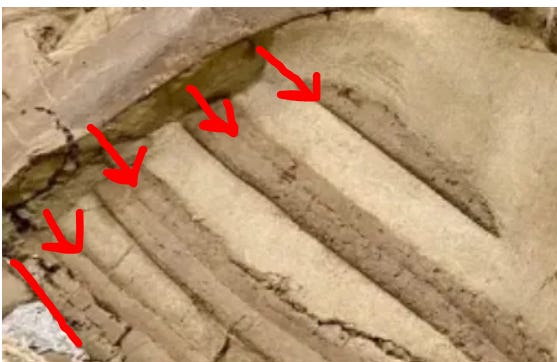
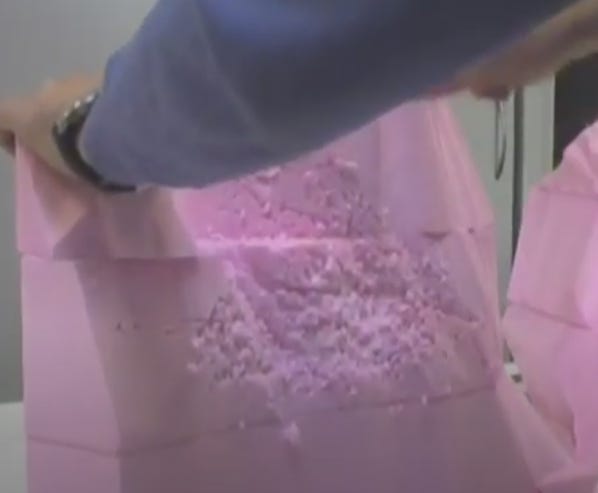
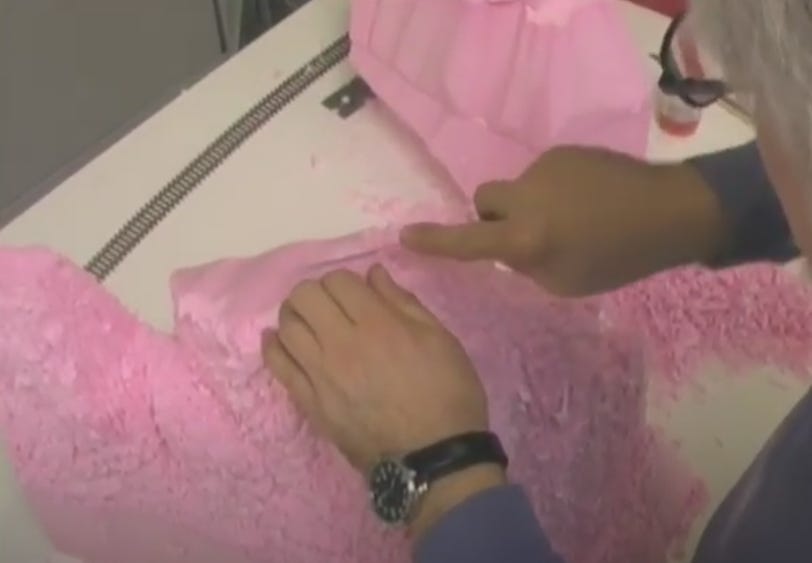
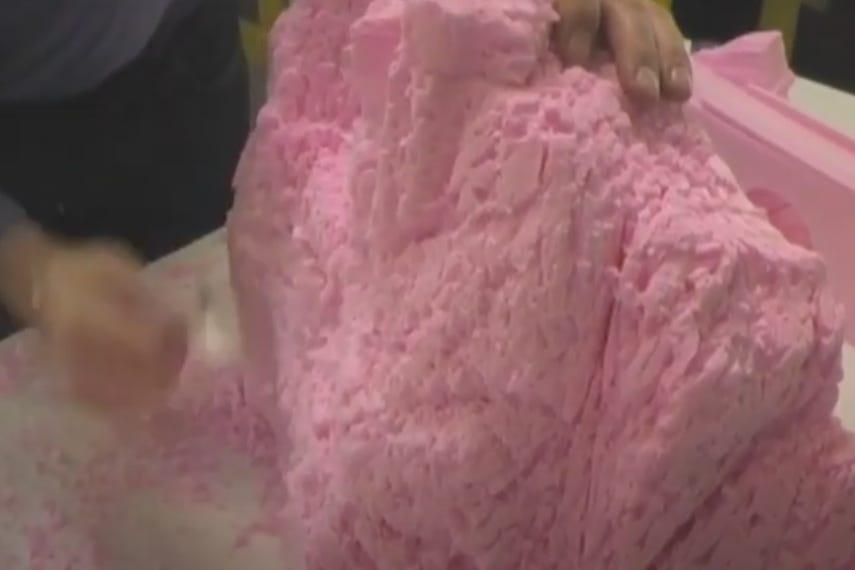
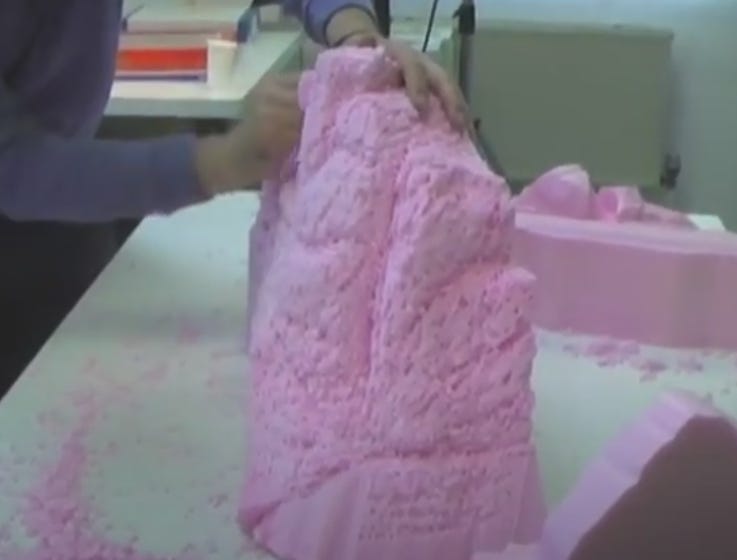
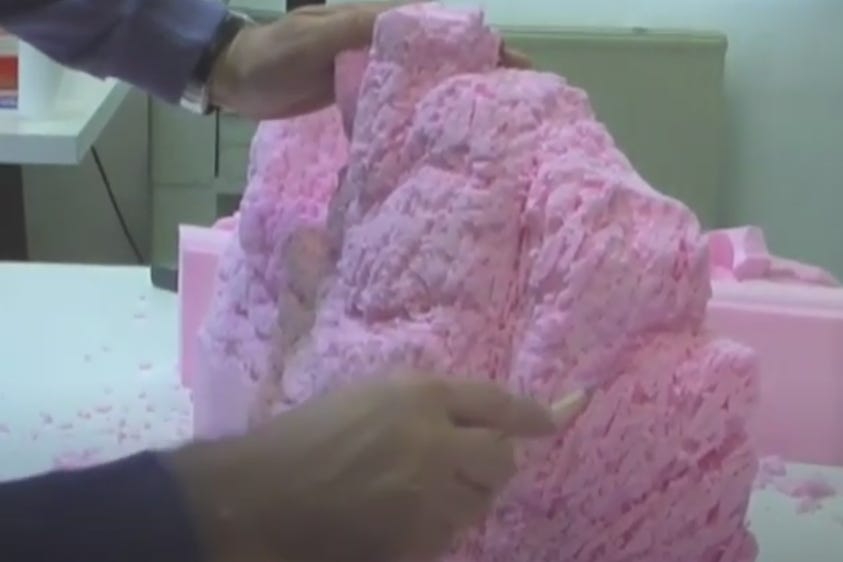
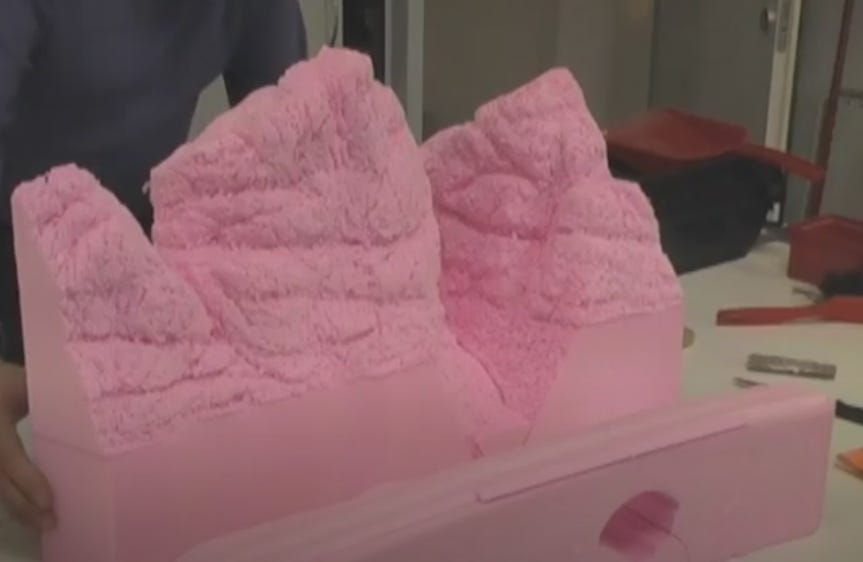
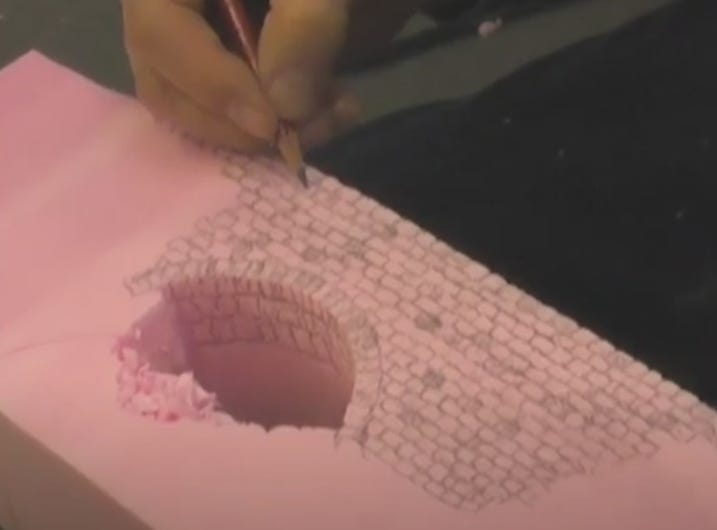
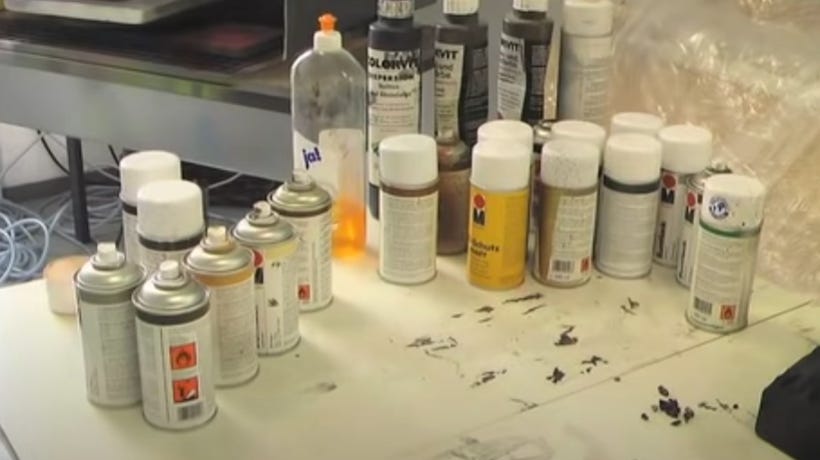
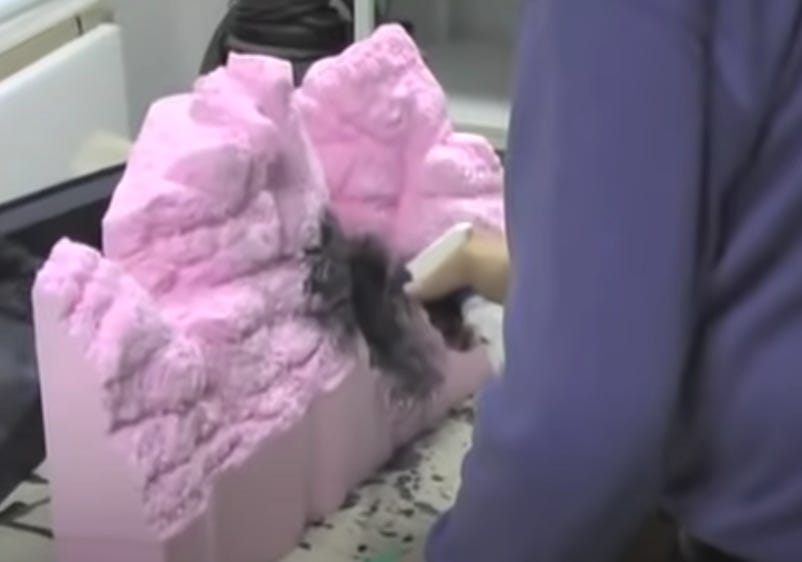
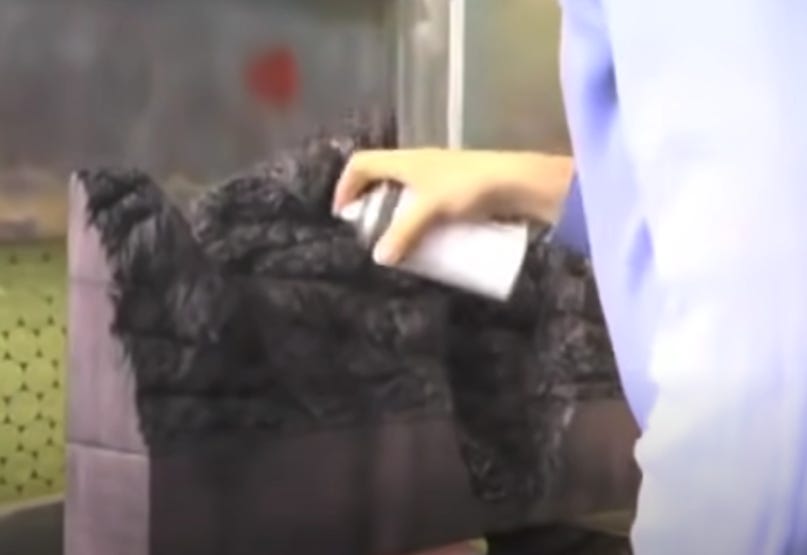
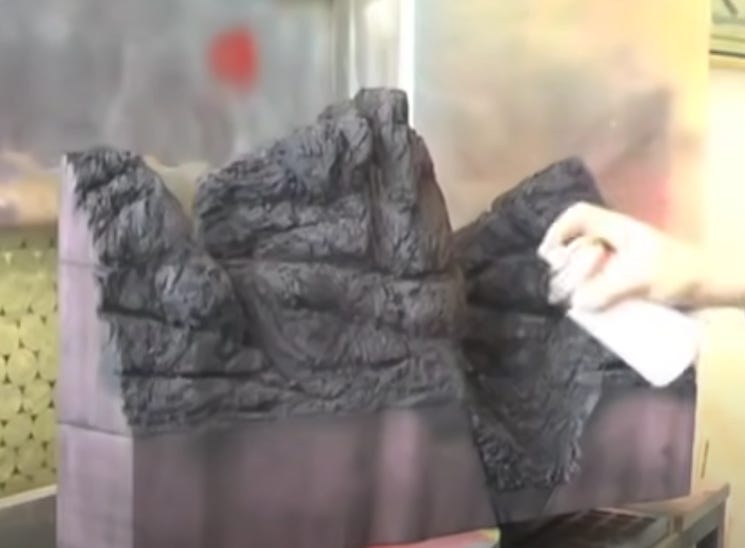
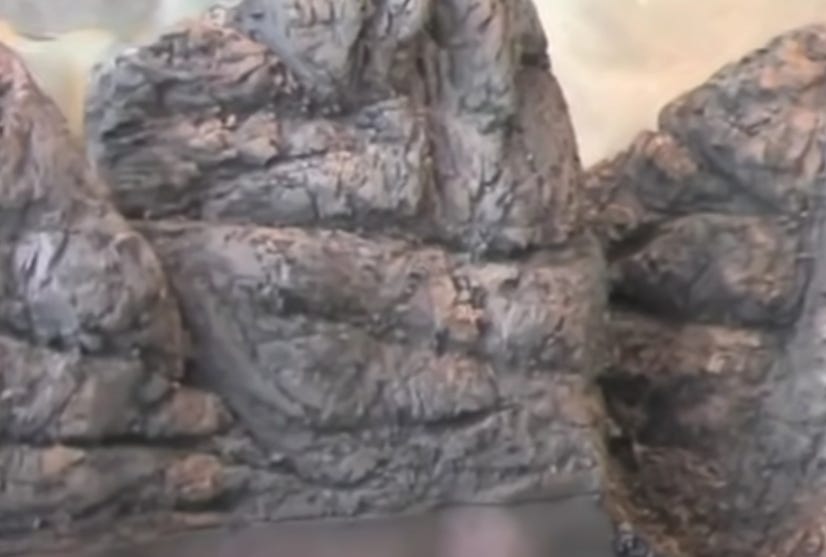
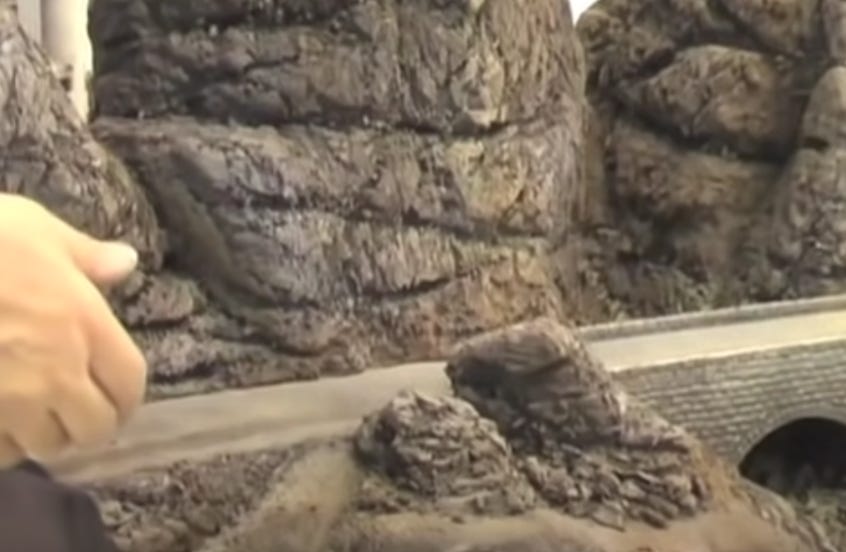
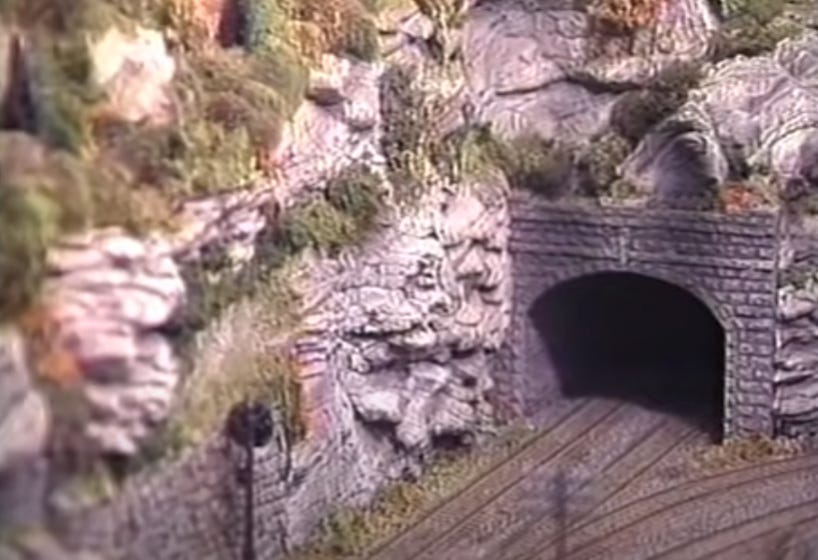
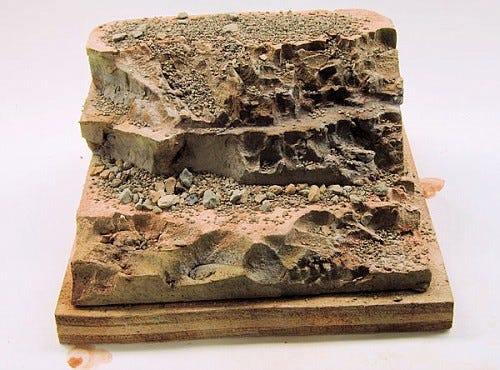
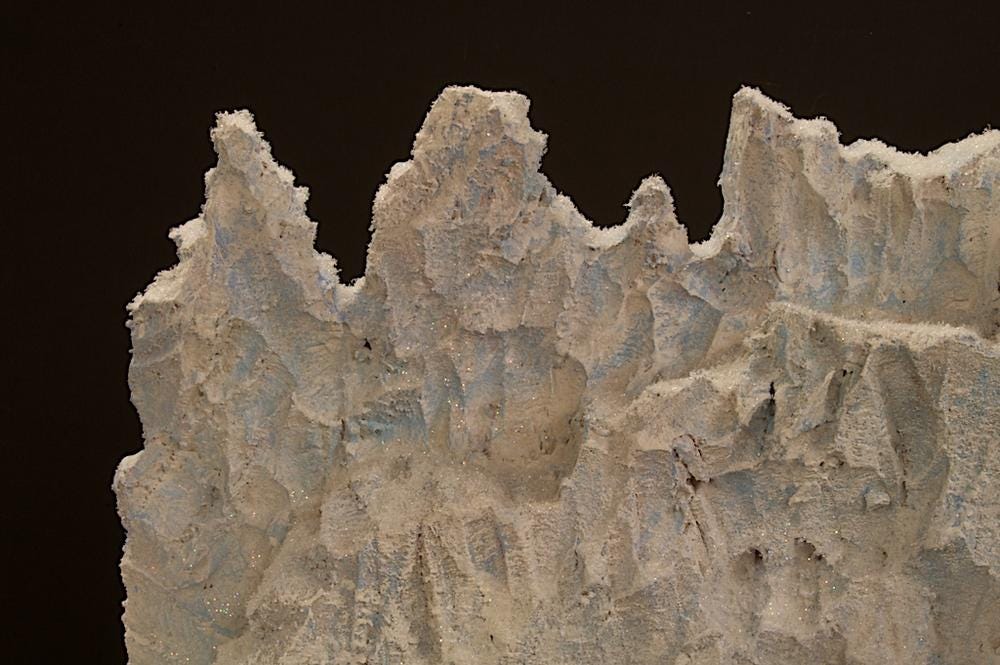
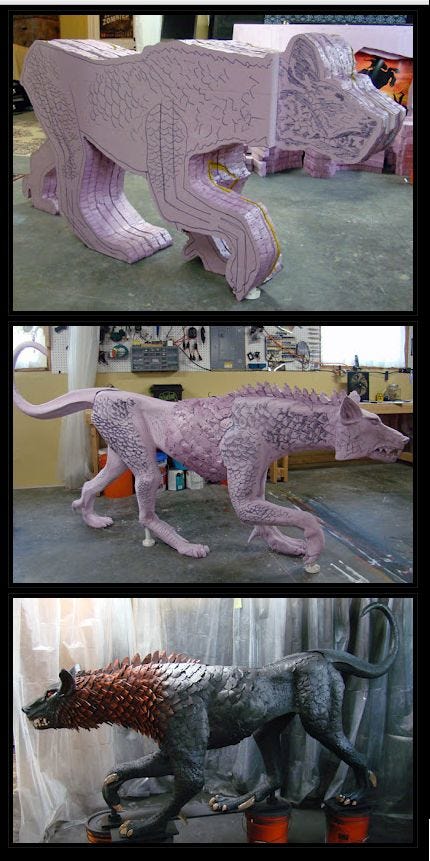
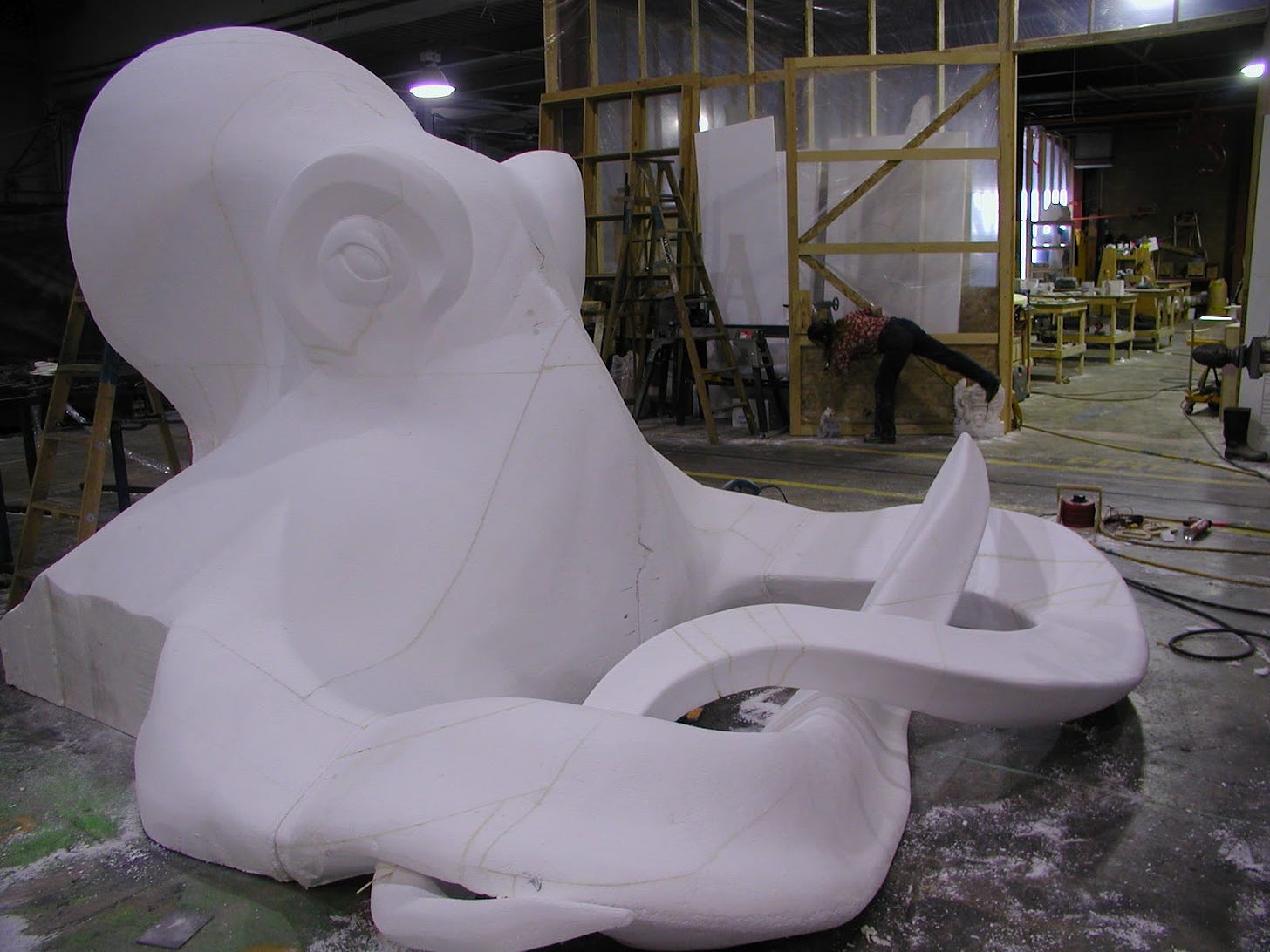
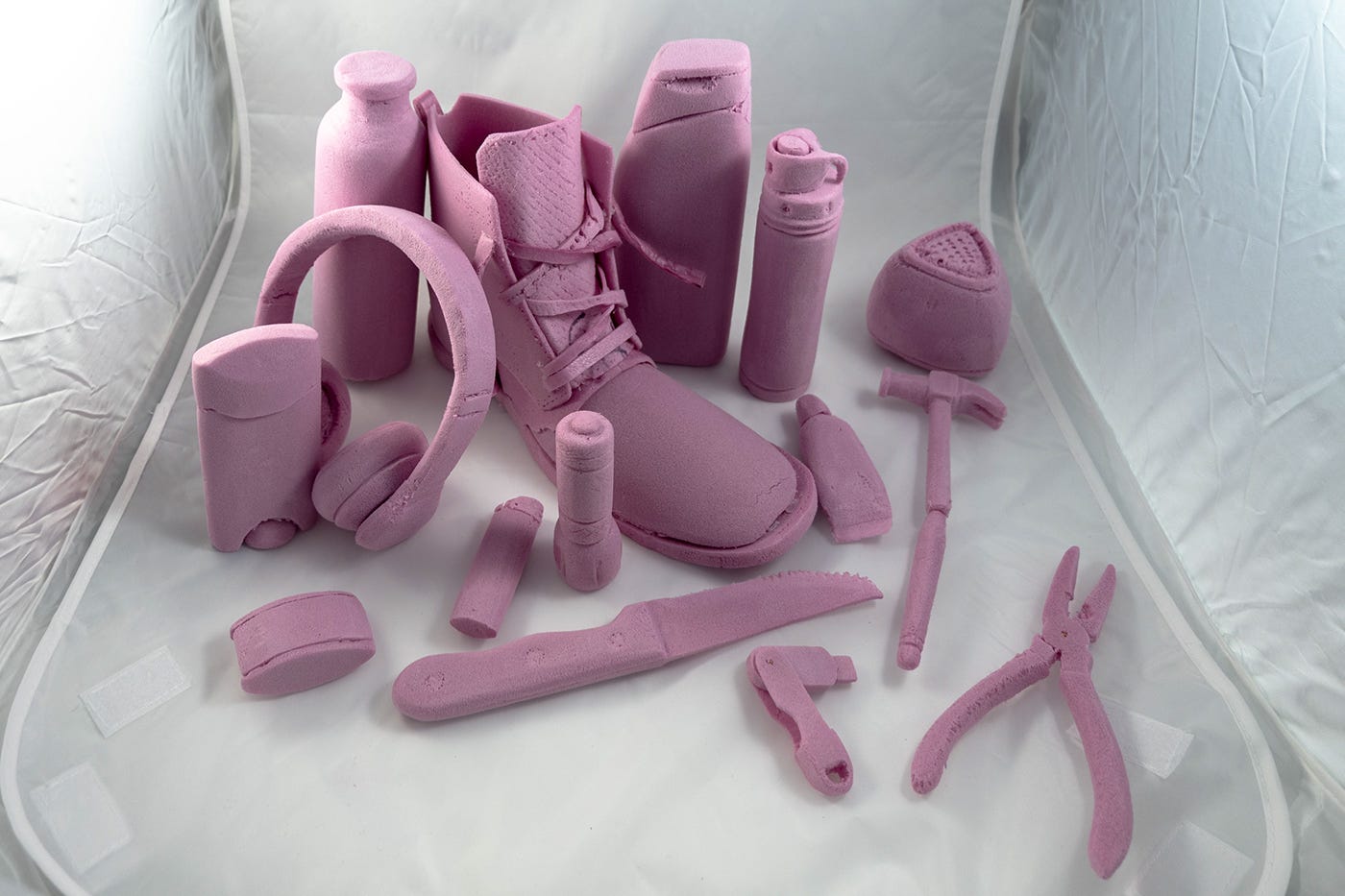
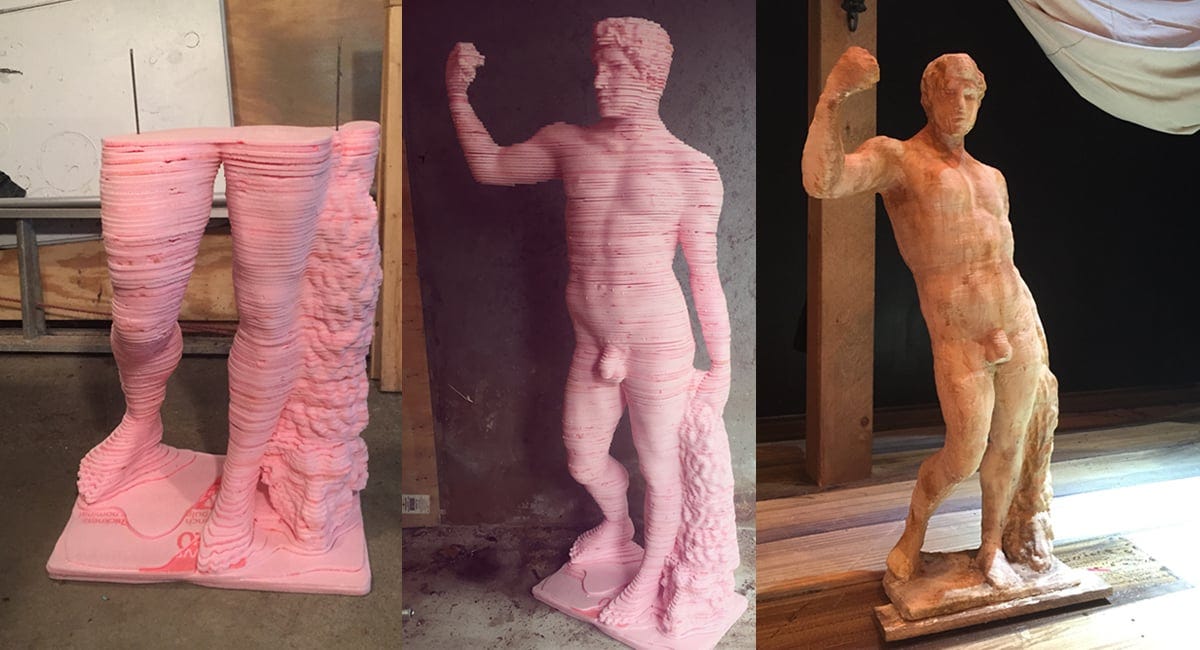
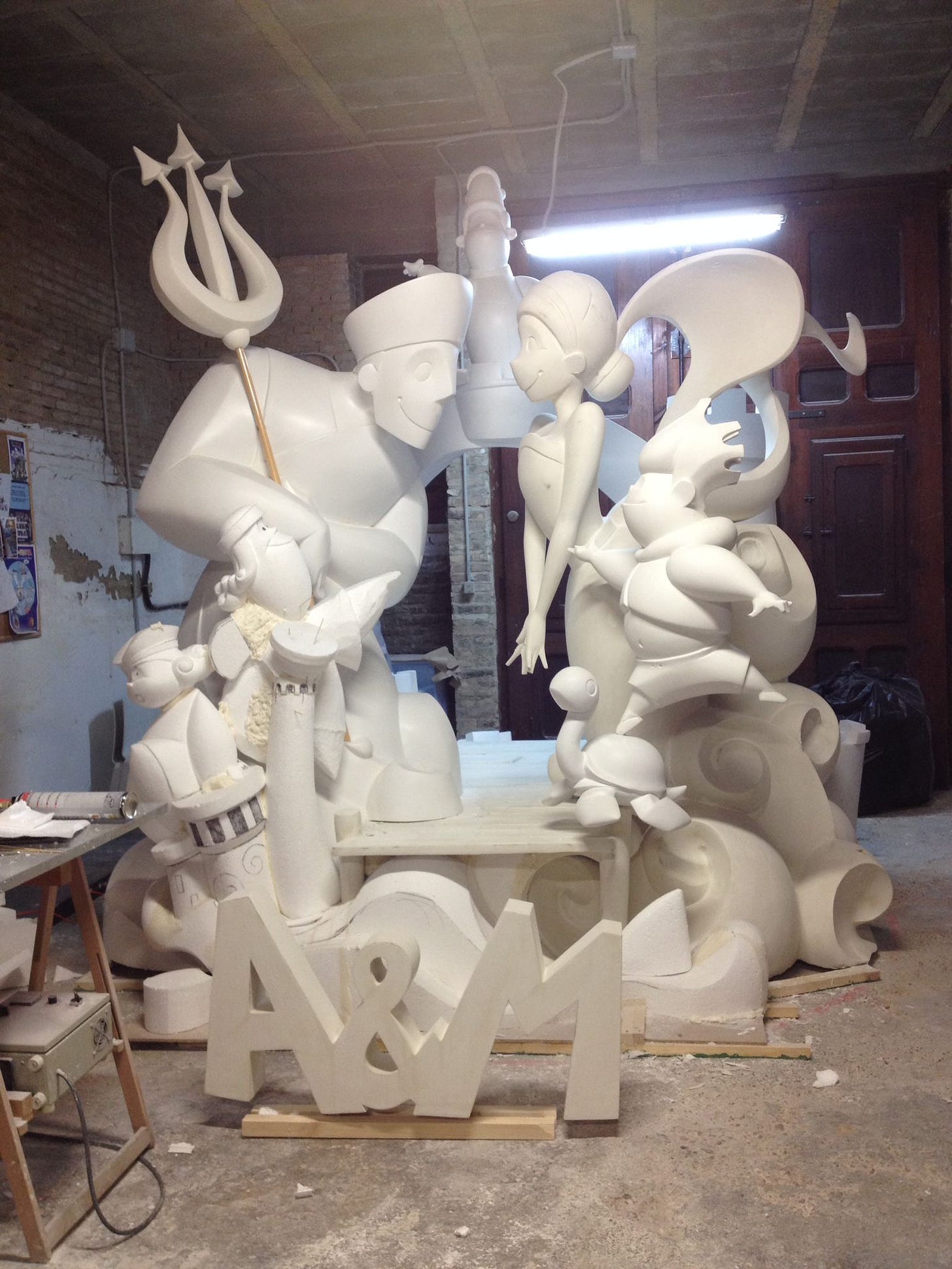
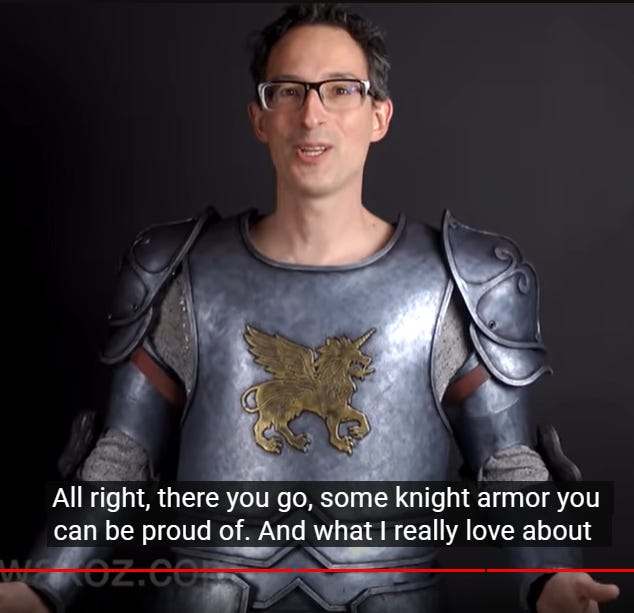
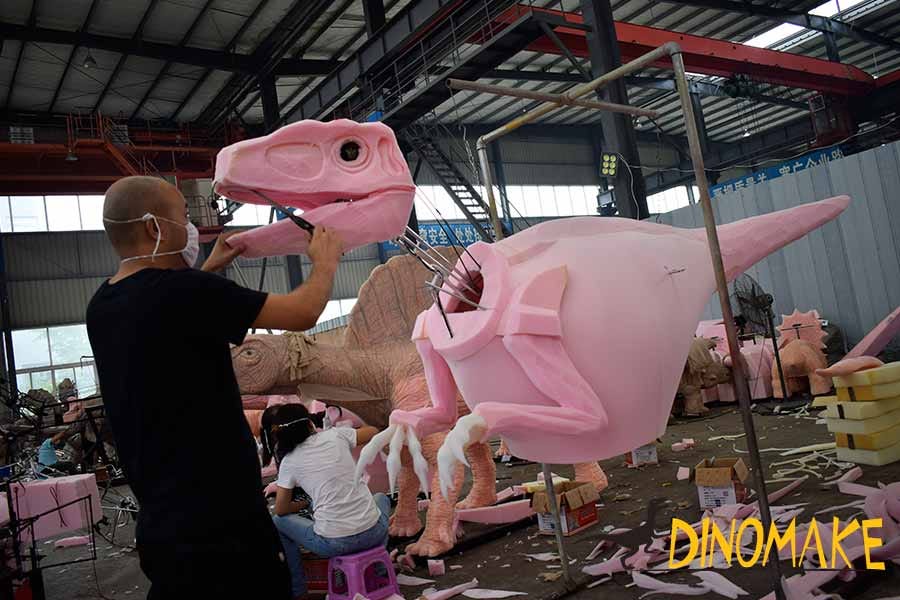
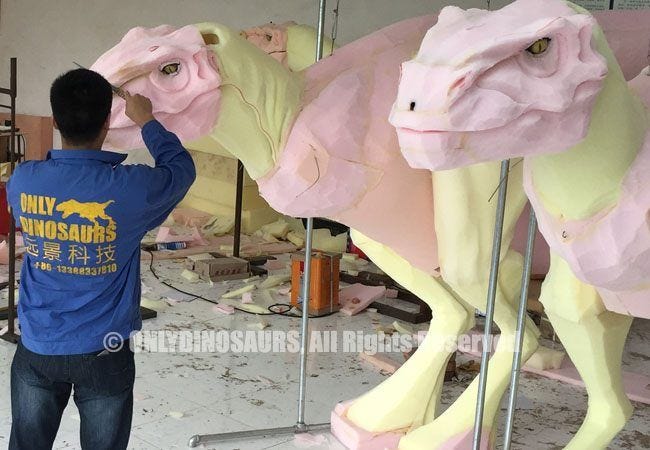
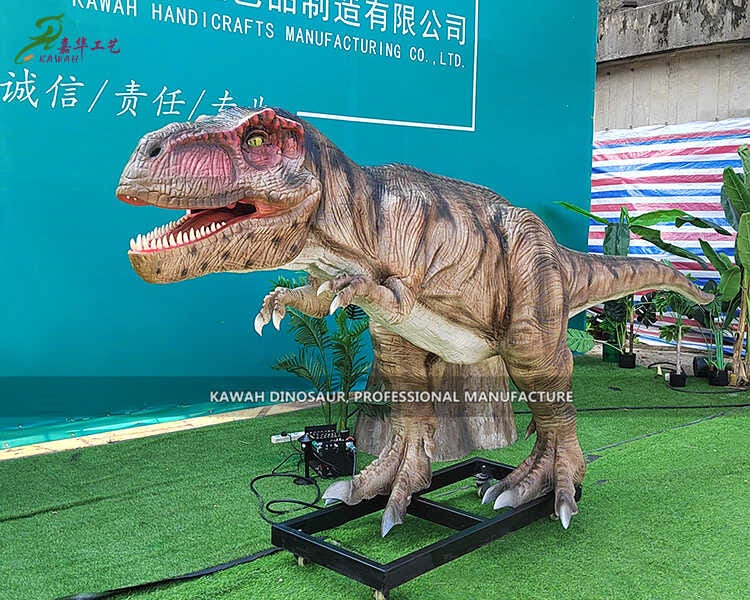
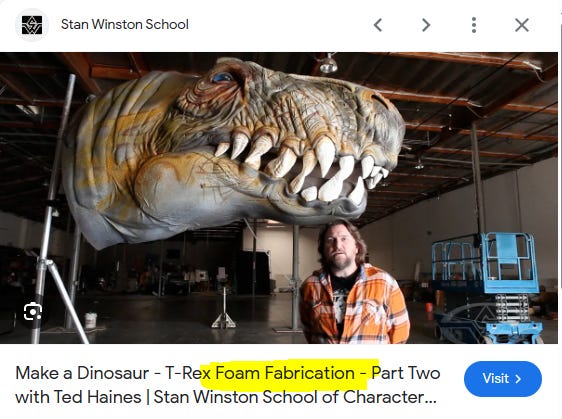

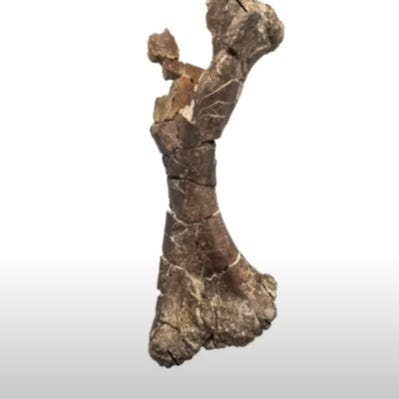
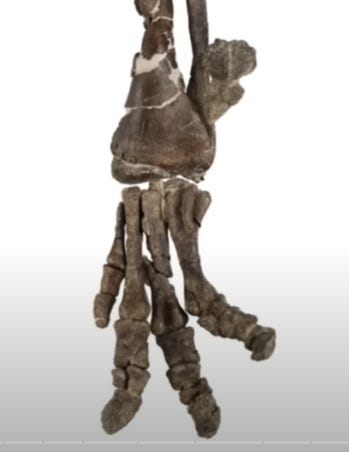
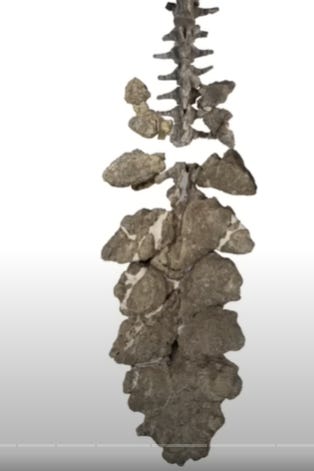
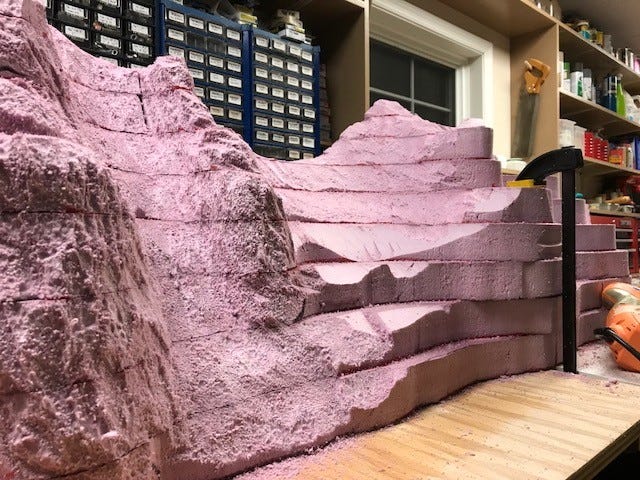
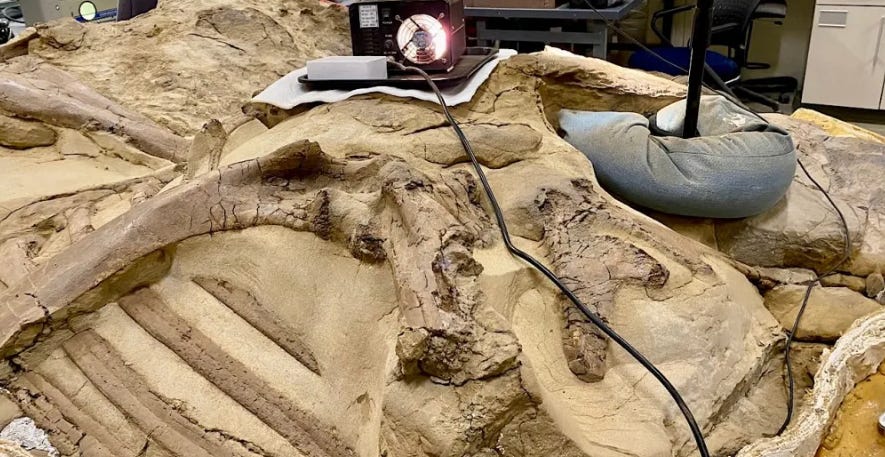
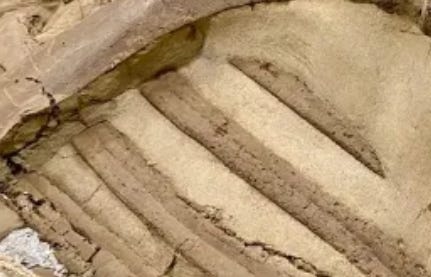
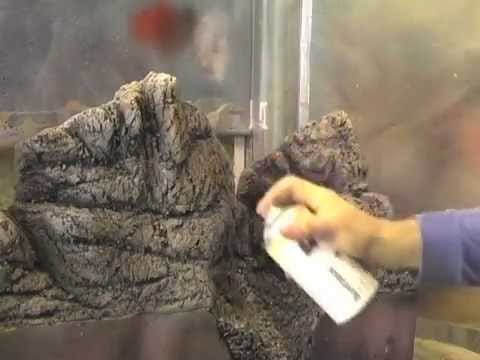
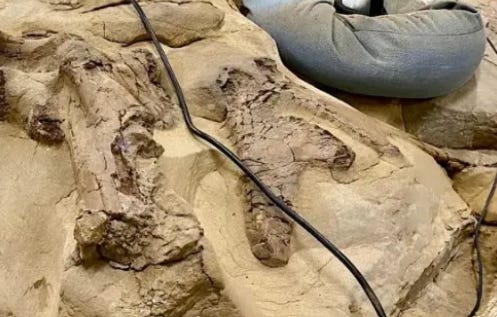
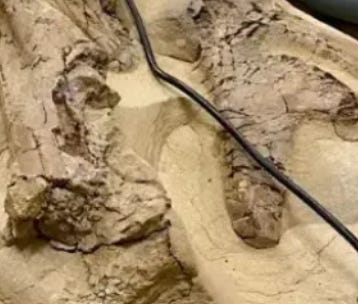
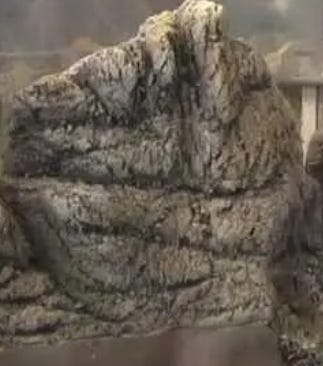
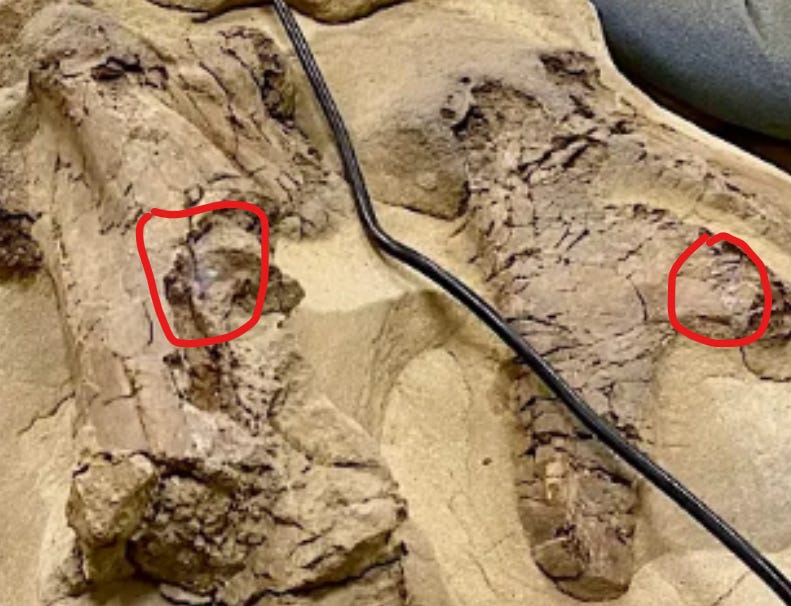


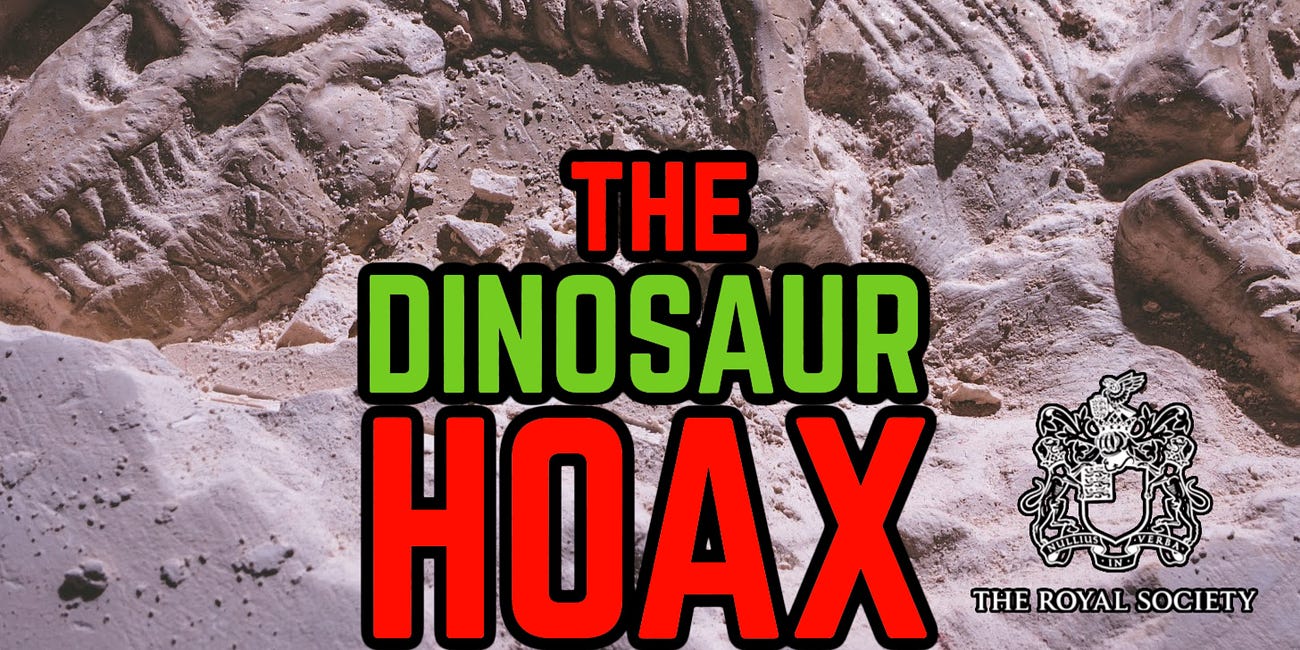

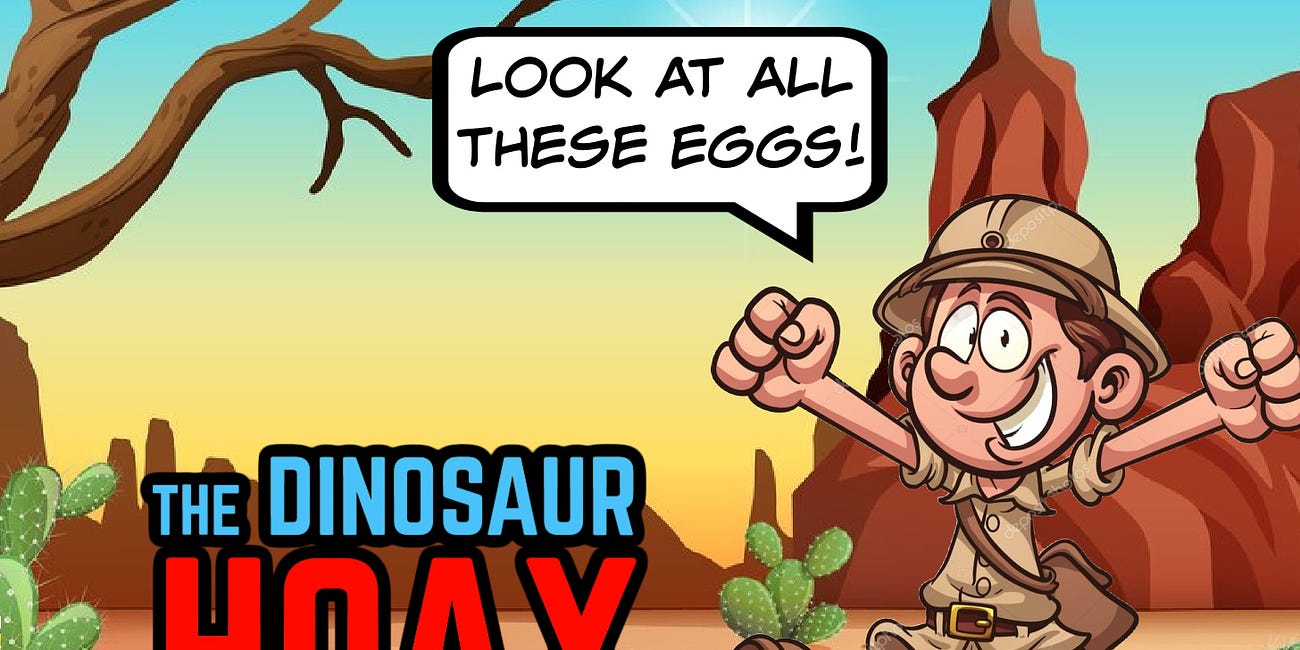
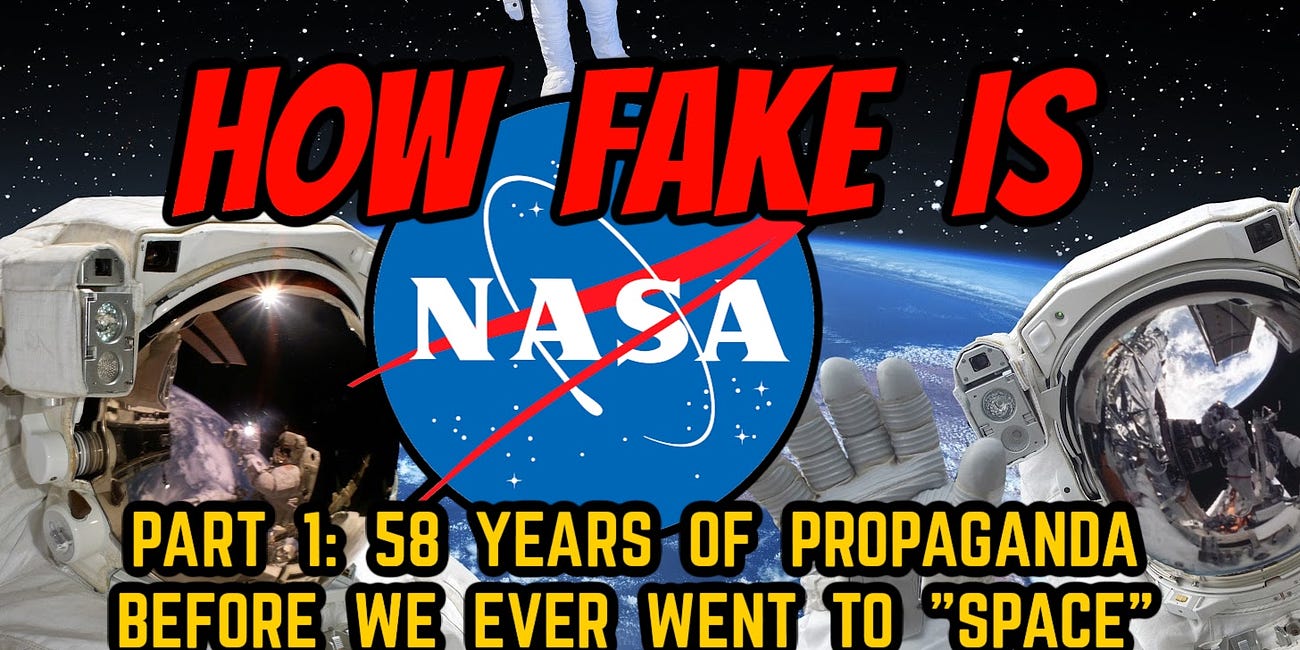

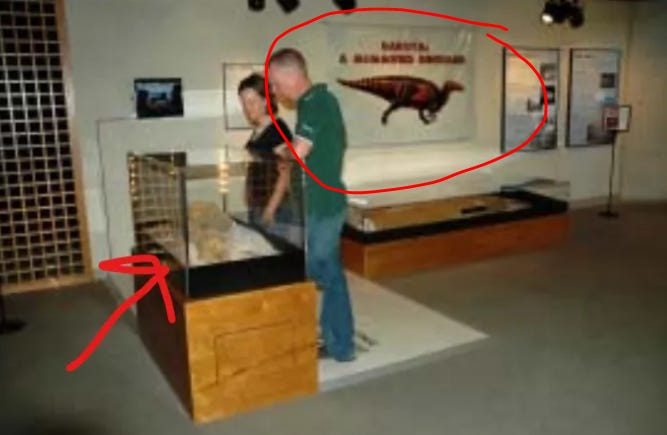
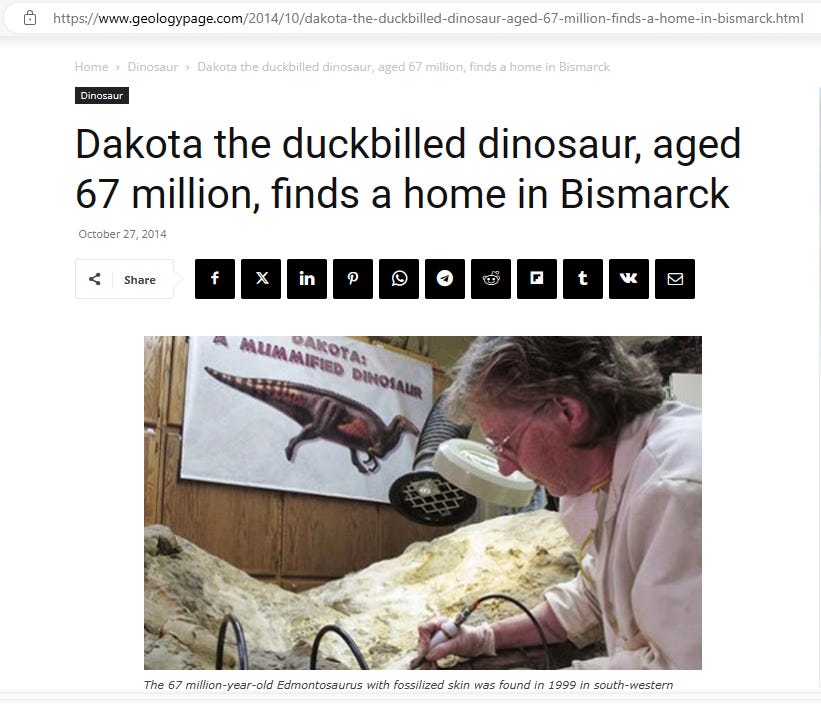
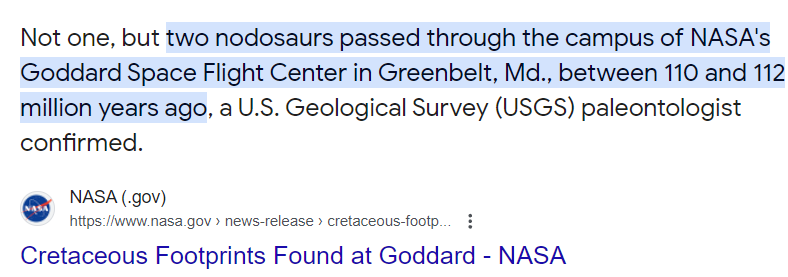

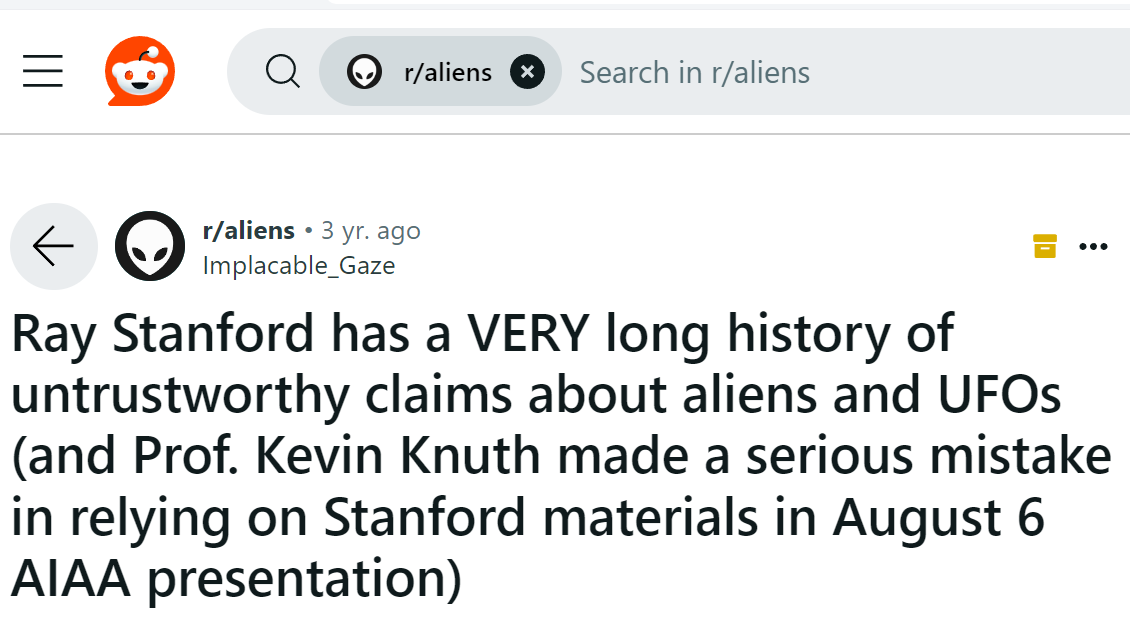
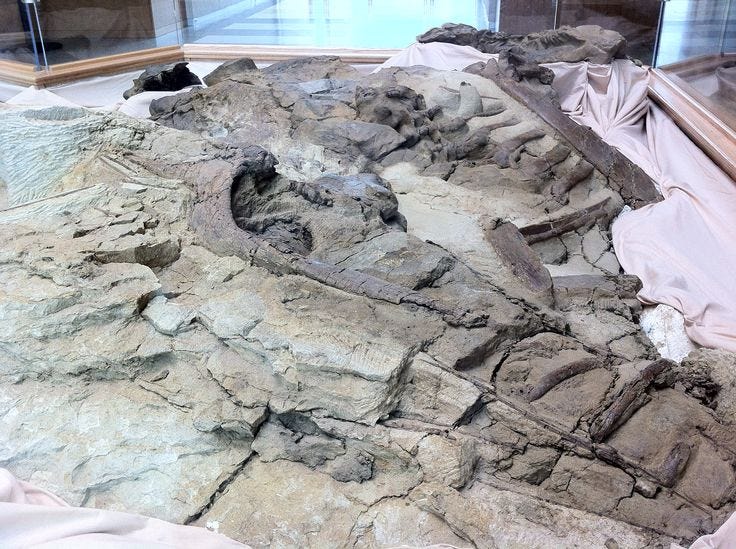
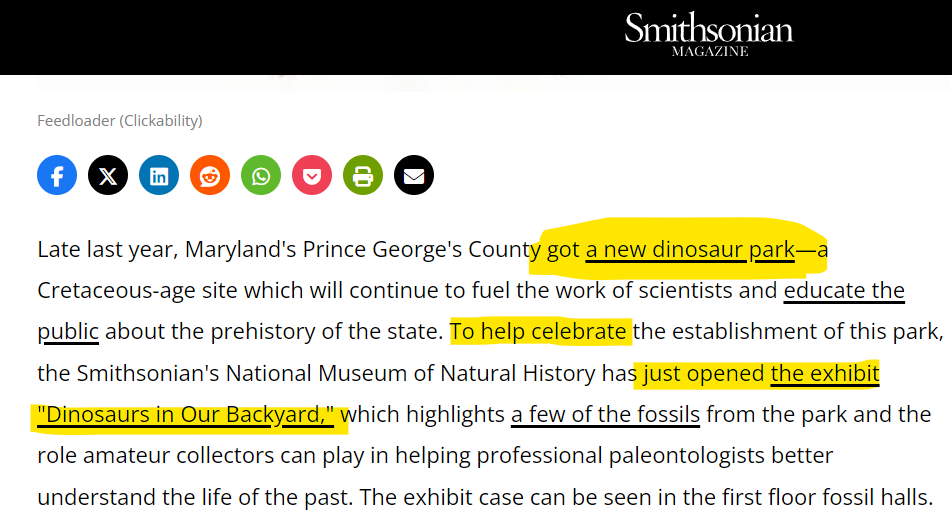









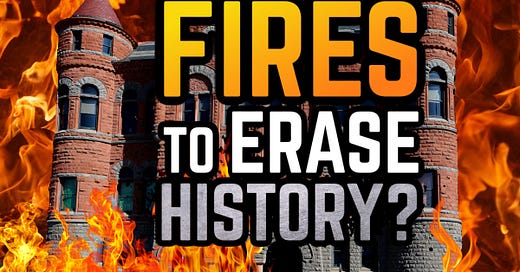

That guy Ray Stanford is exactly the type of person whom I would expect to be manufacturing Dinosaur tracks in his living room. That's the reason his home is packed to the rafters with an unbelievable quantity of "one of a kind" tracks that "rewrite the books". Plus he is a genuine psychic too-give me a break! First: UFO nut. Second: Psychic Third: Fearless Dinosaur hunter (stands out as a giant in the field) and lastly: He's some kind of spook aka Government agent. If I put that all together it adds up to Un-F**king believable. No way is that dude not a hoax wrapped in a government operation of some sort. Thanks-Part 4 was well worth waiting for.
My man! In my book, I start off showing how dinosaurs, evolution come about in the 1800s and the goal was to "give humanity a new perspective of reality." This is the reality that's been propagated ever since -- even though its a whole bunch of fallacies. Here's an overview of my book if you're interested: https://unorthodoxy.substack.com/p/the-history-of-you-a-book-that-connects